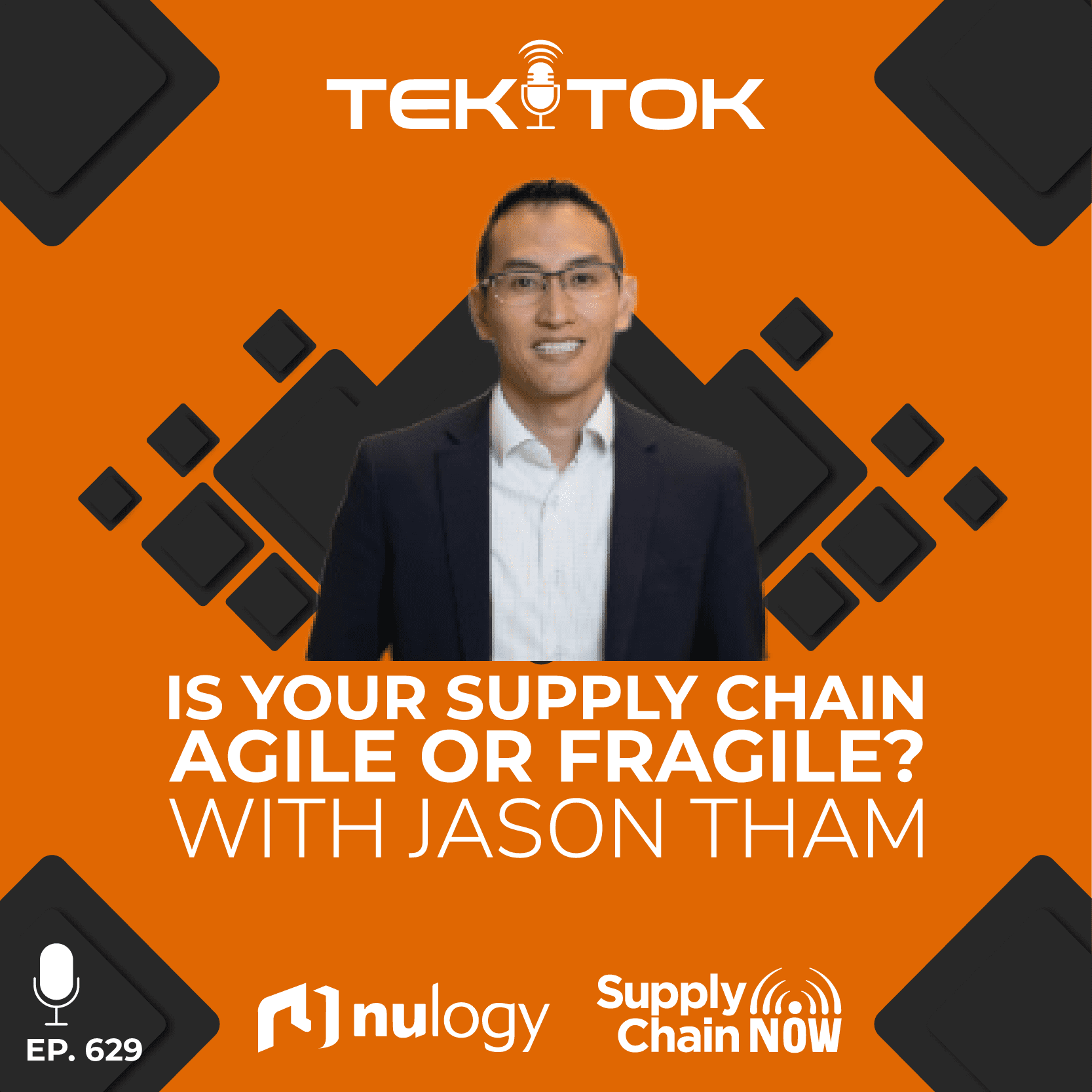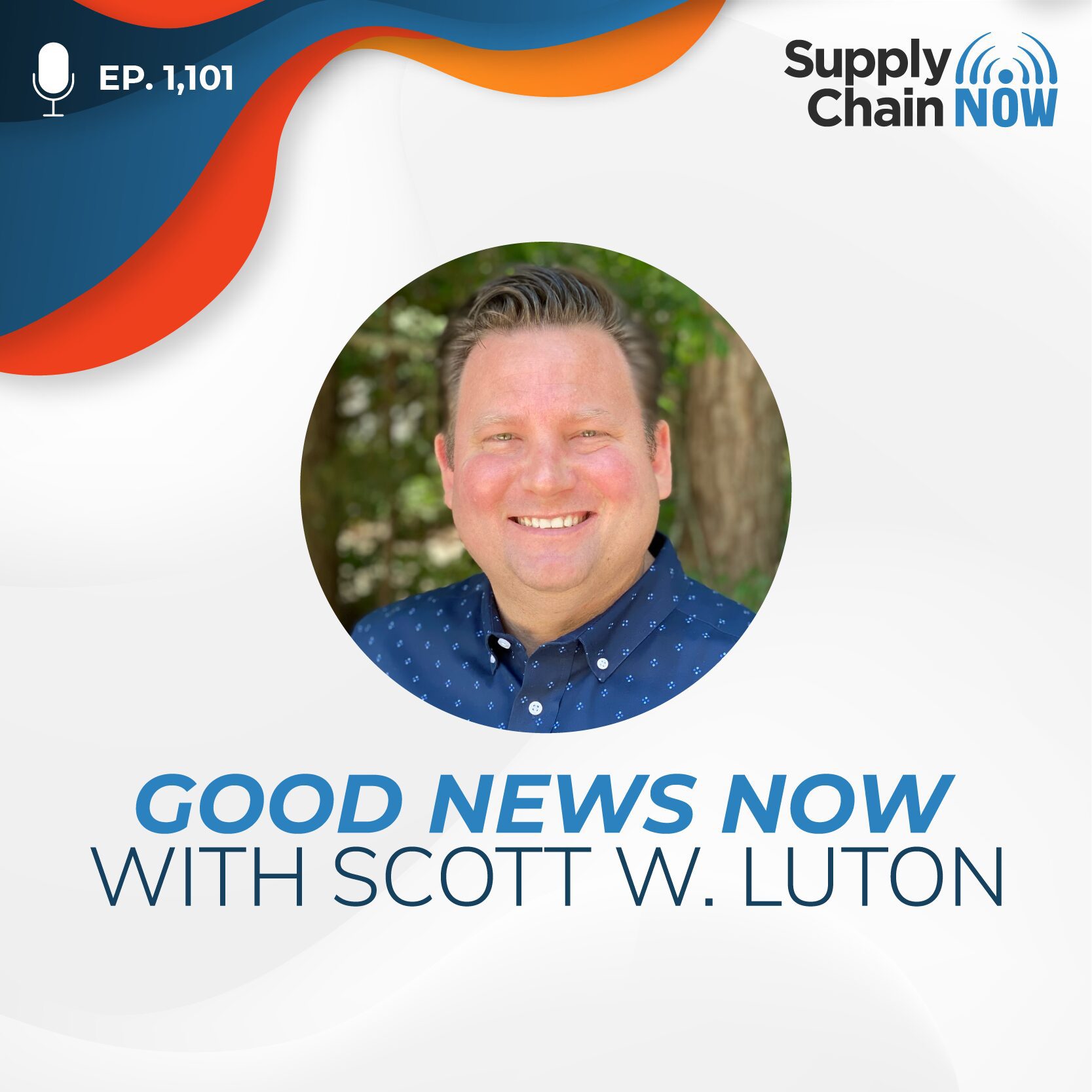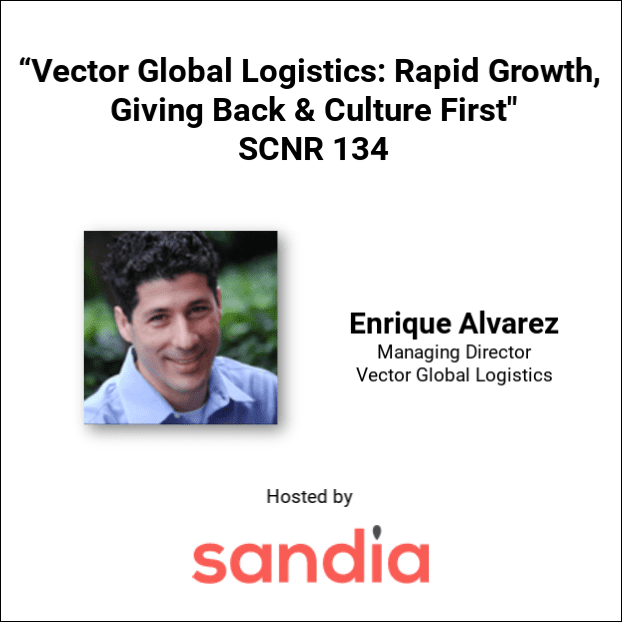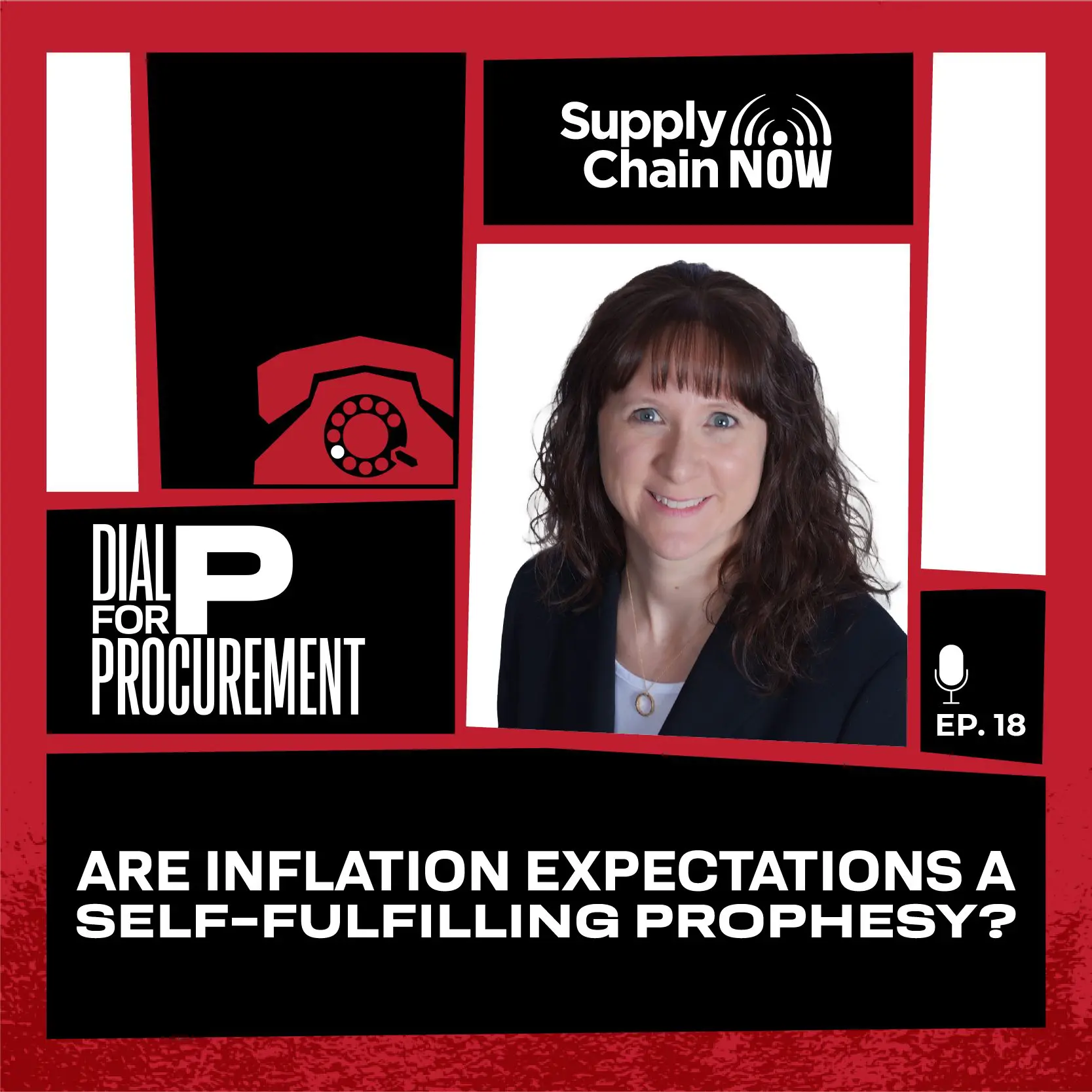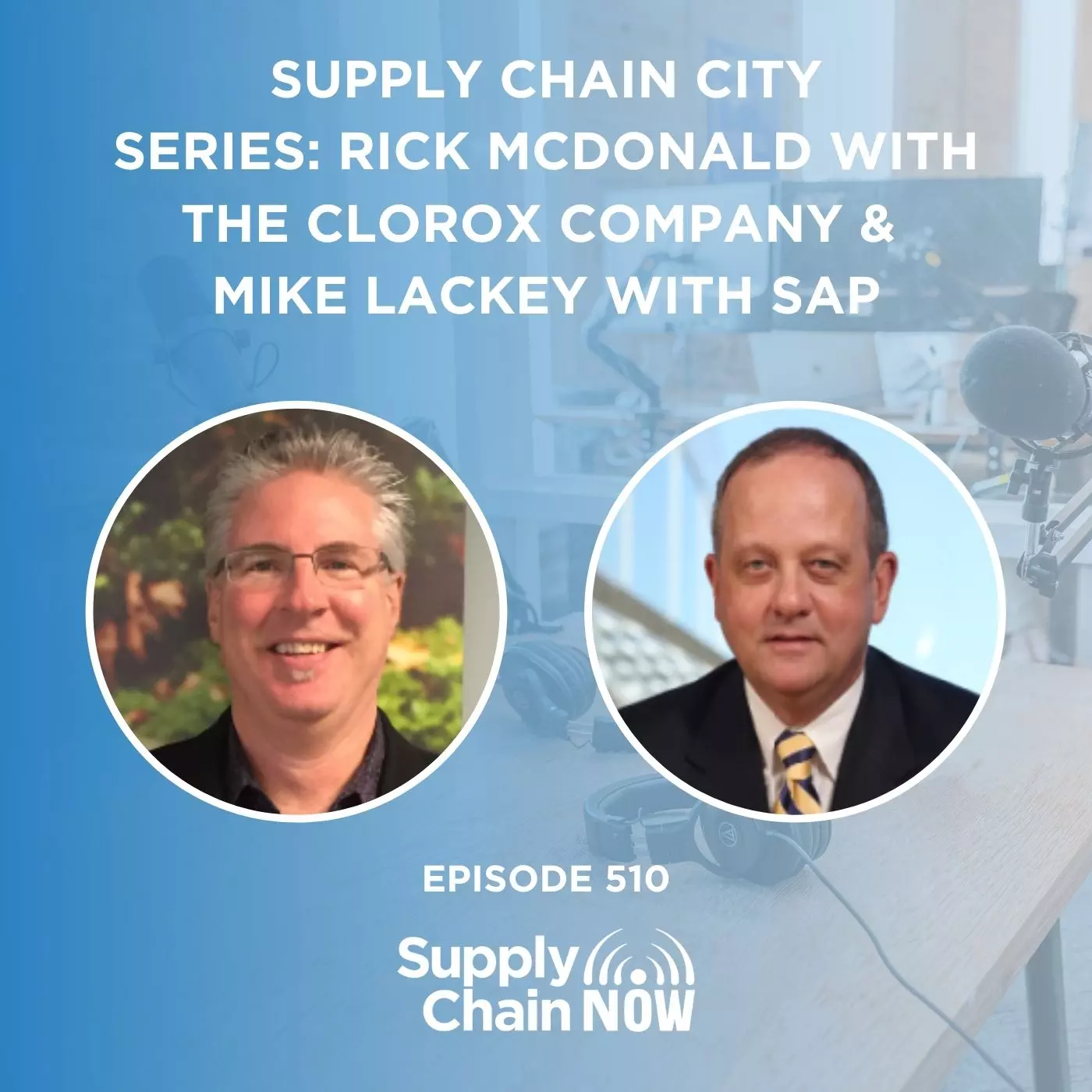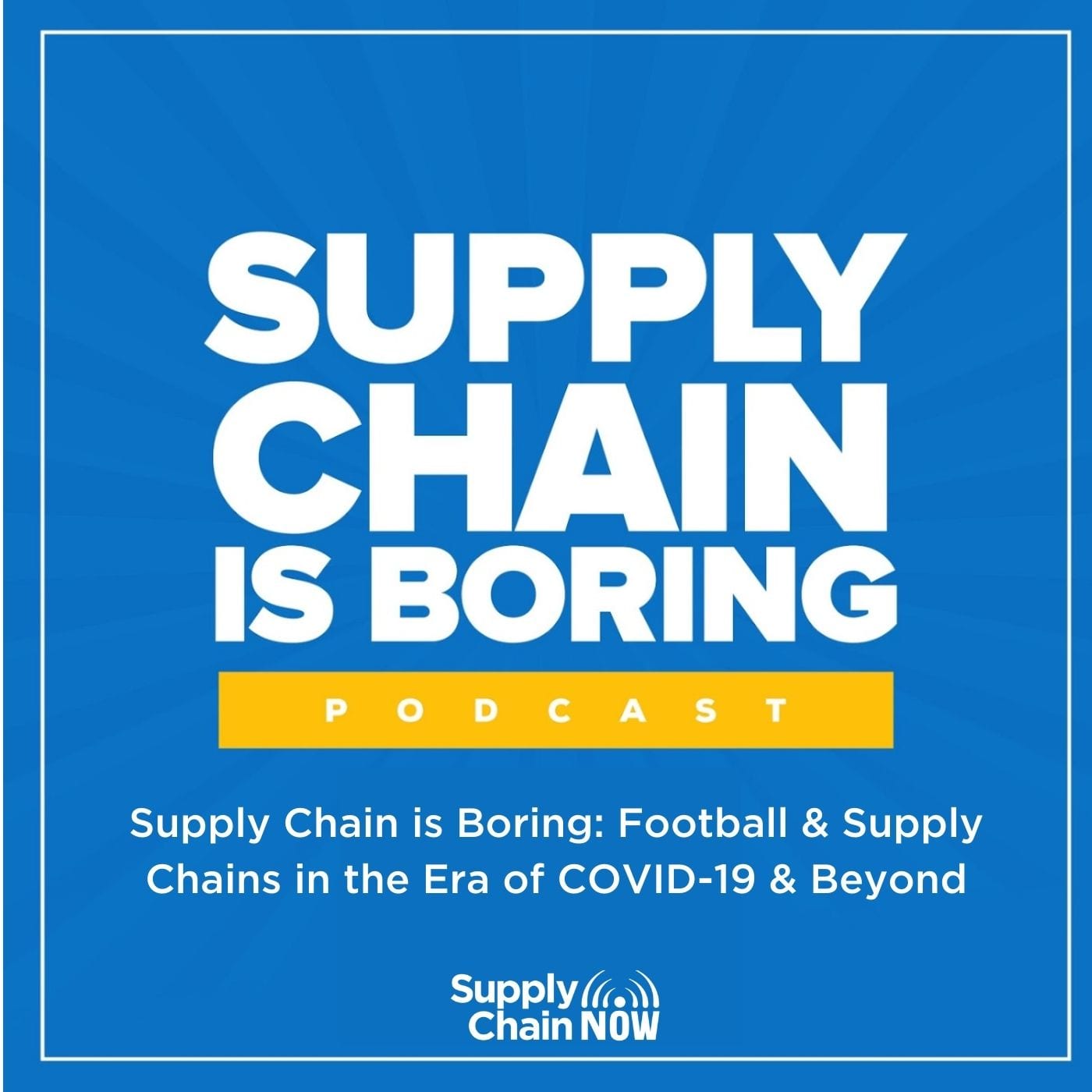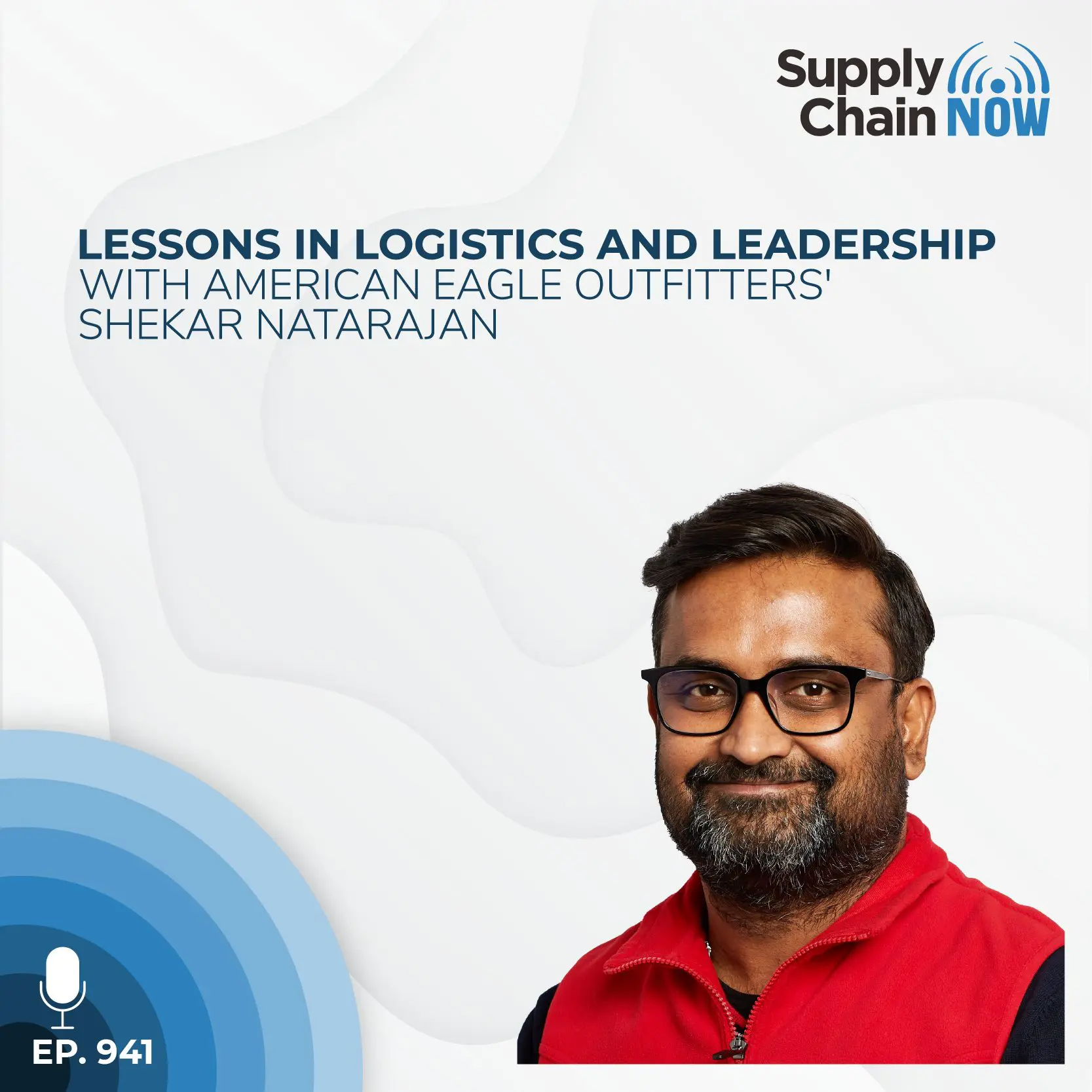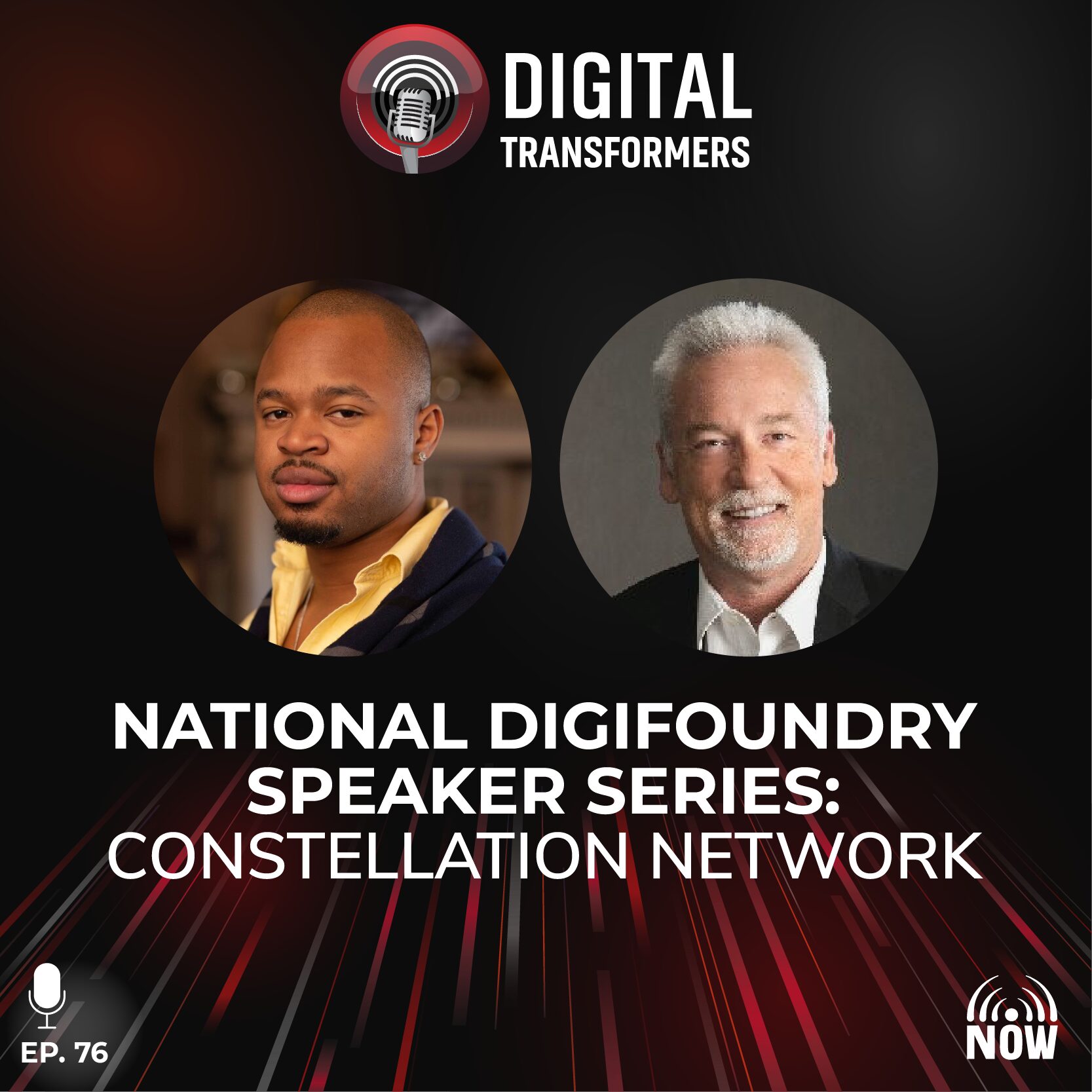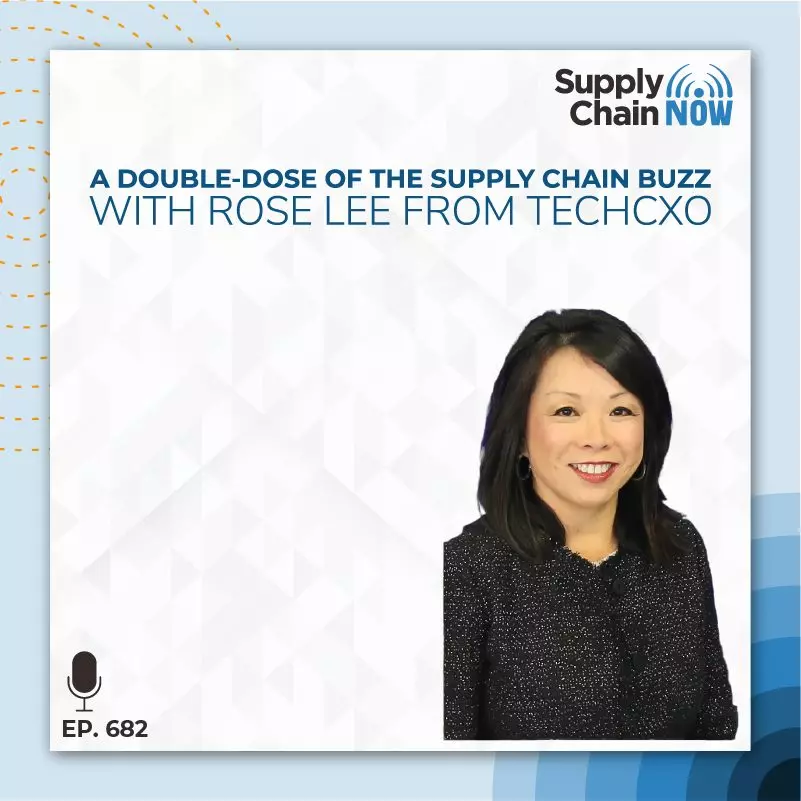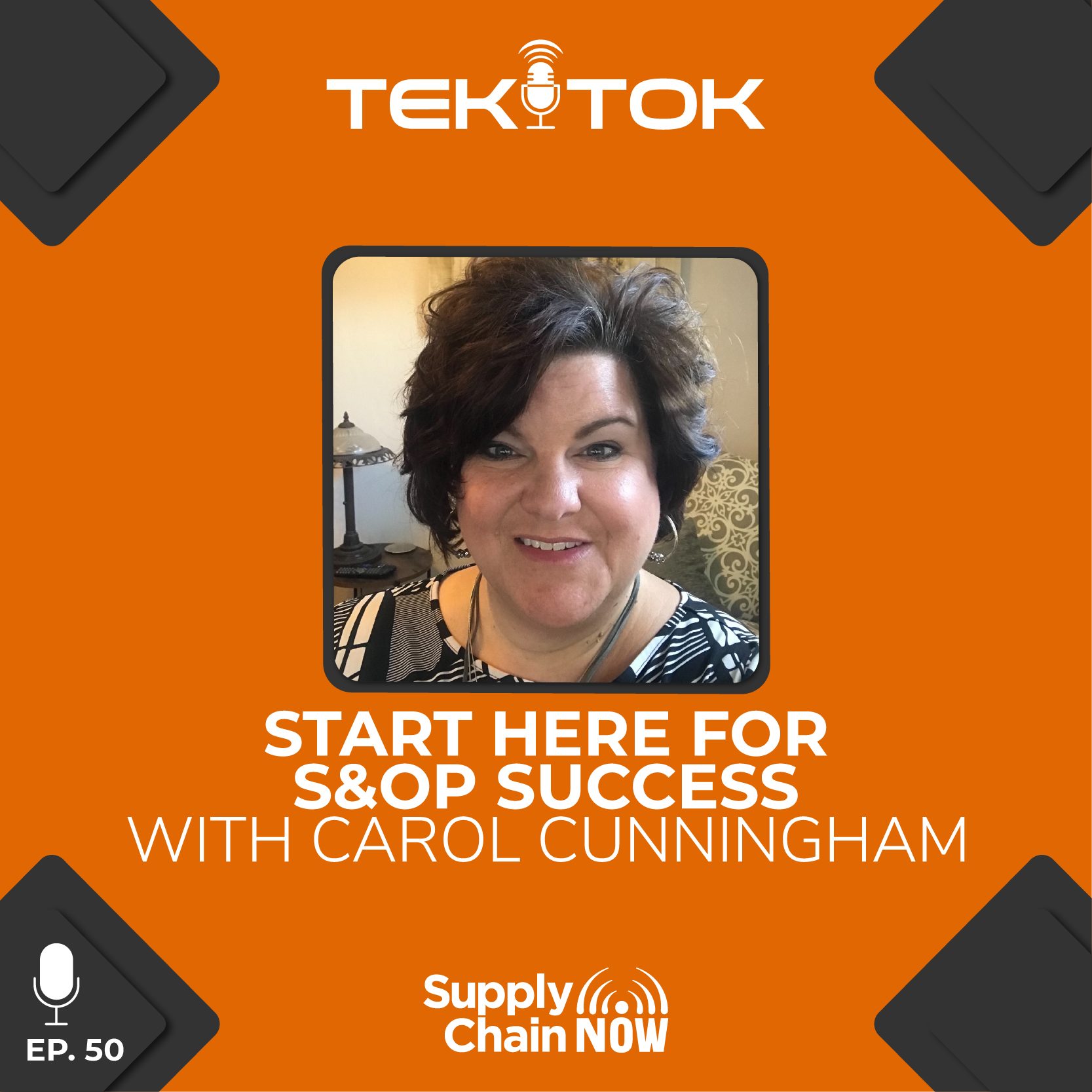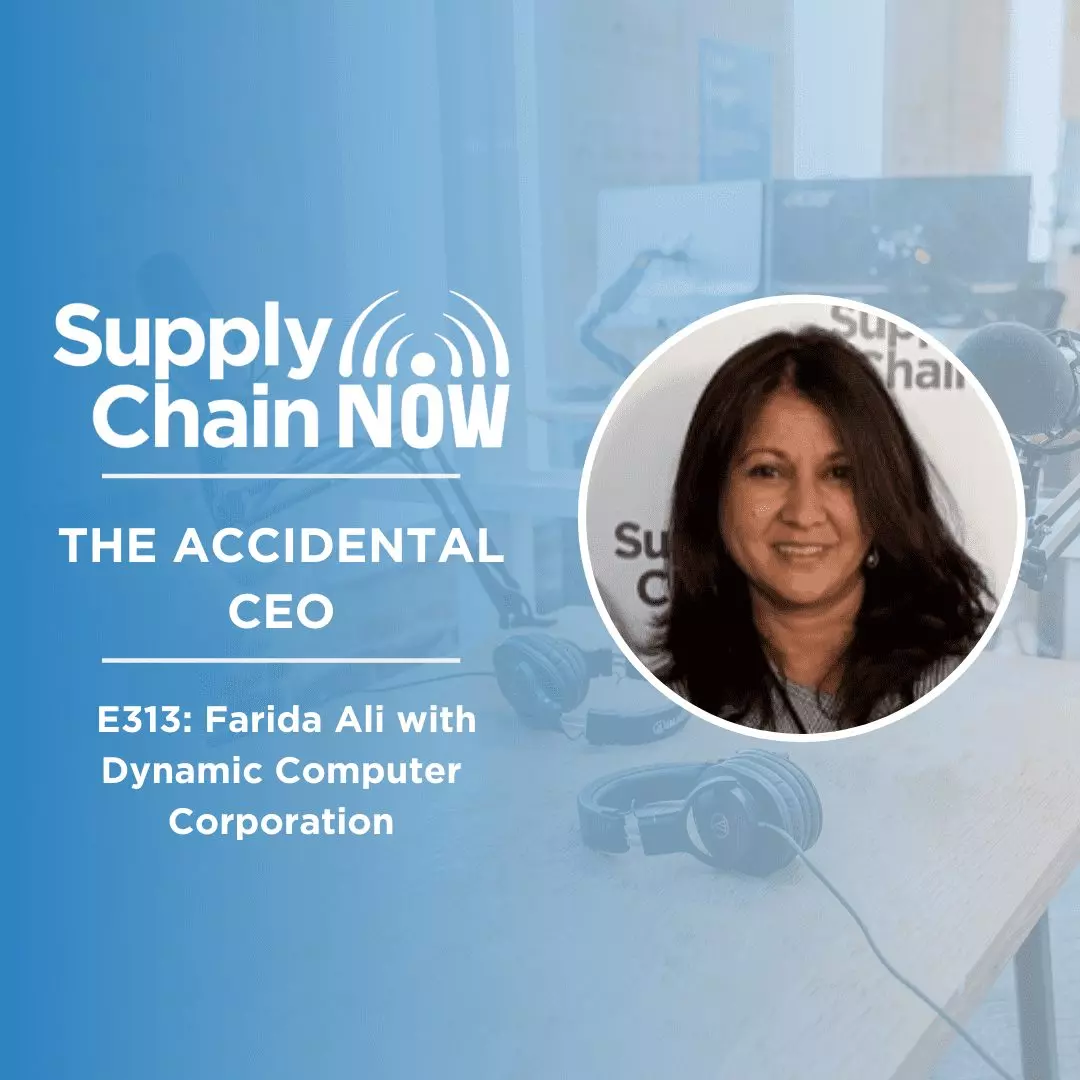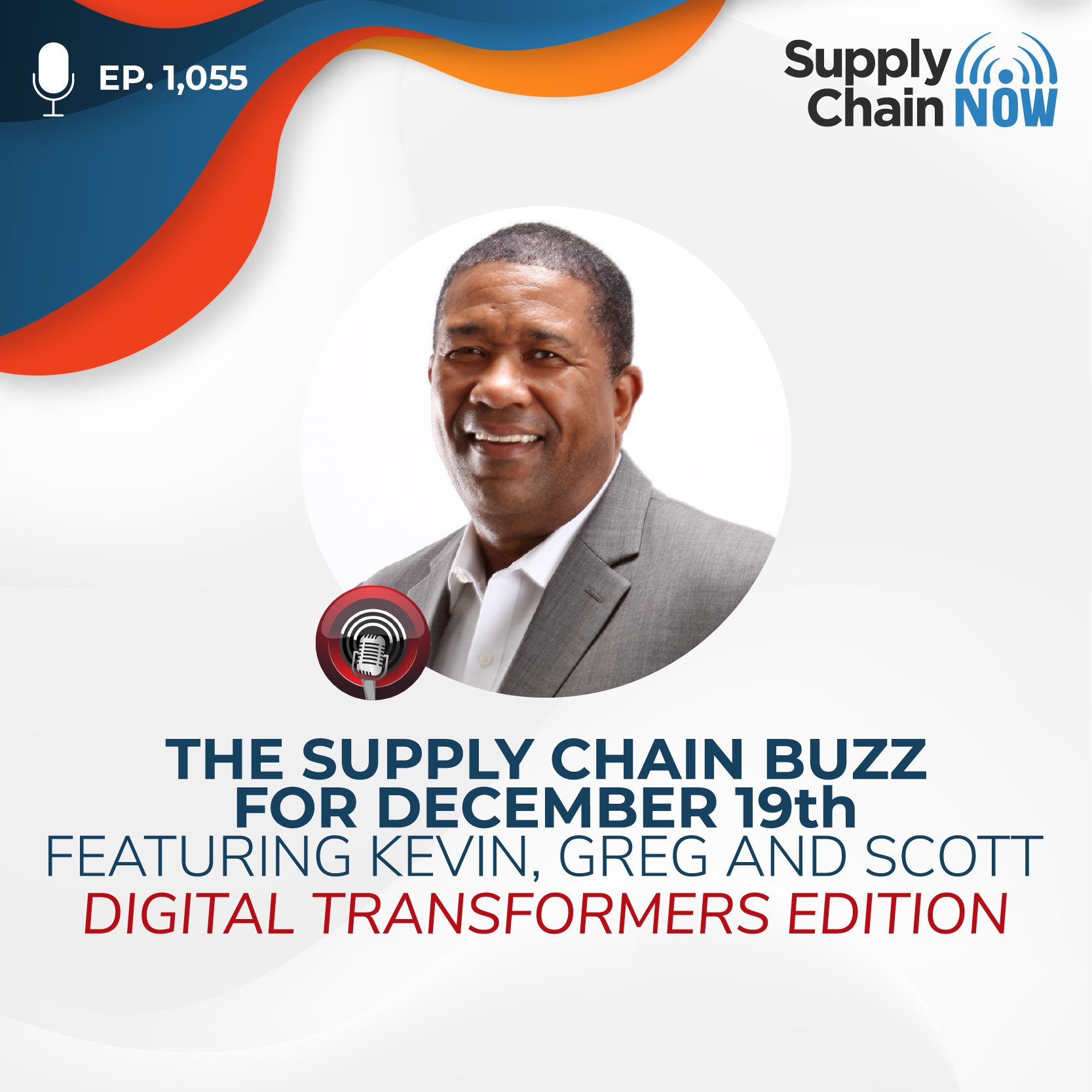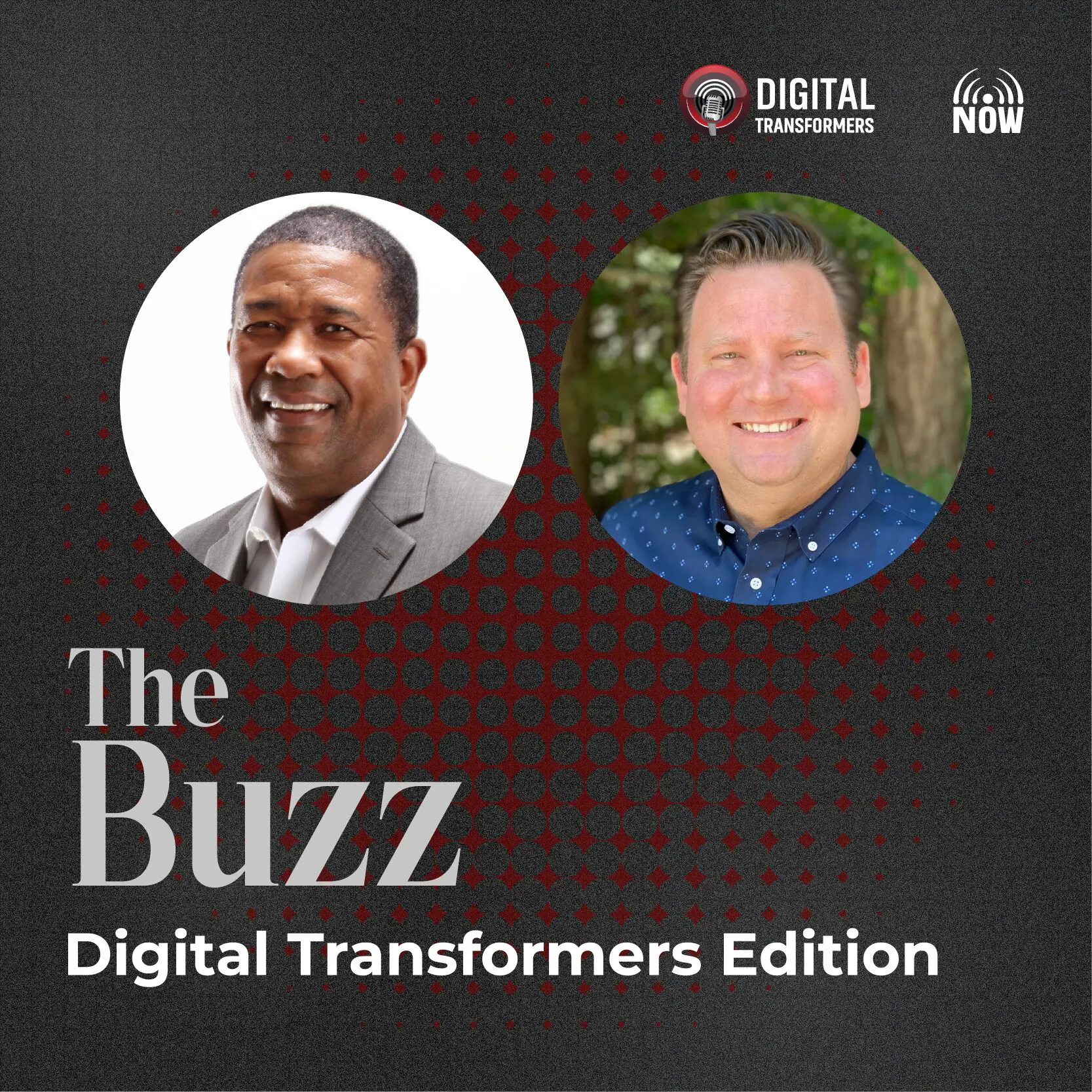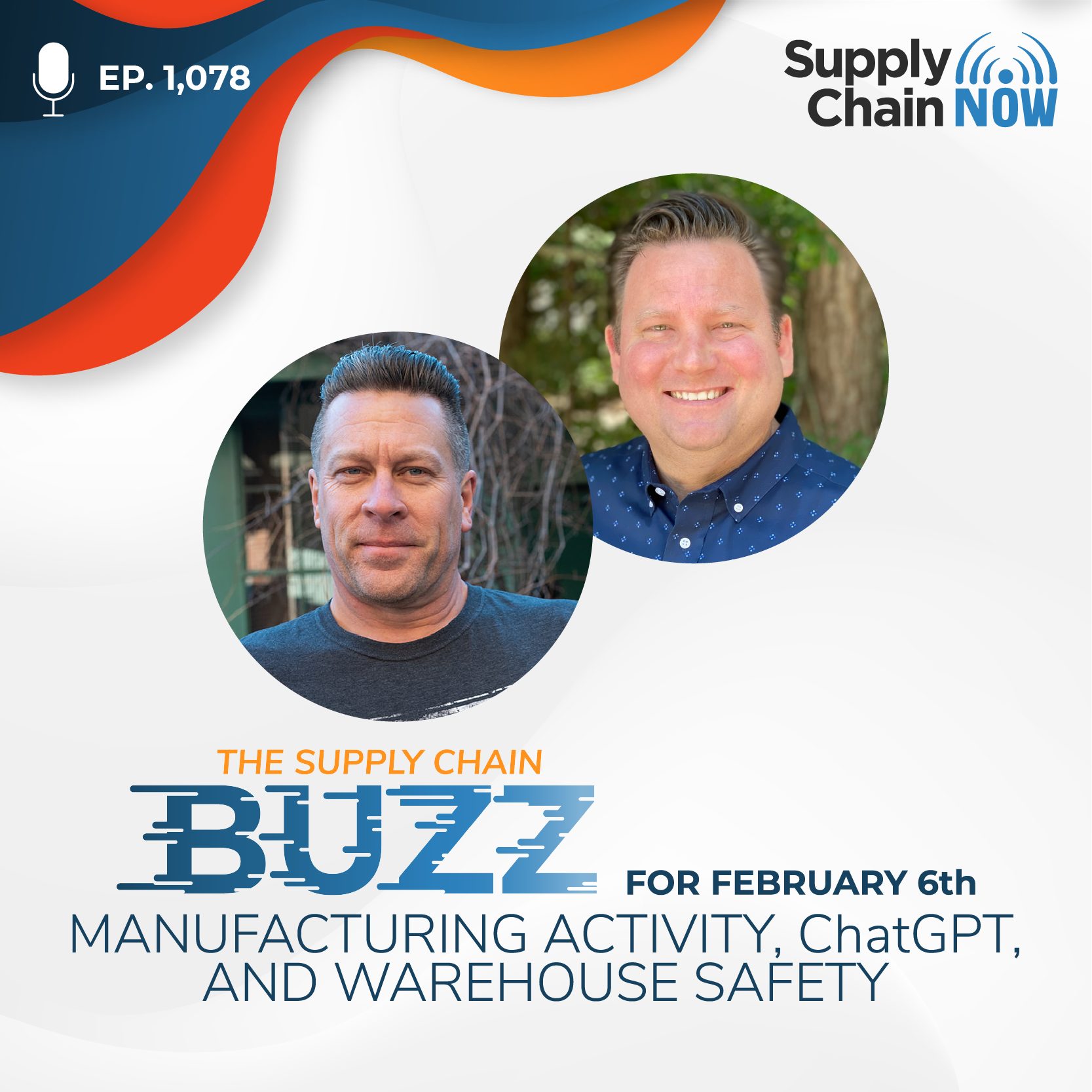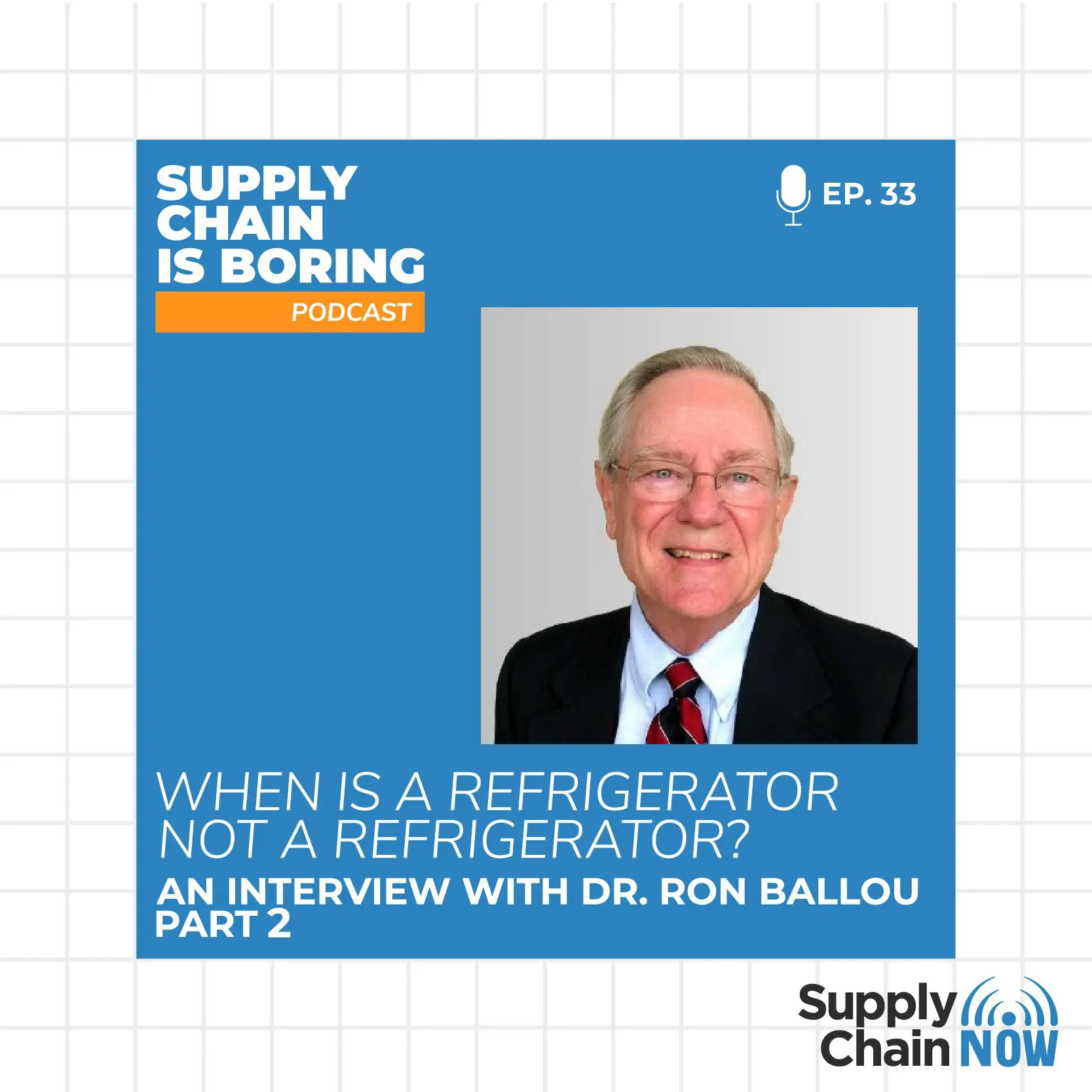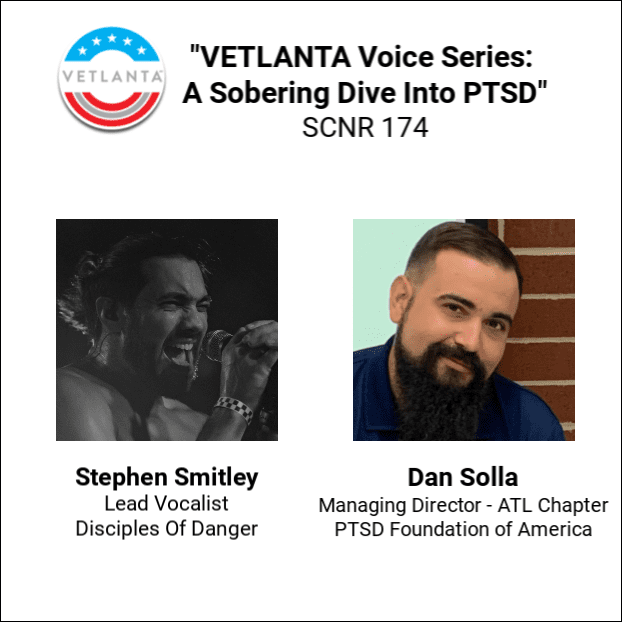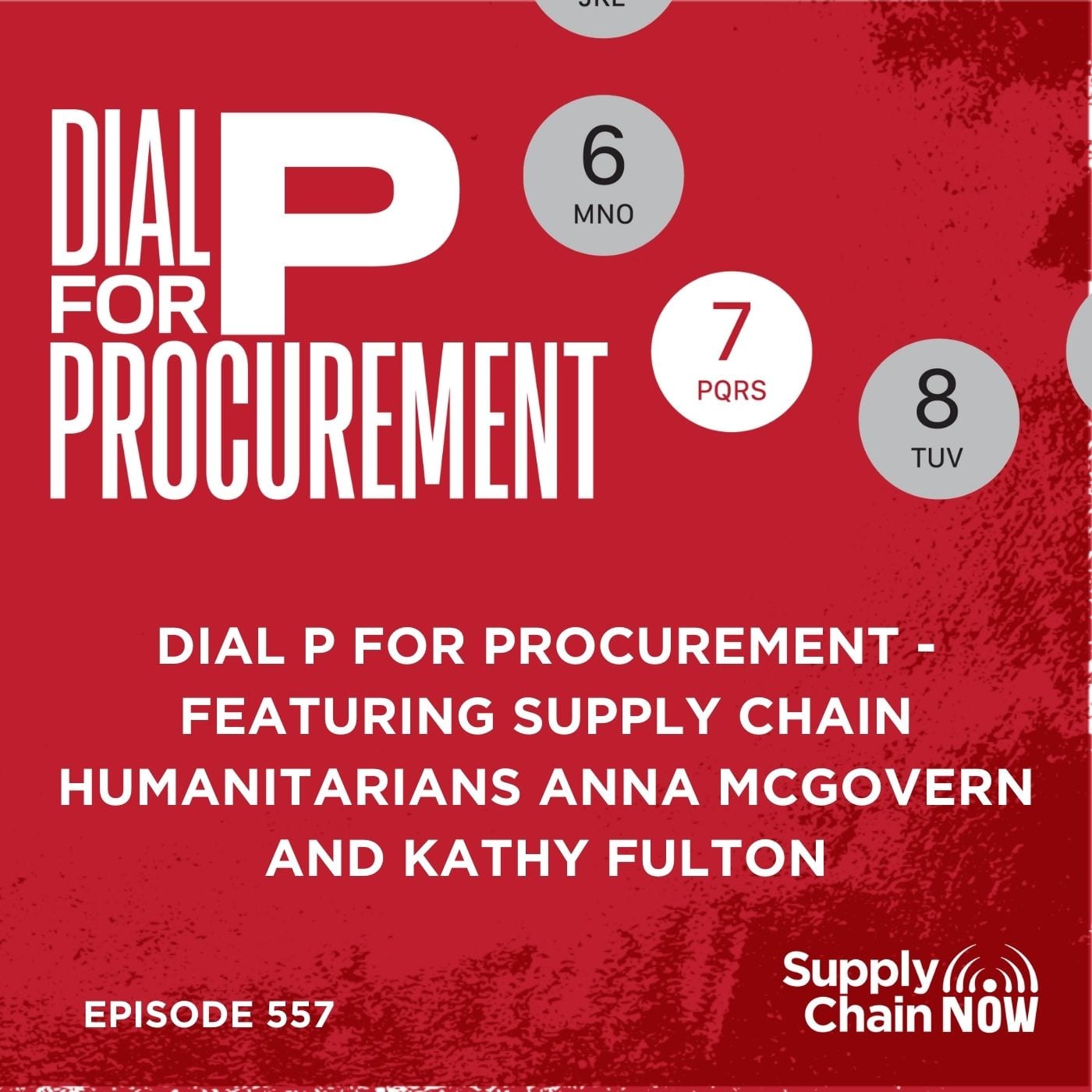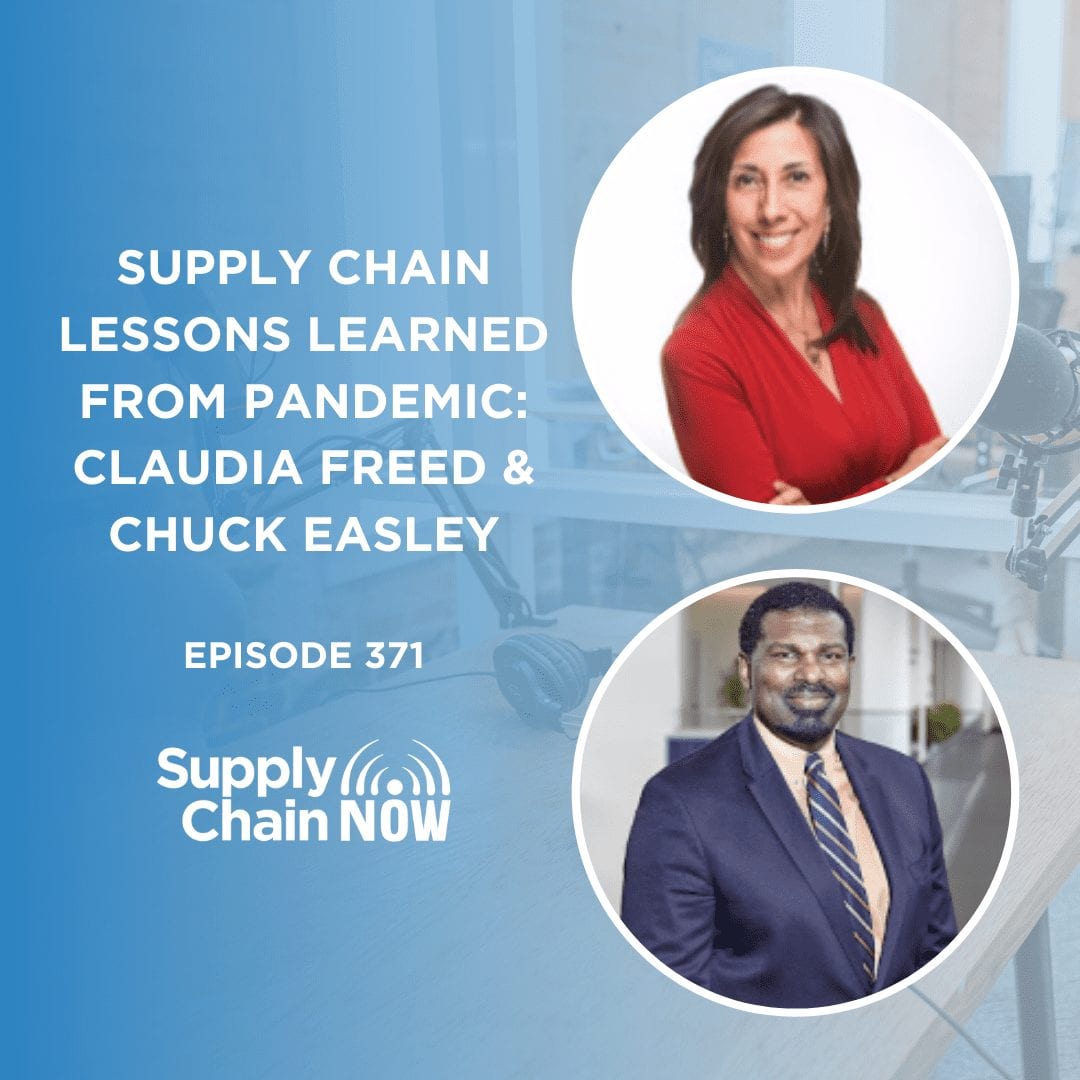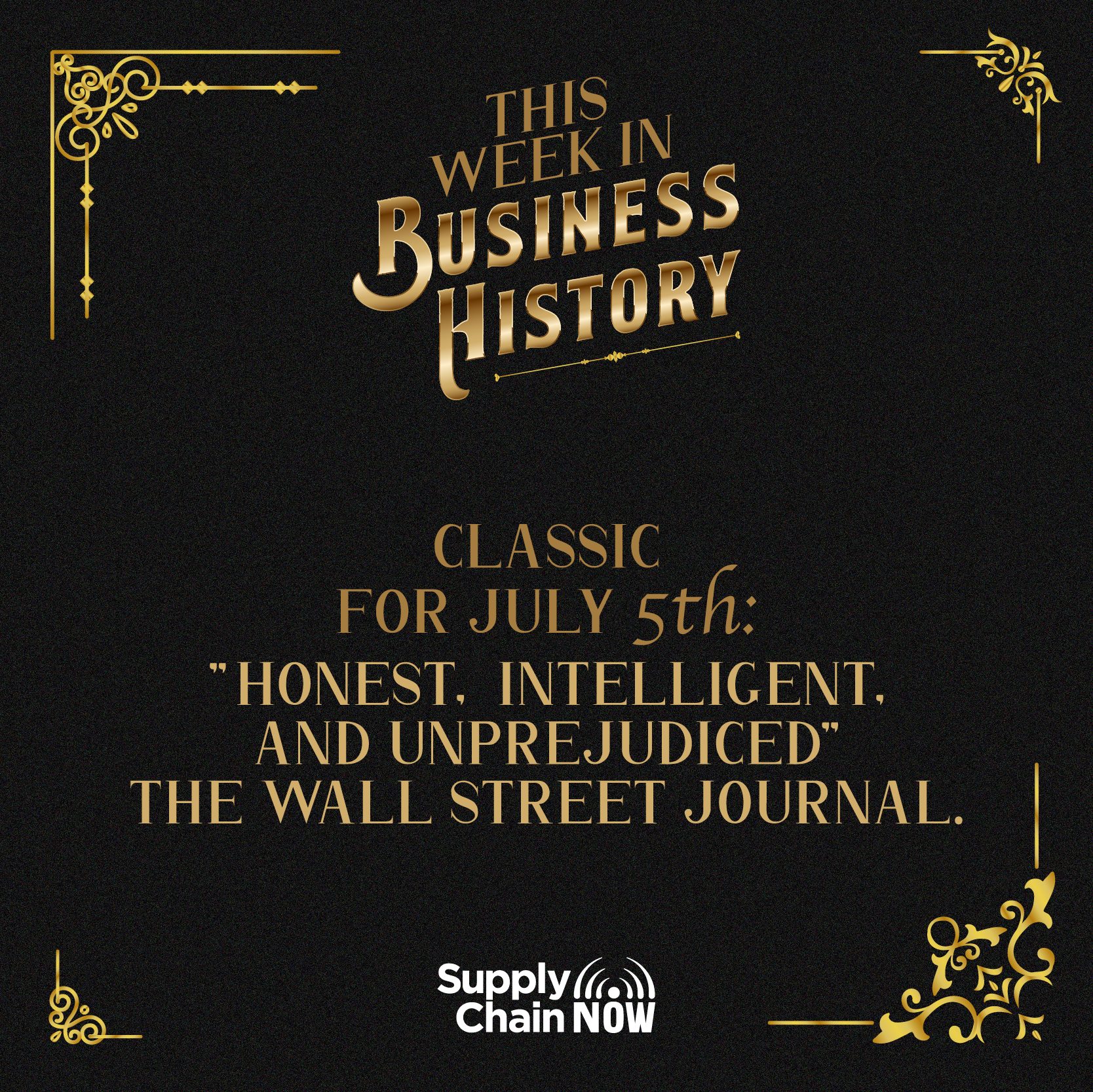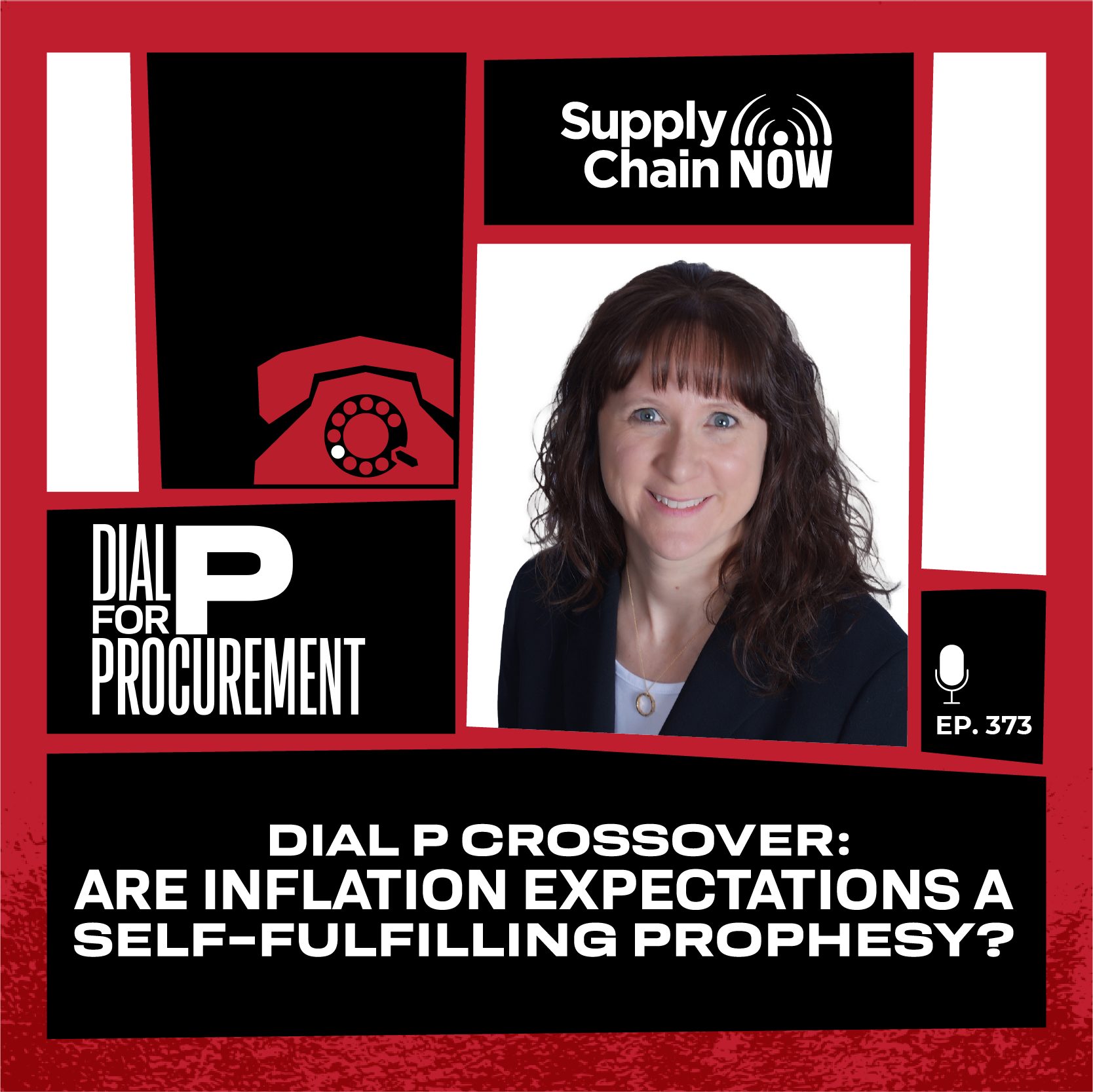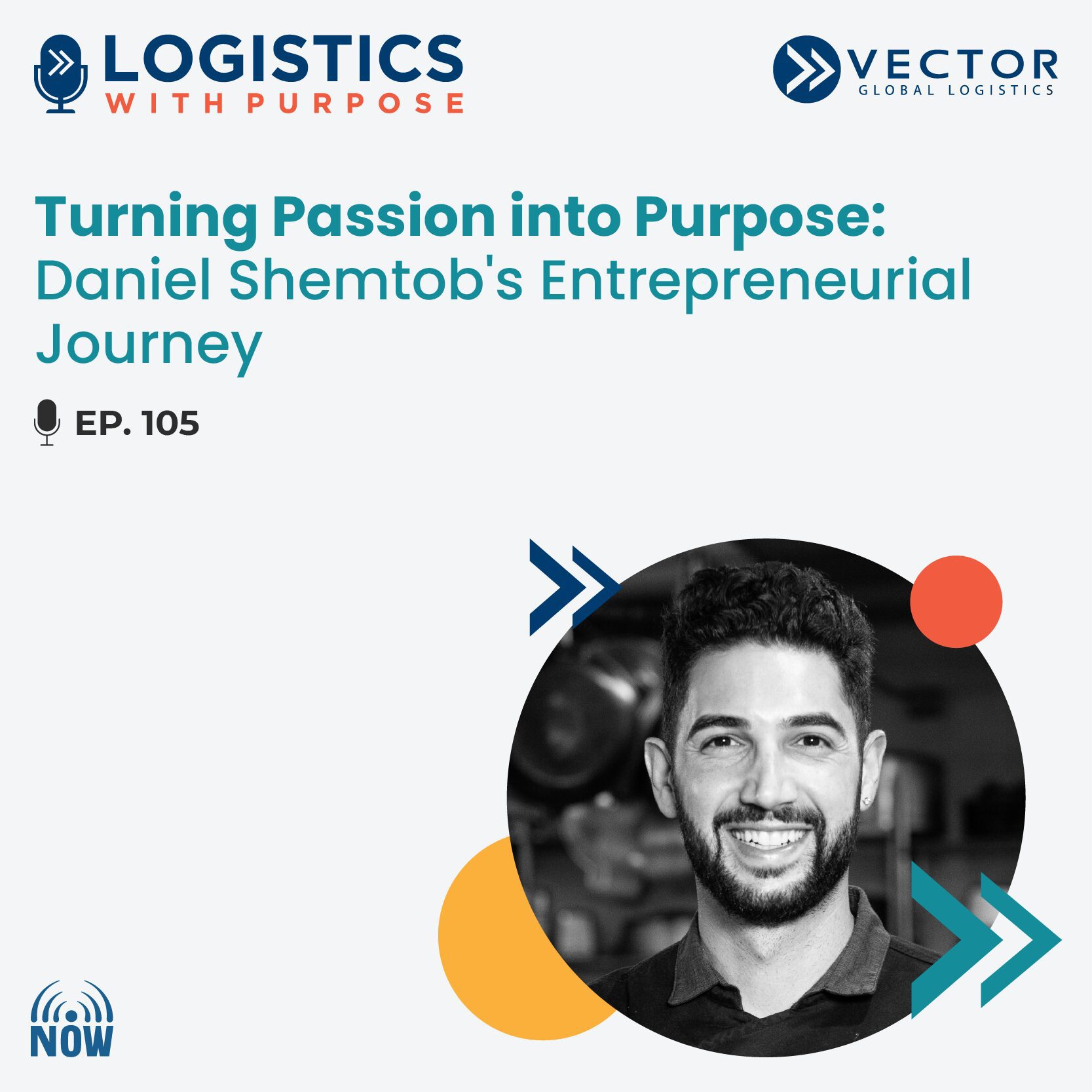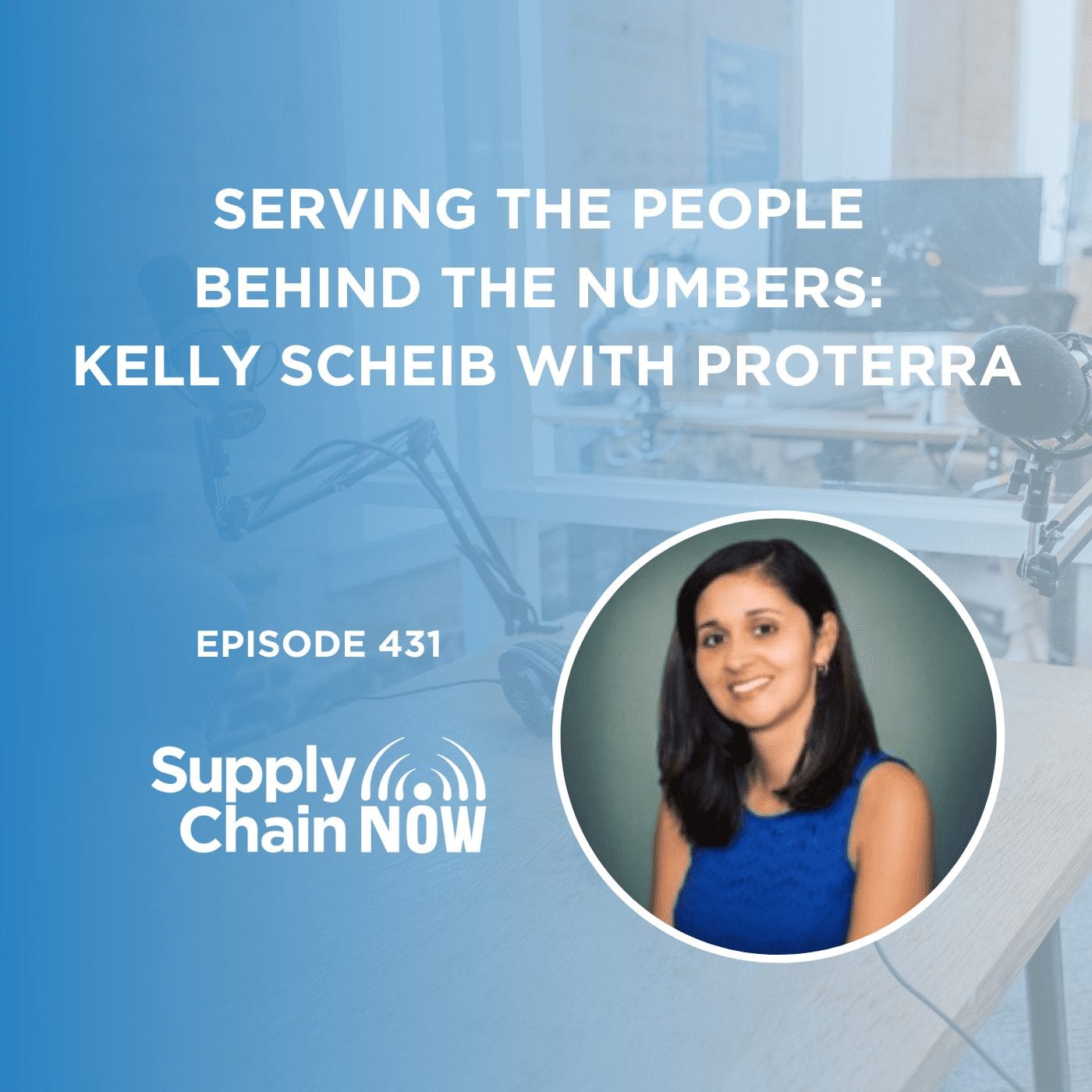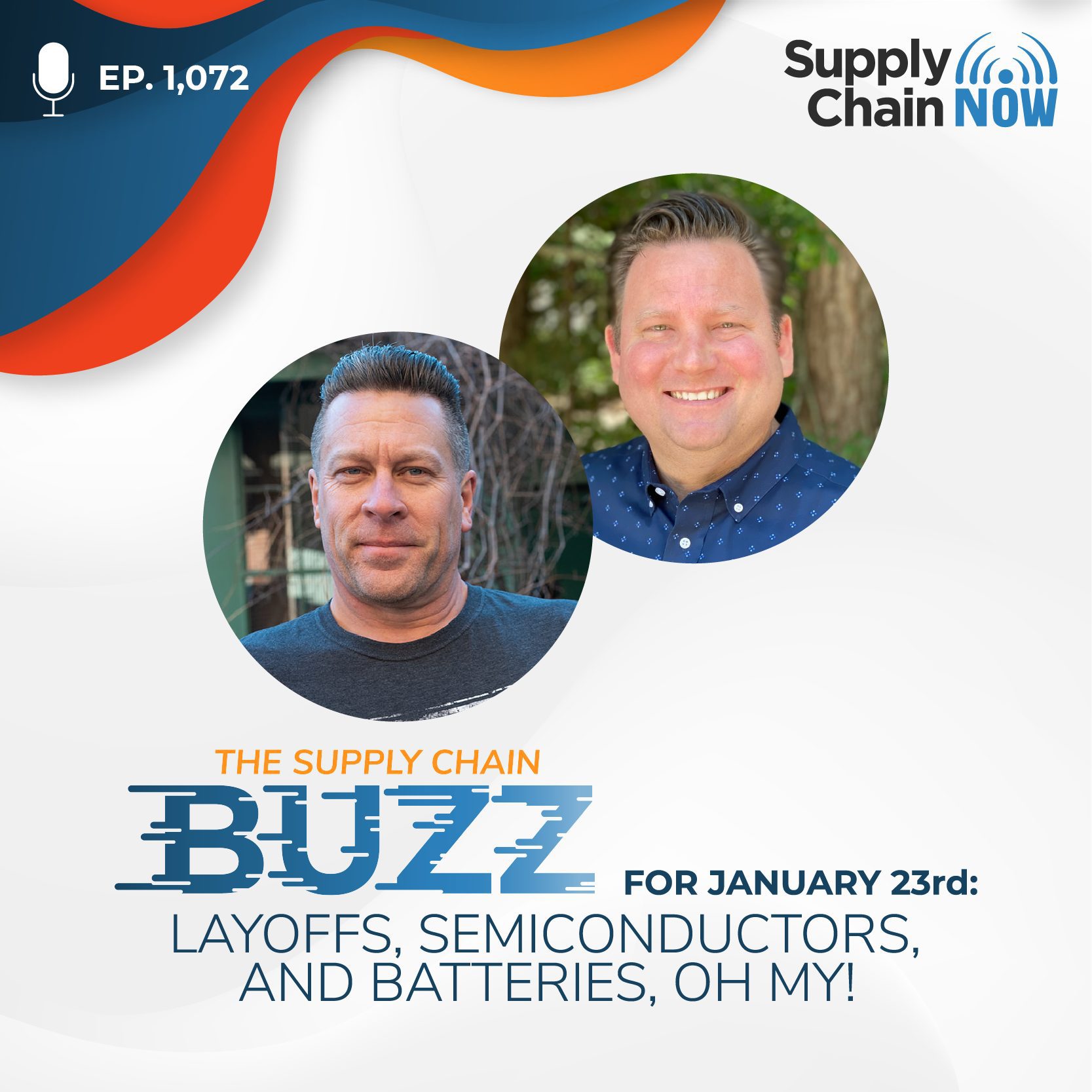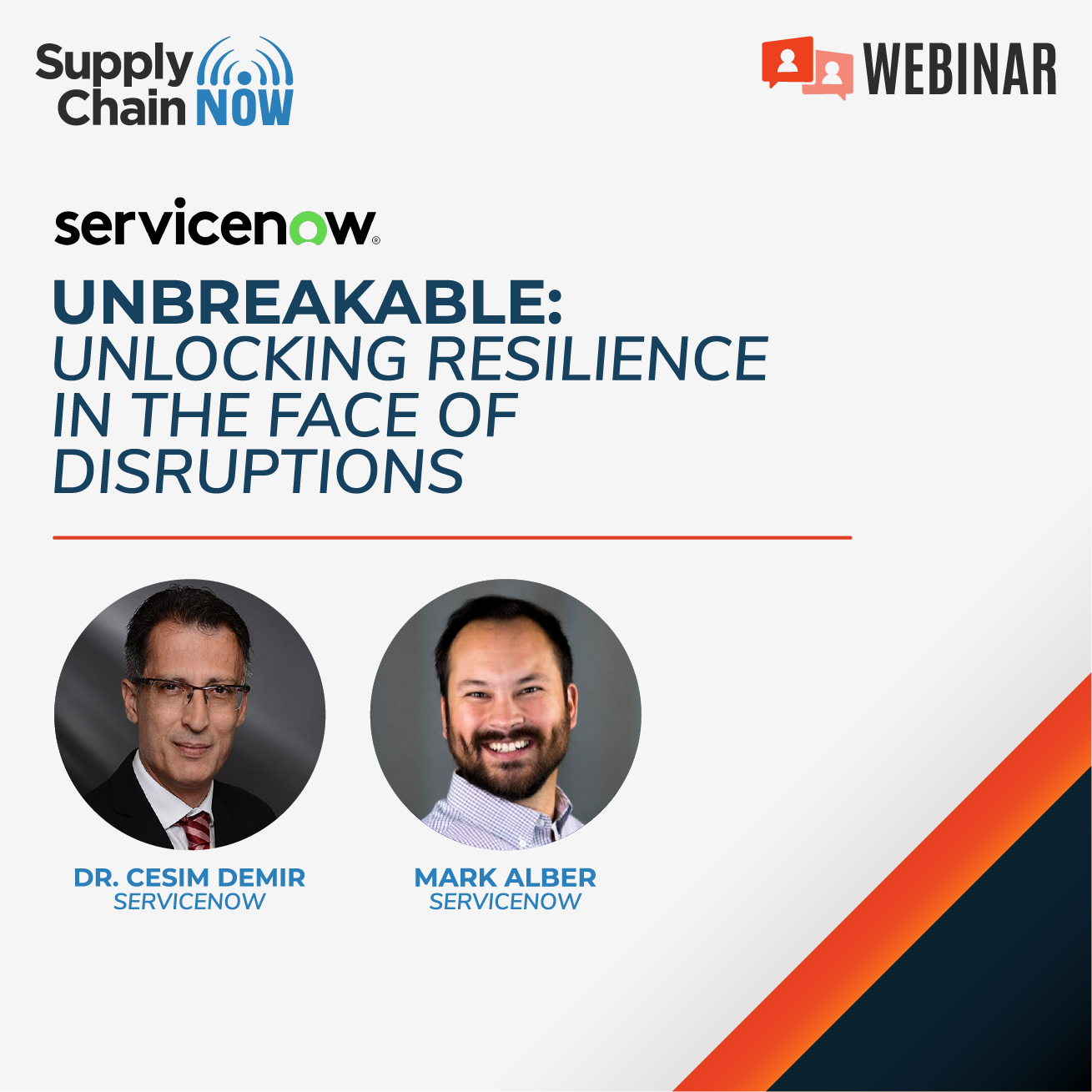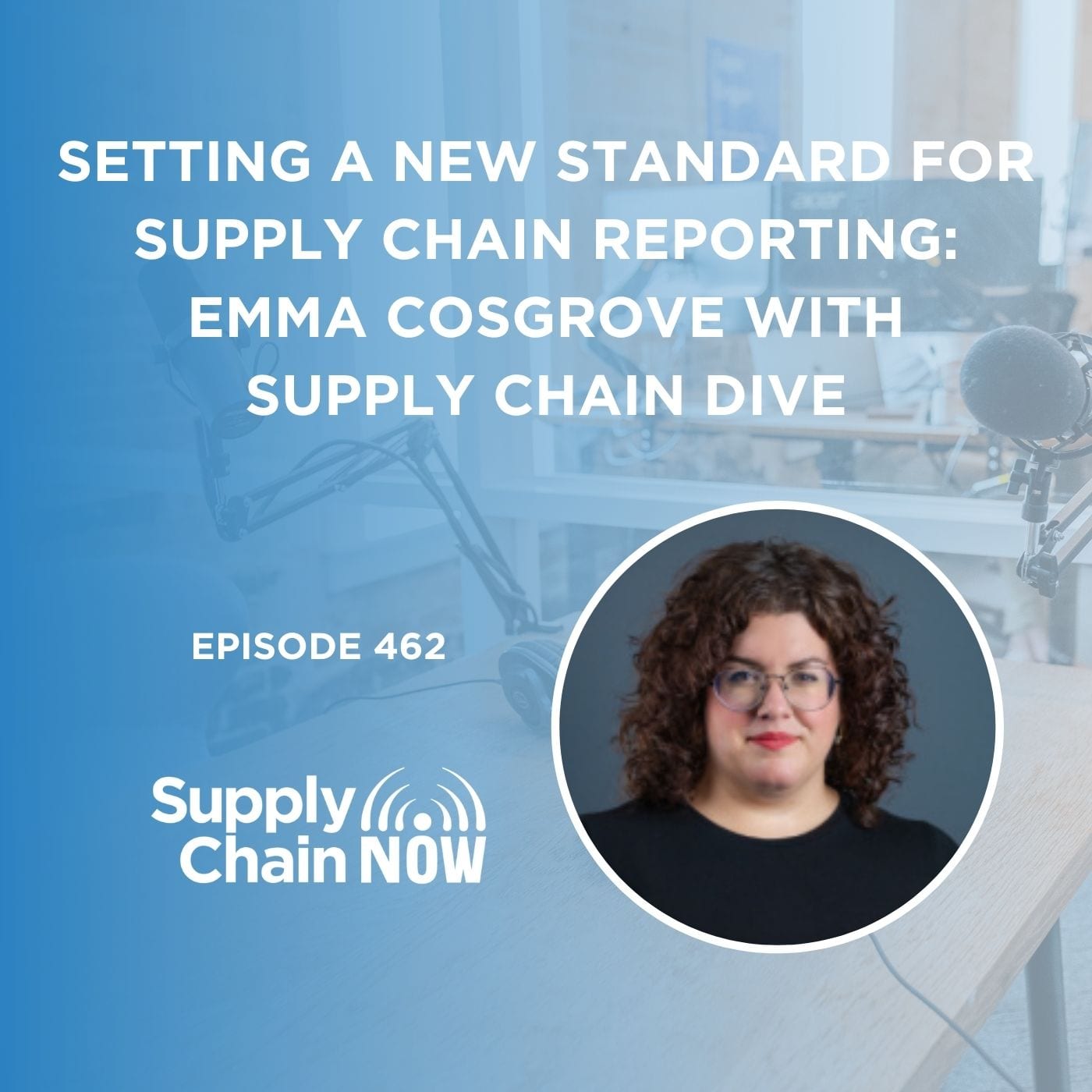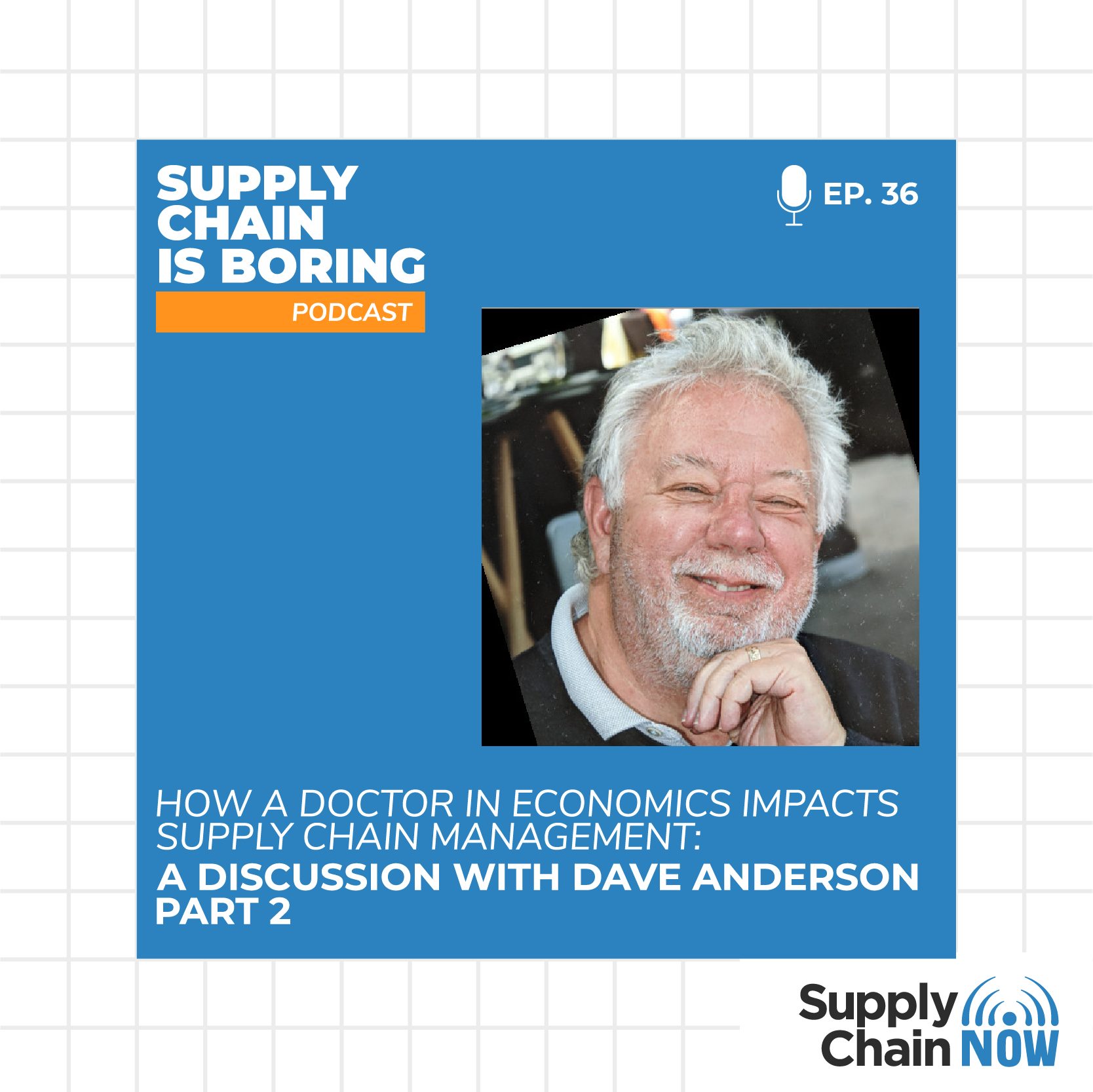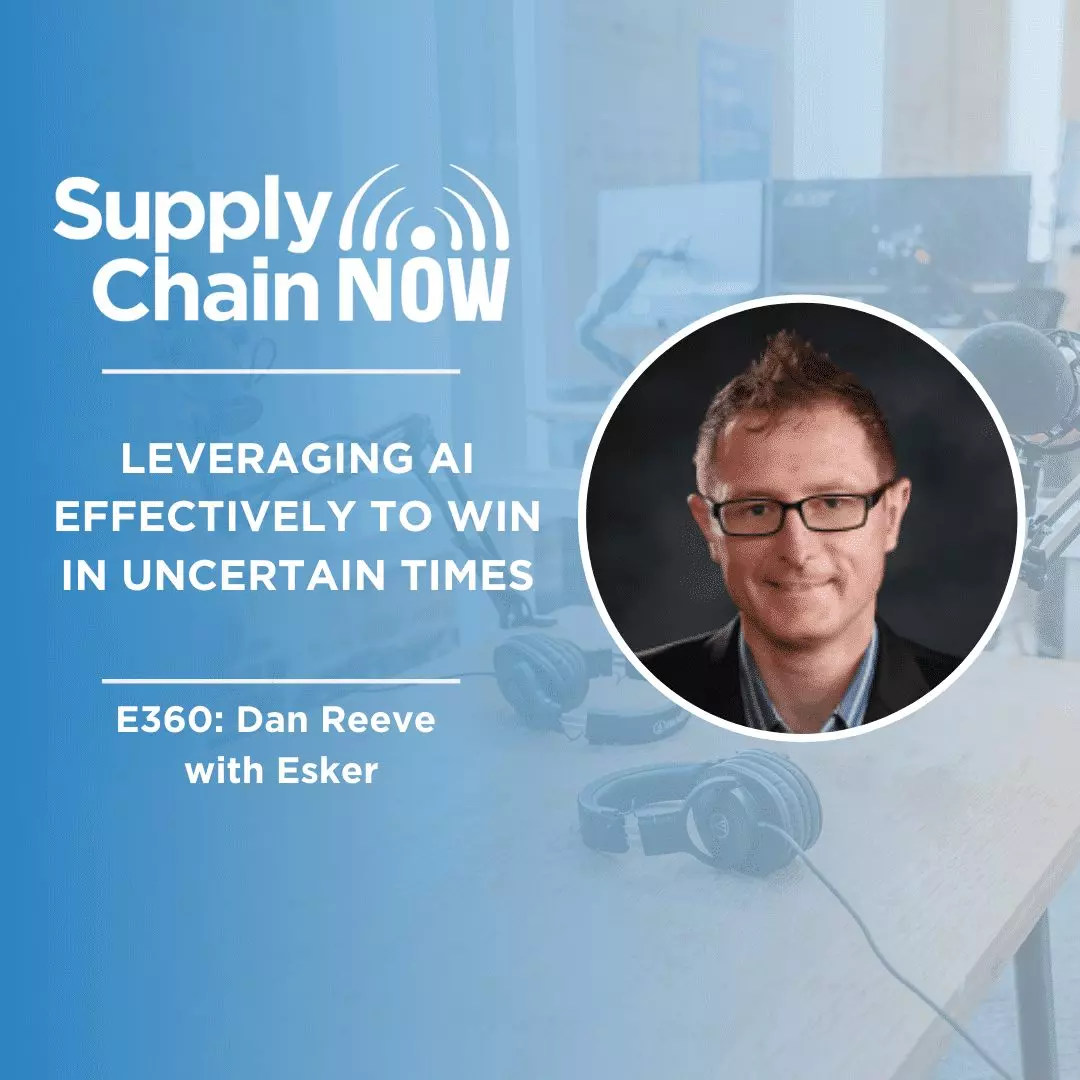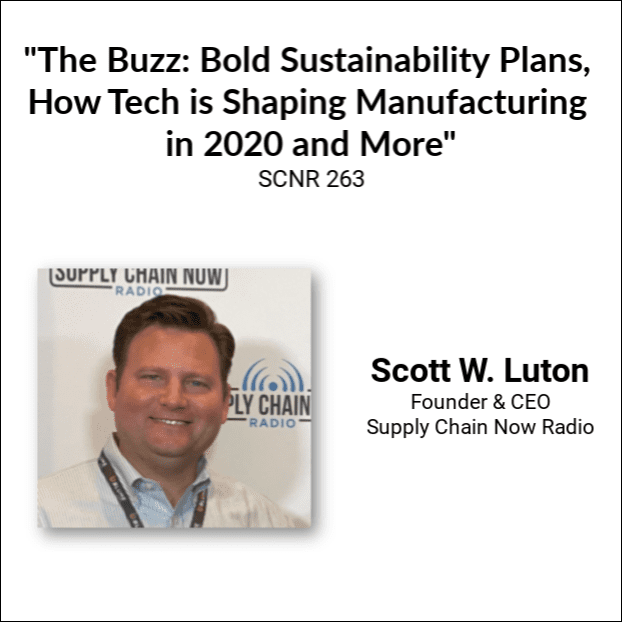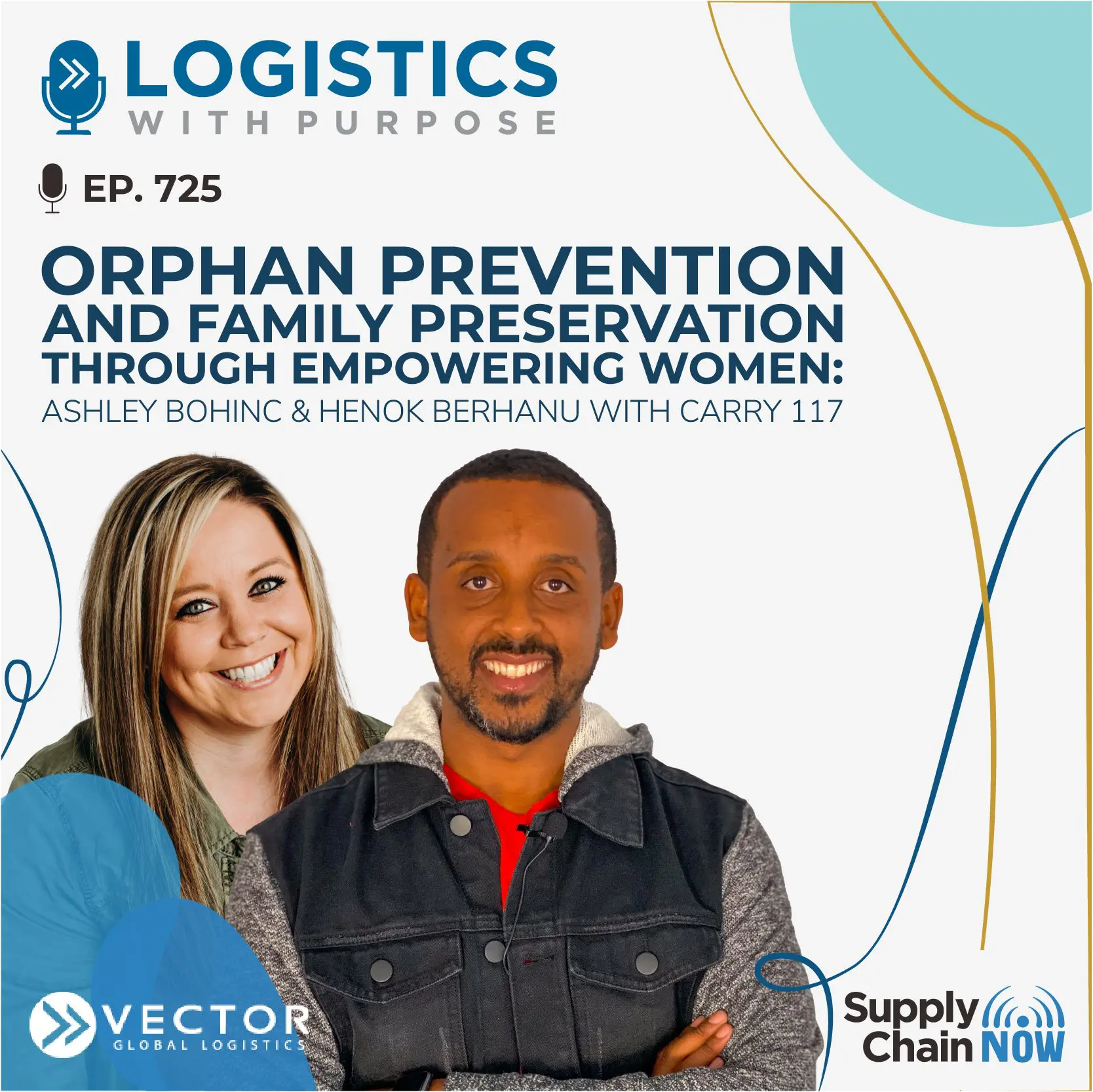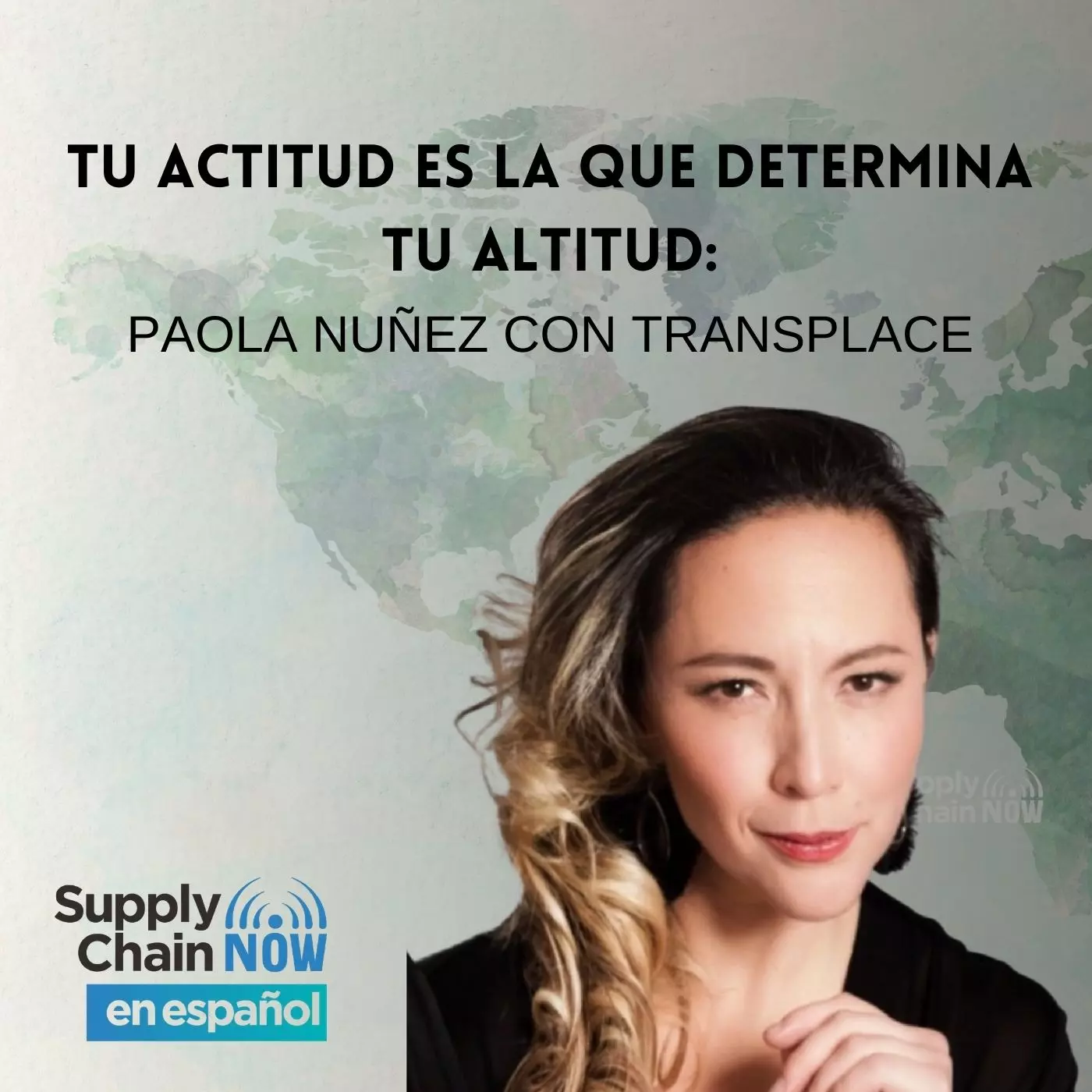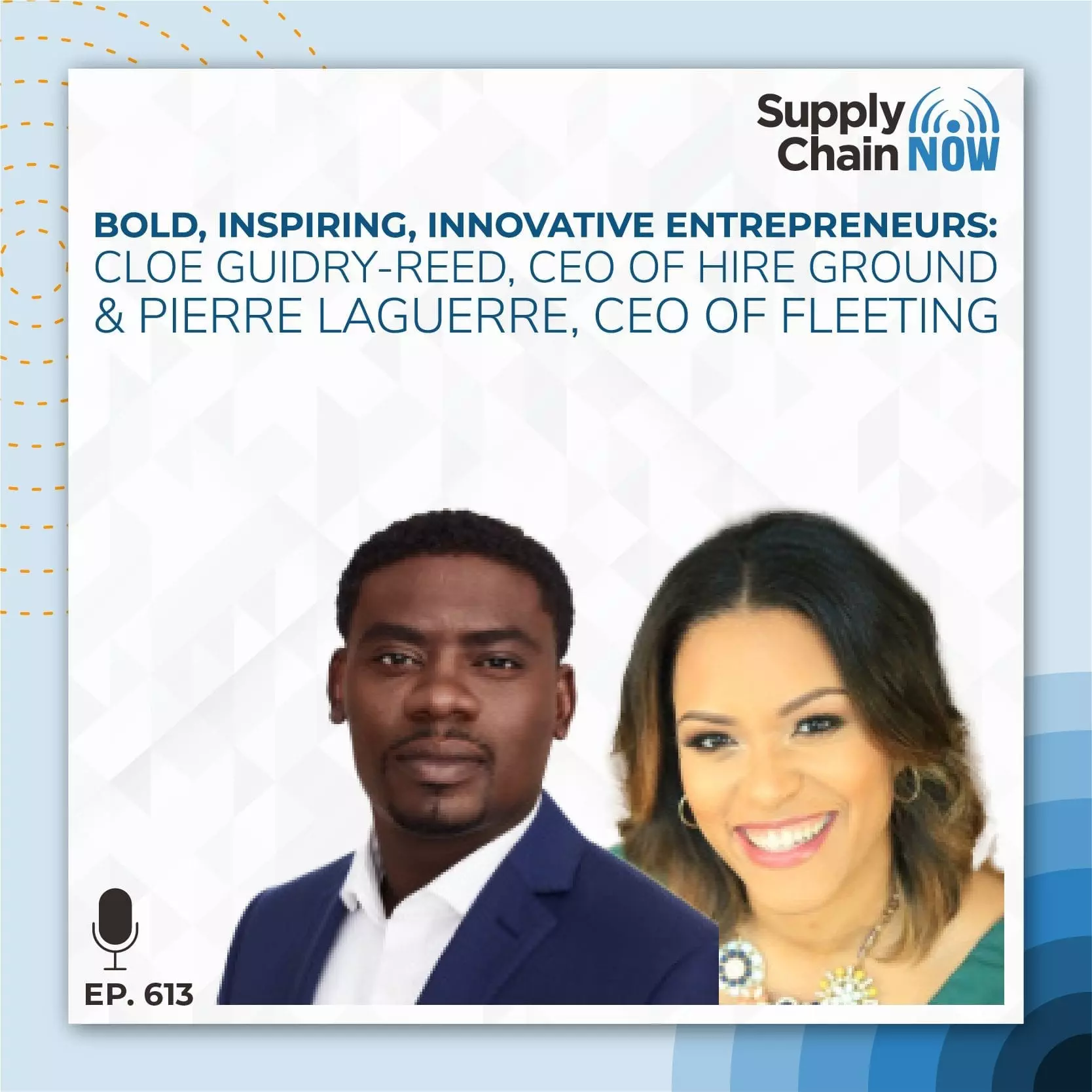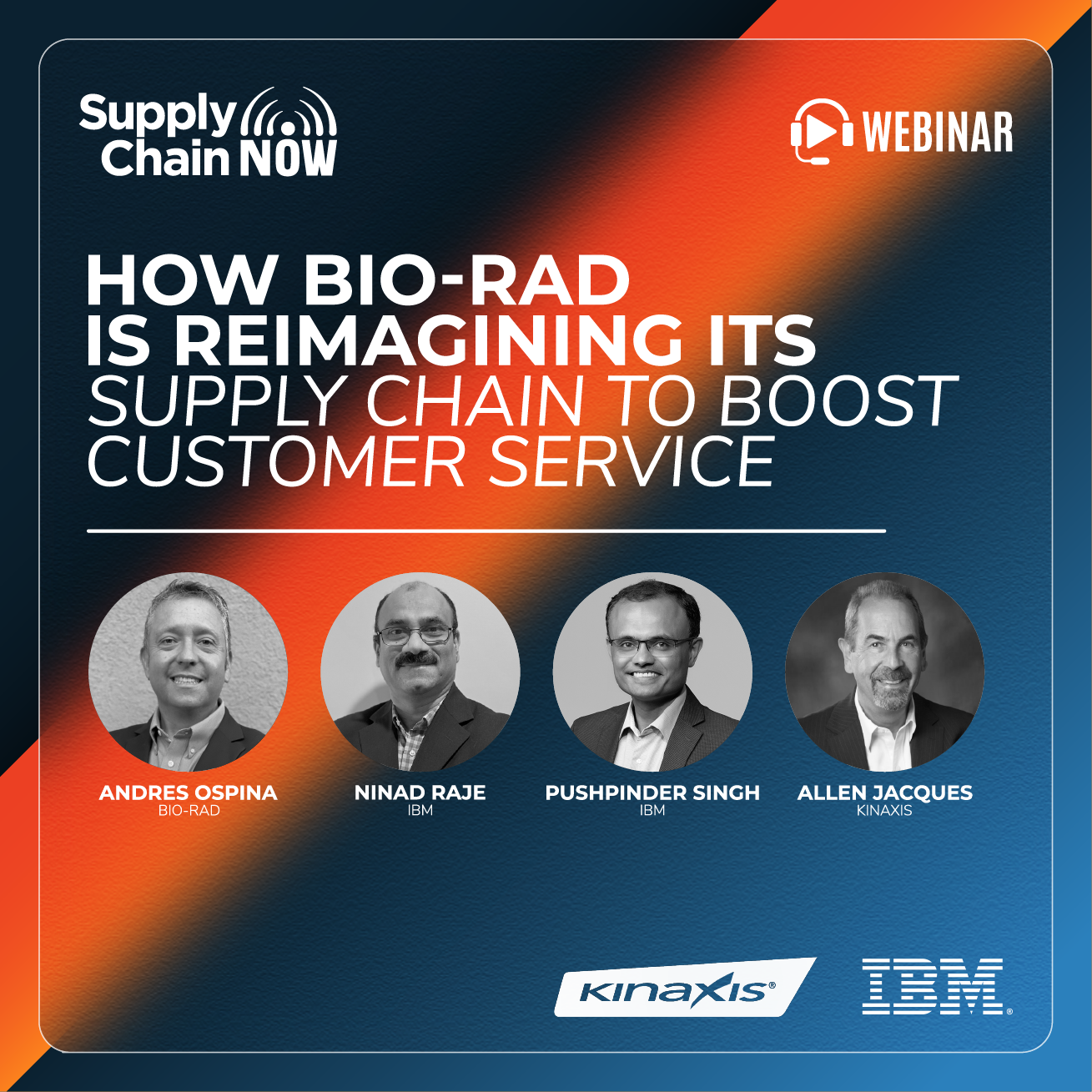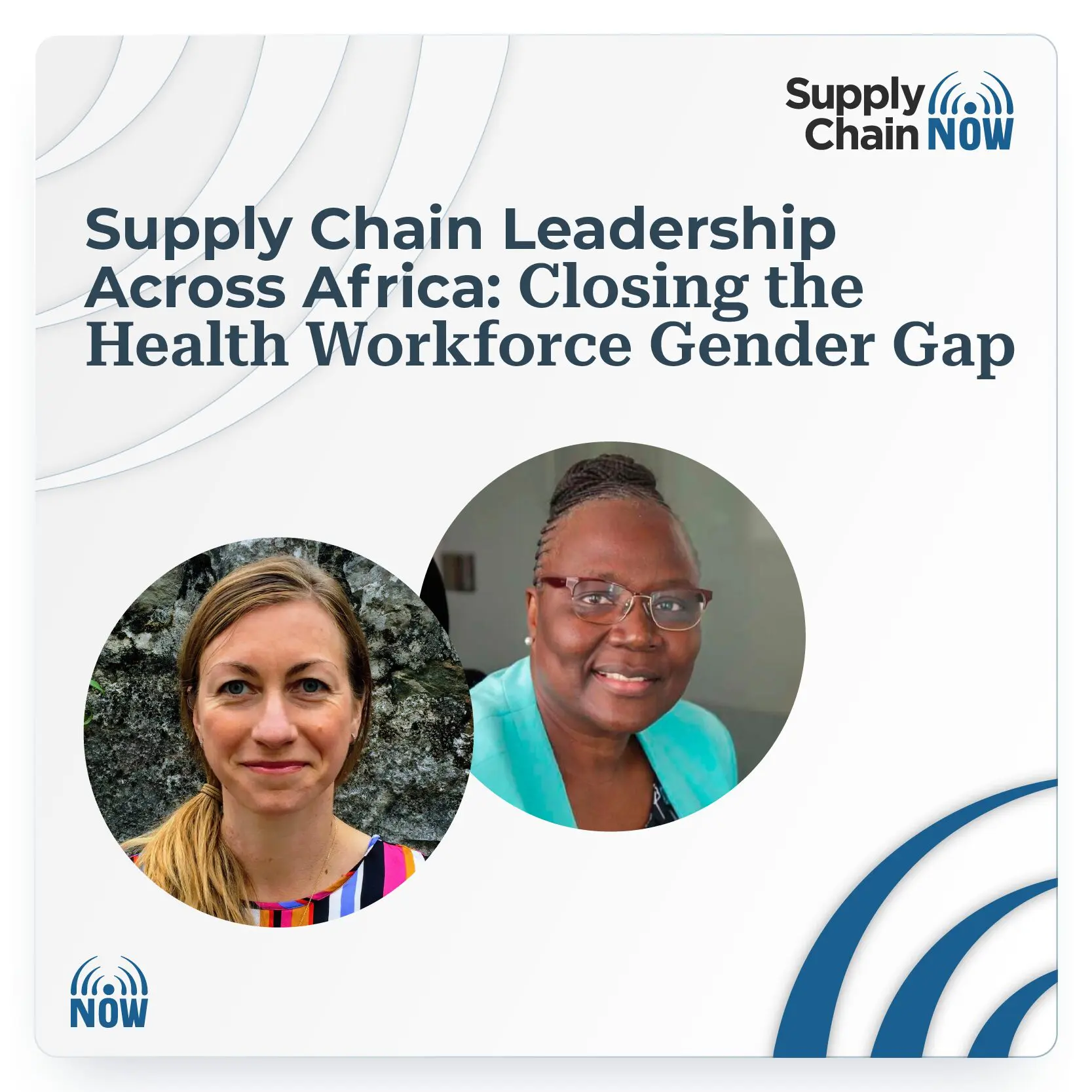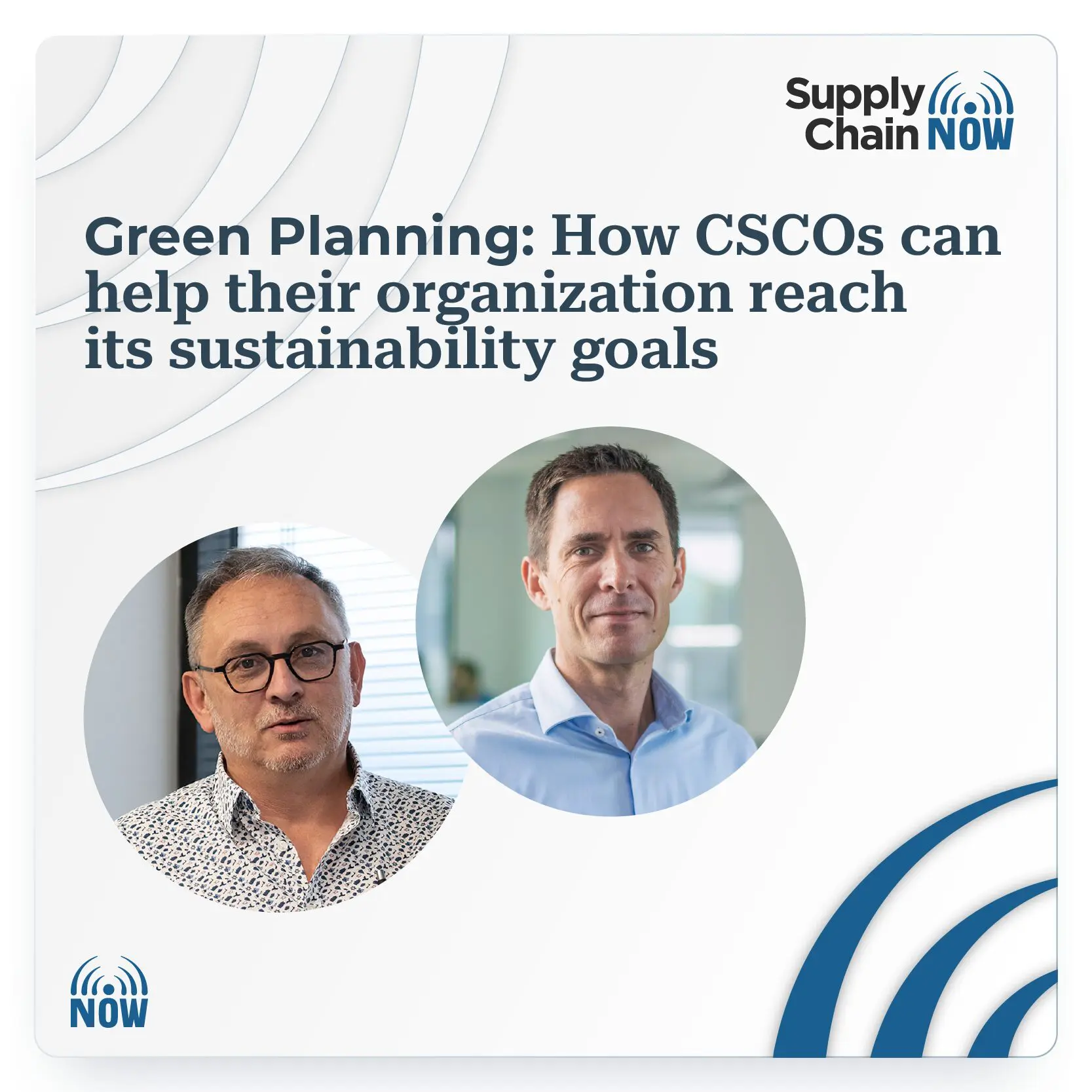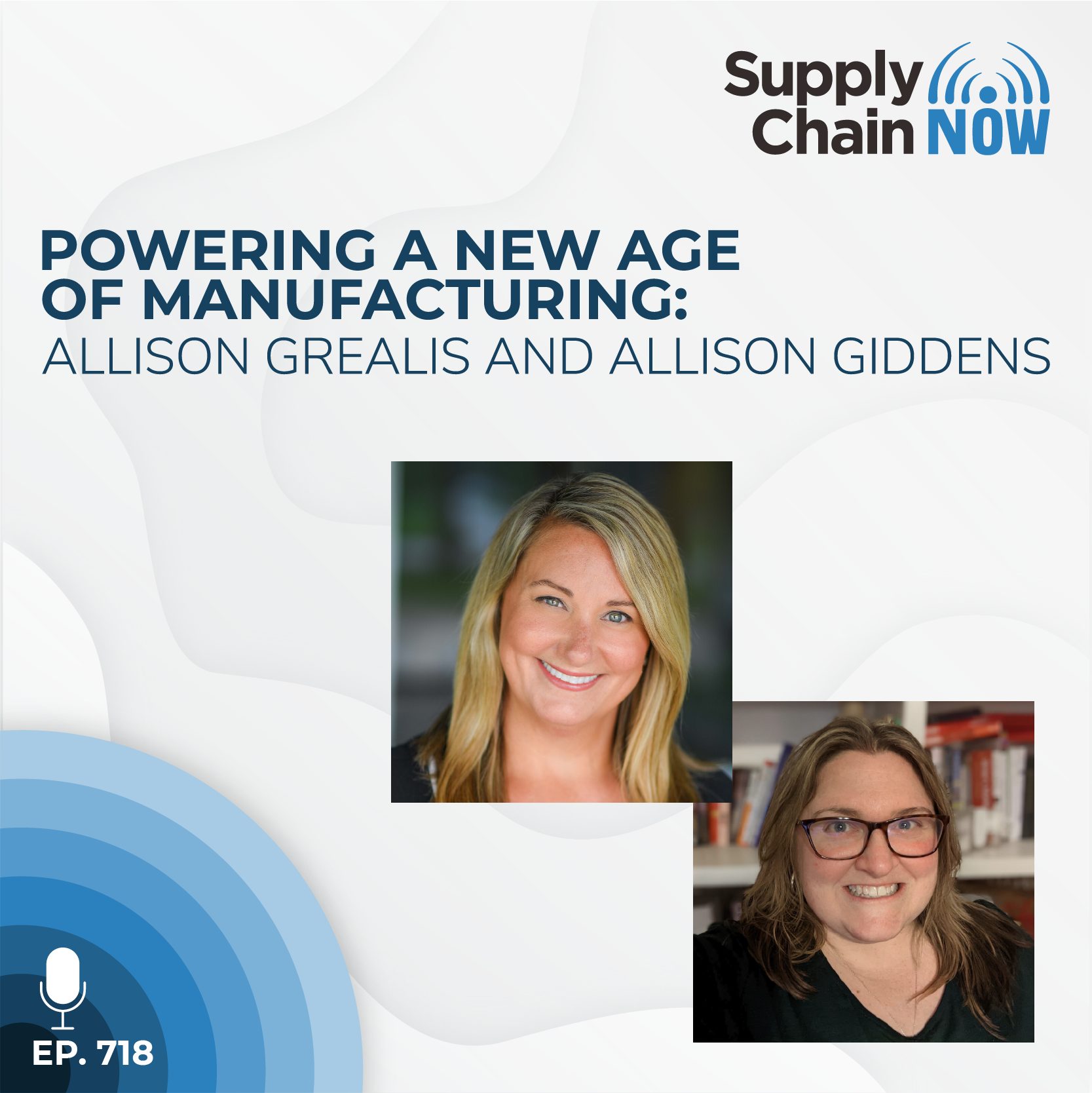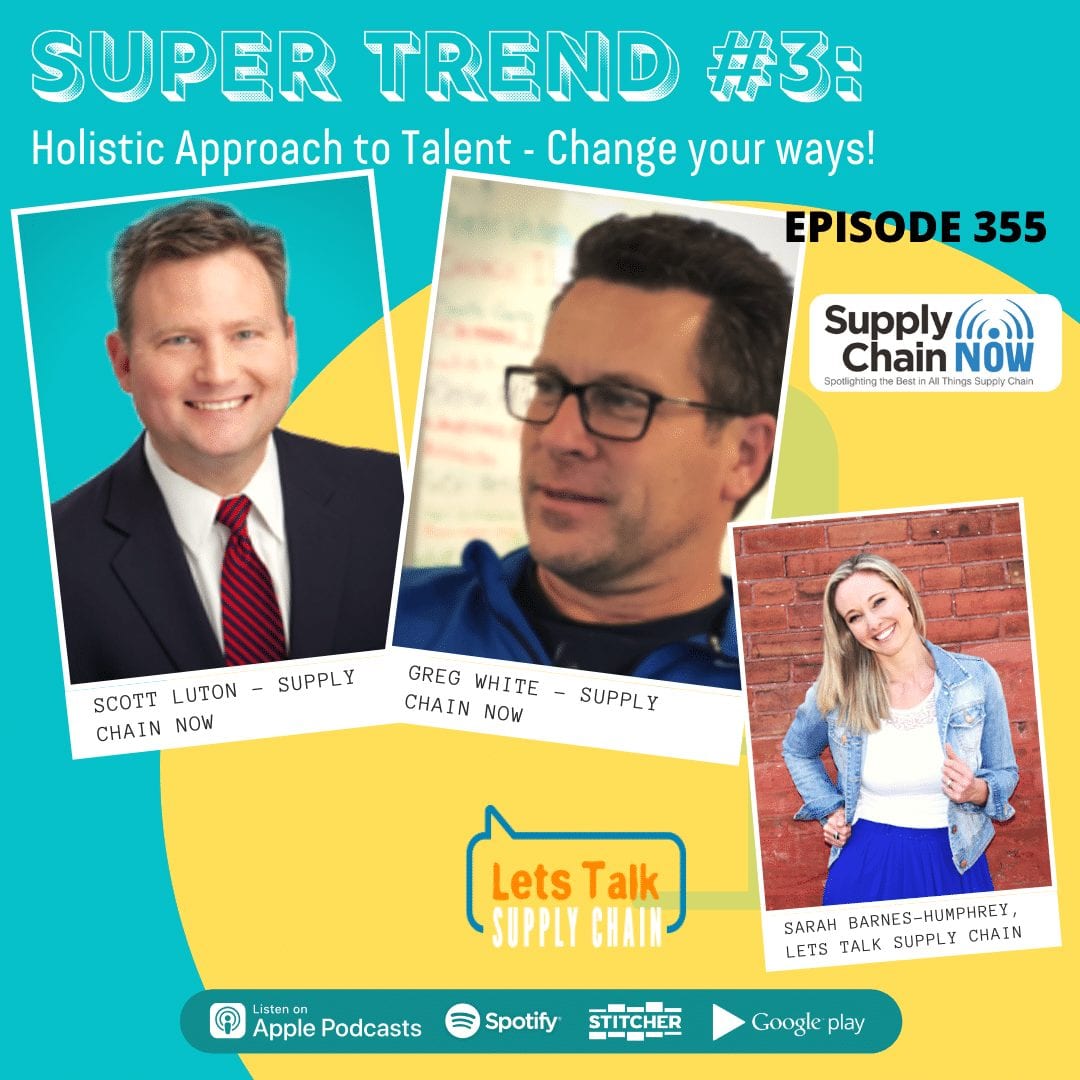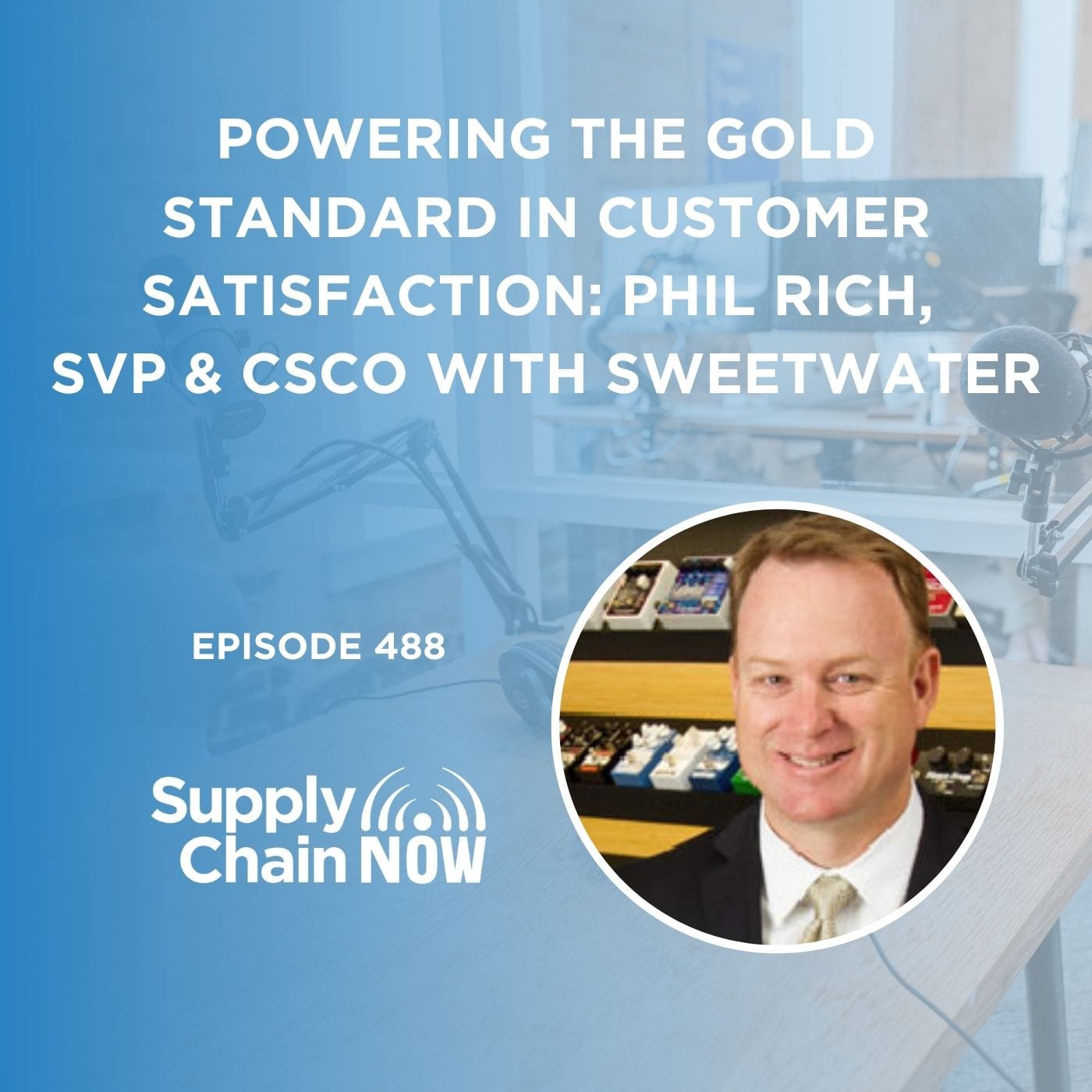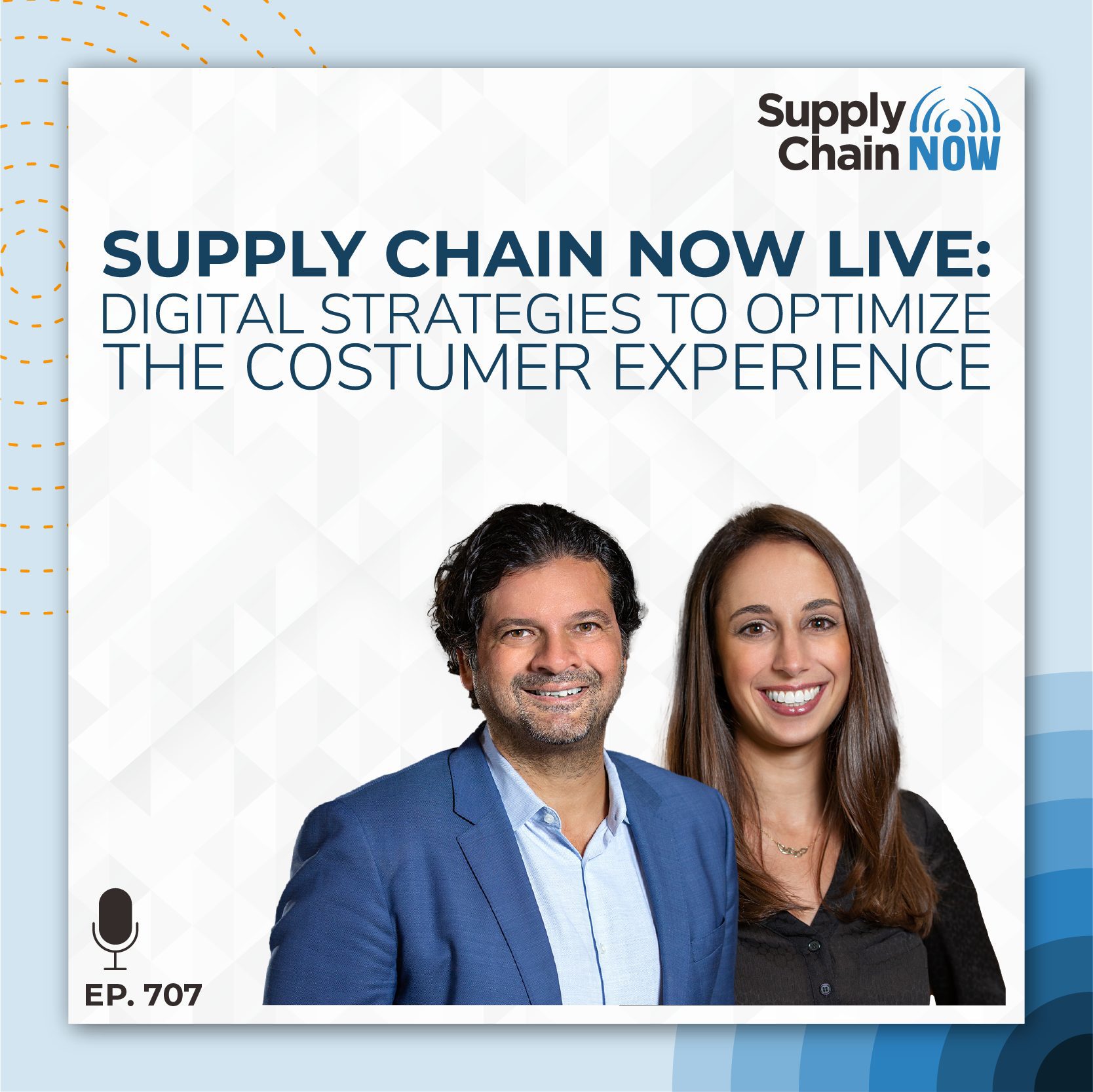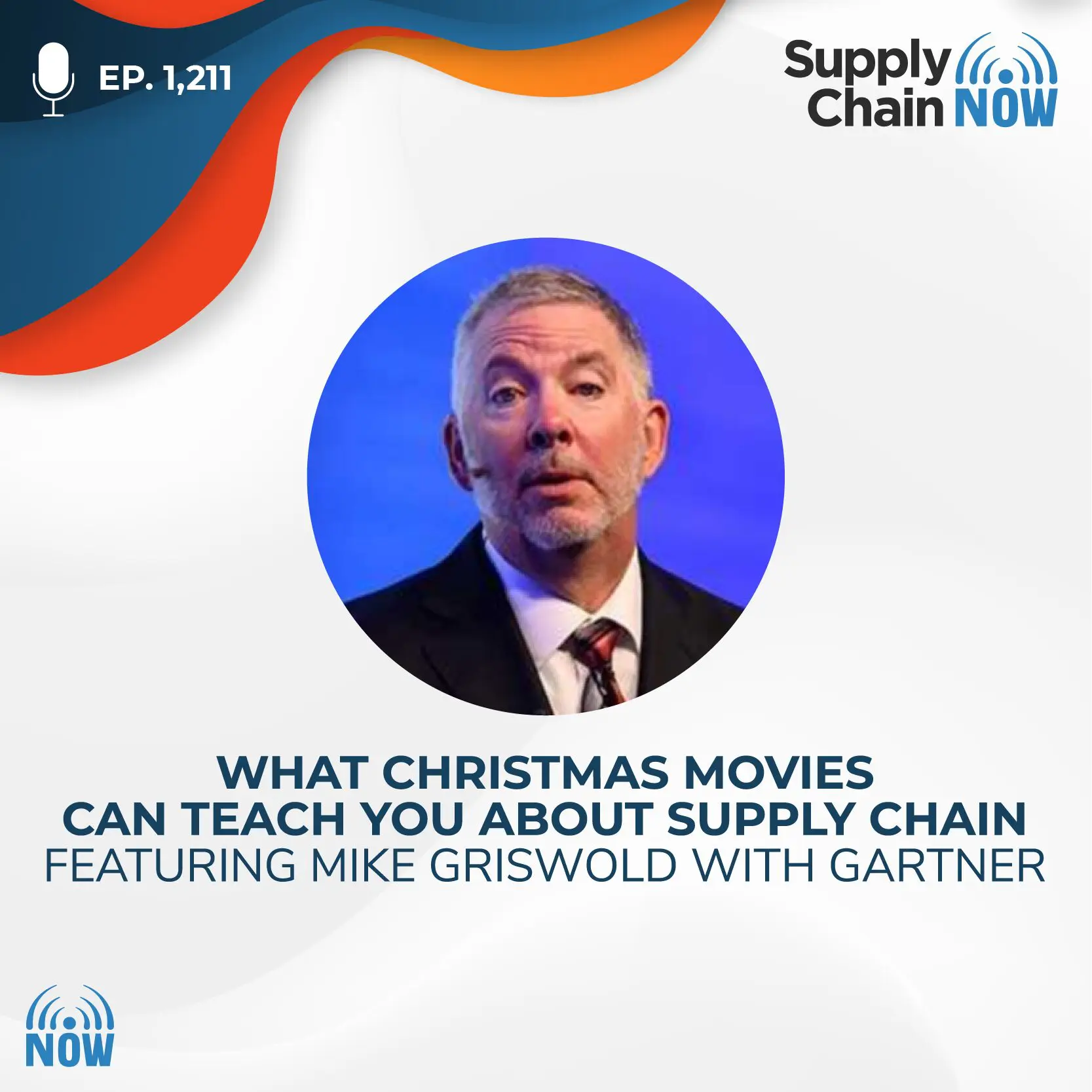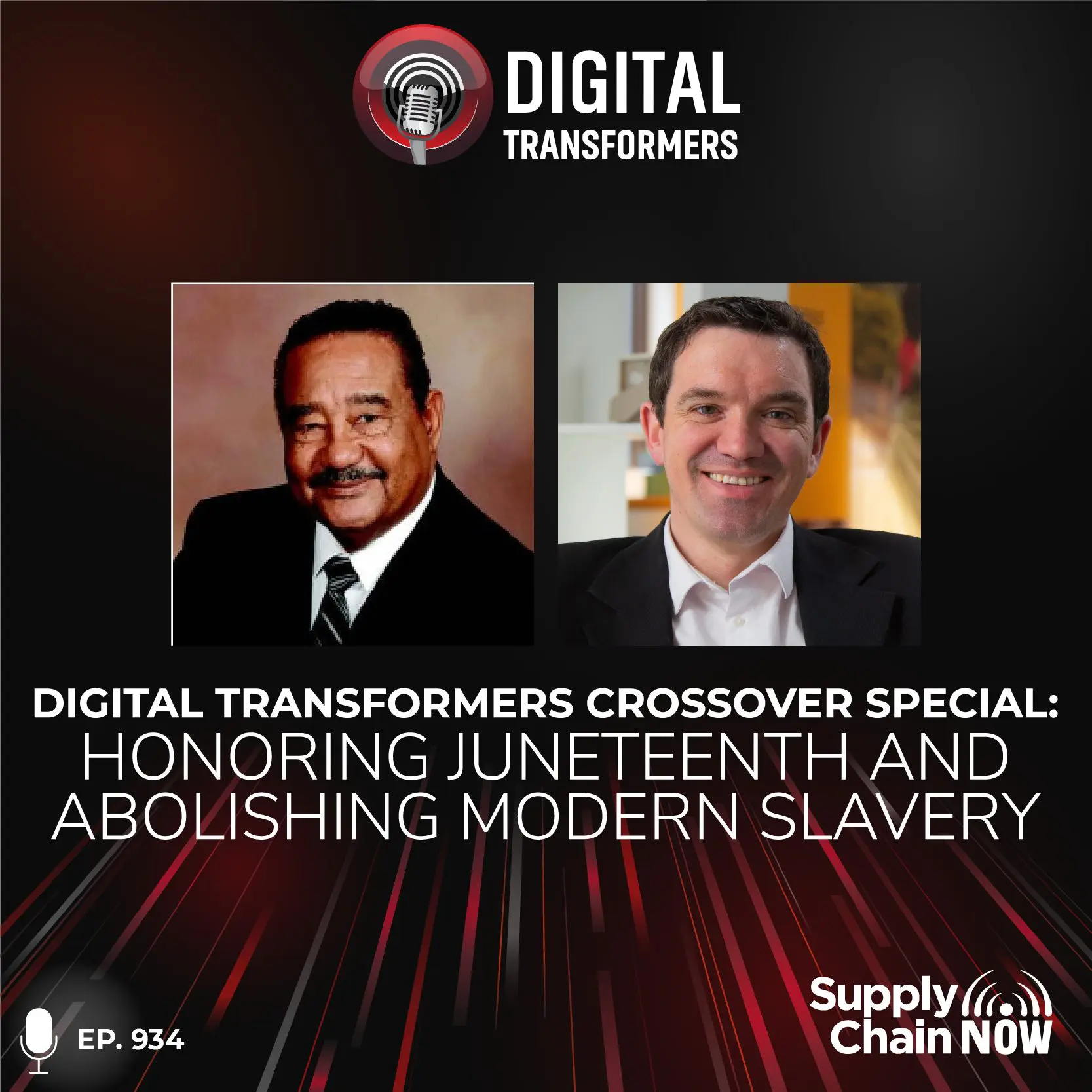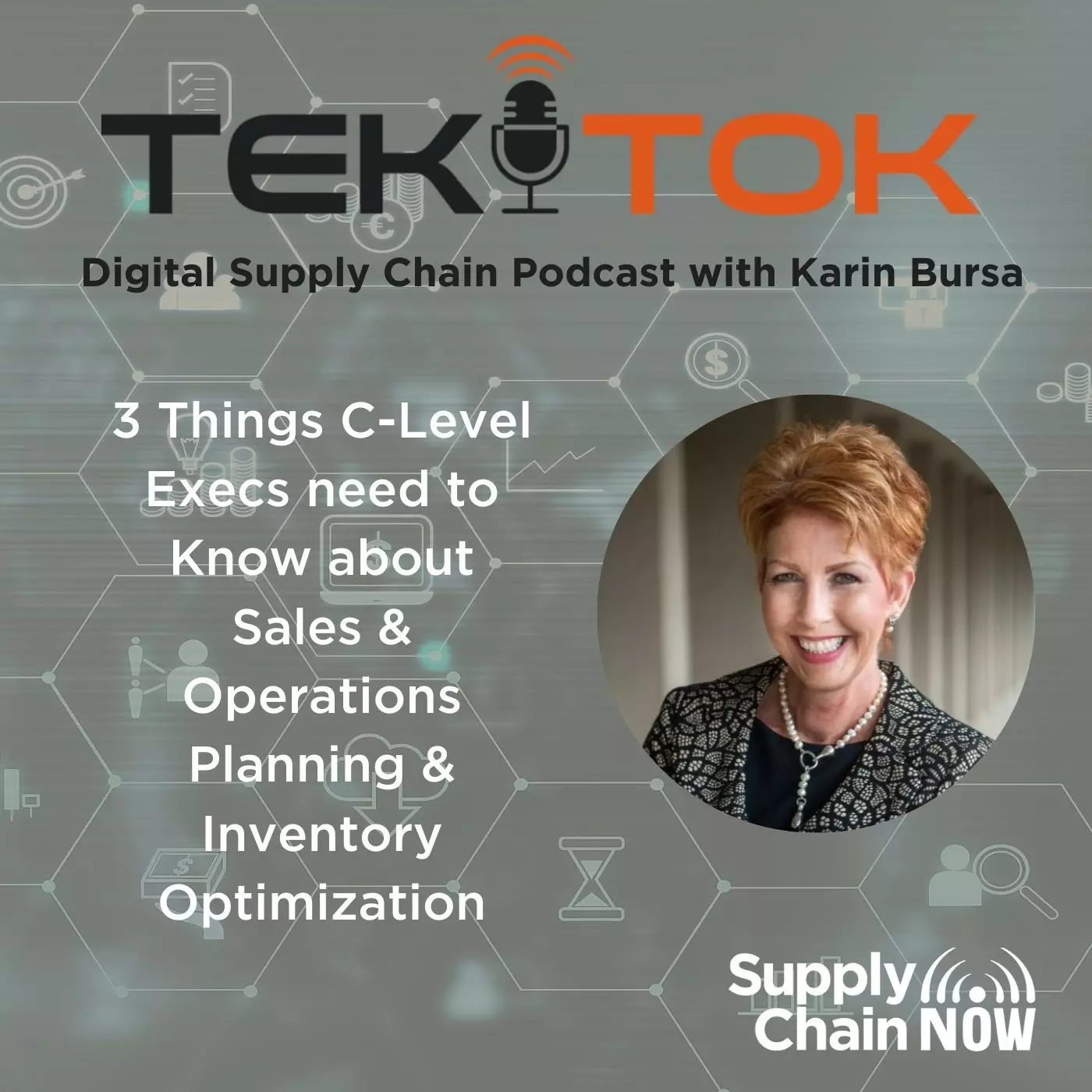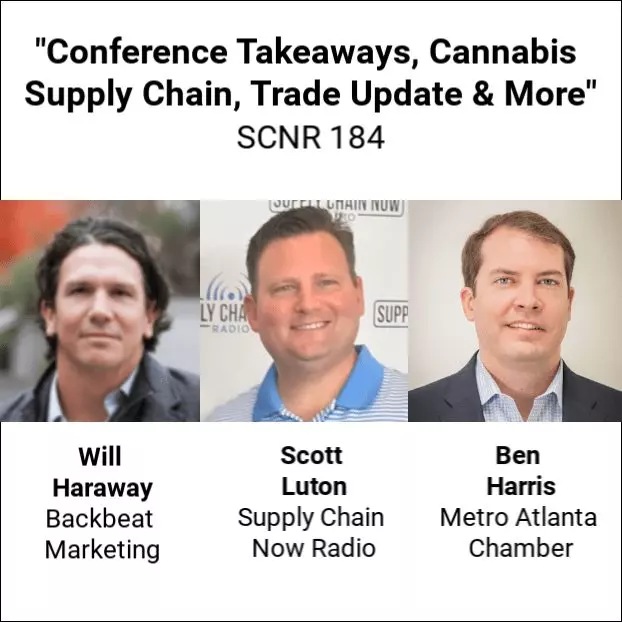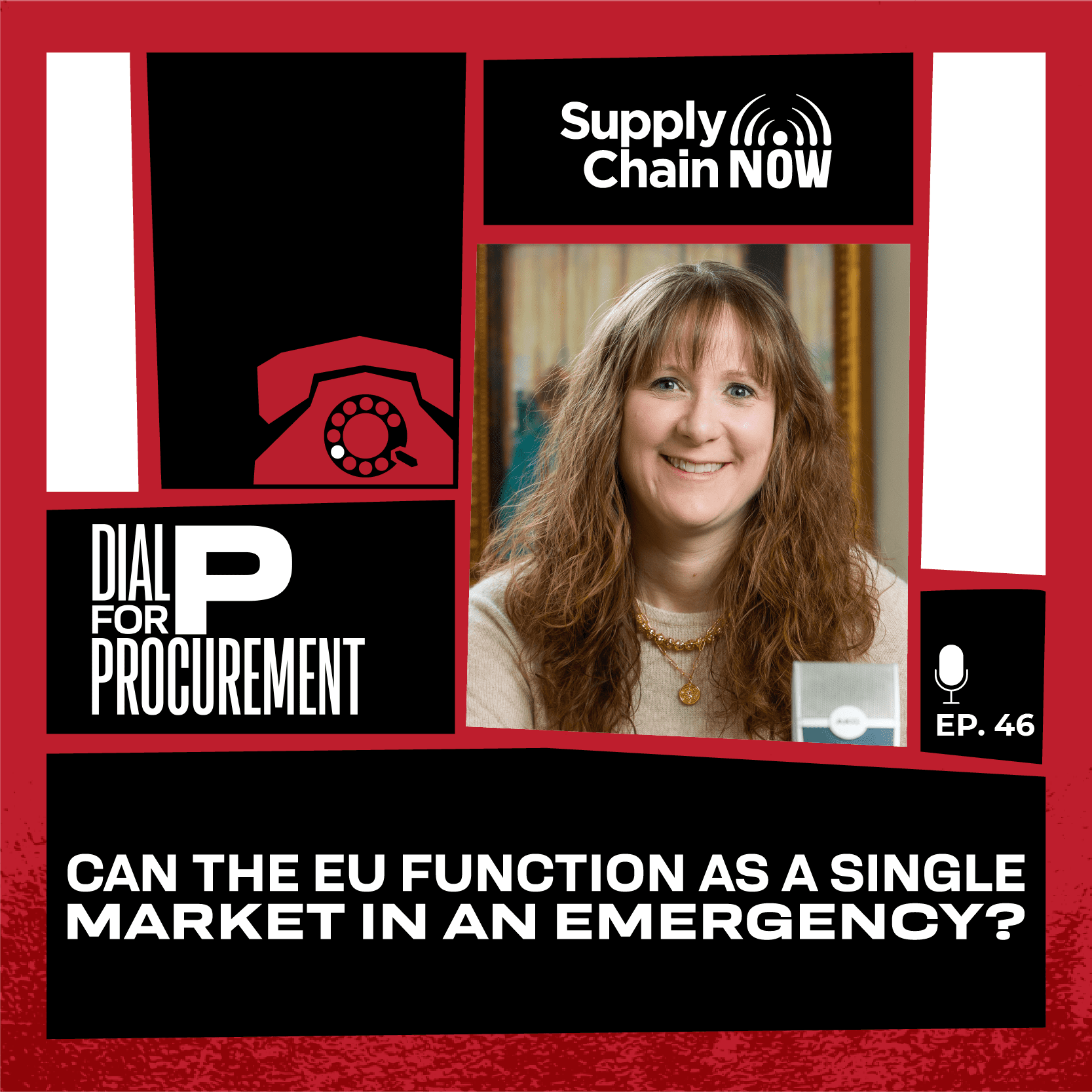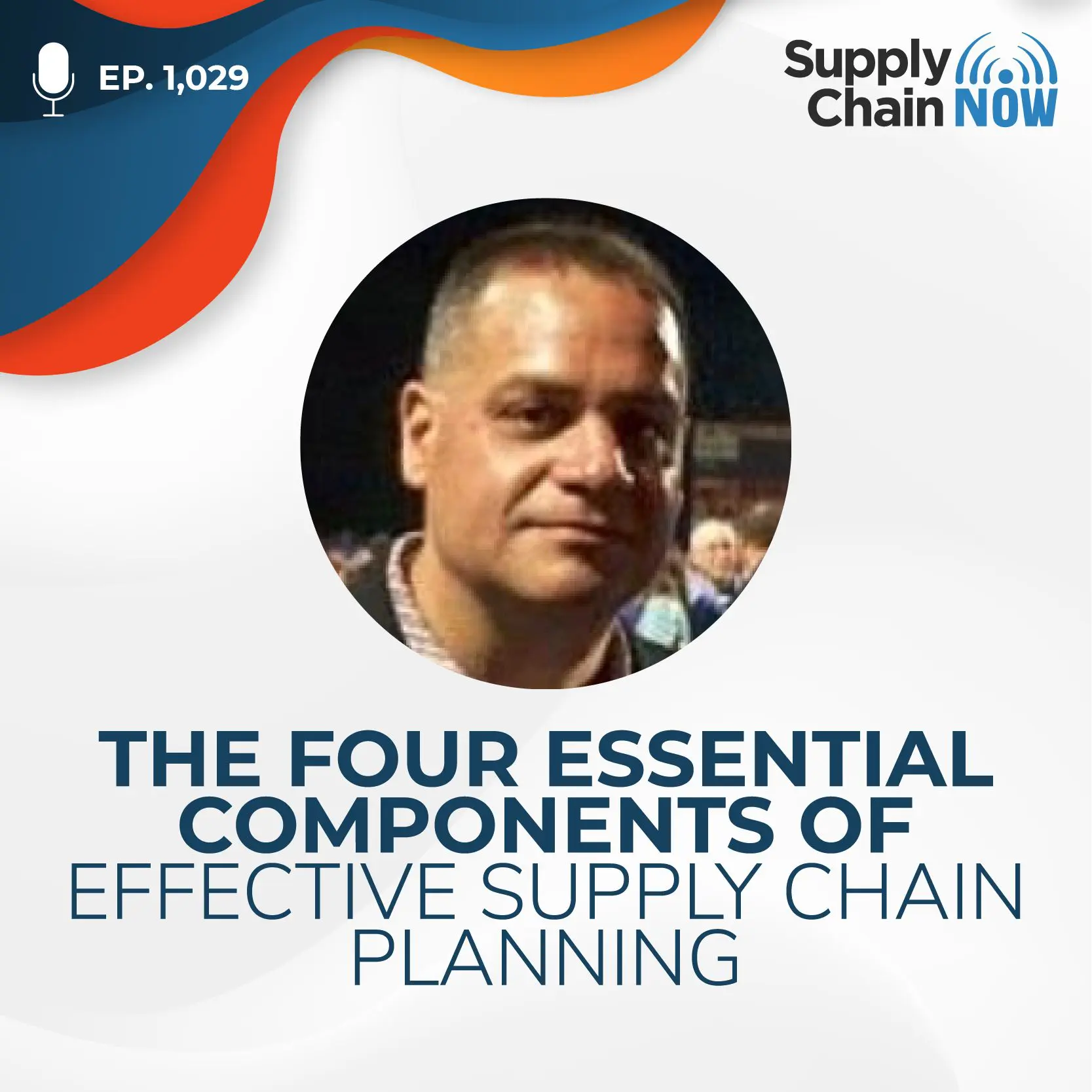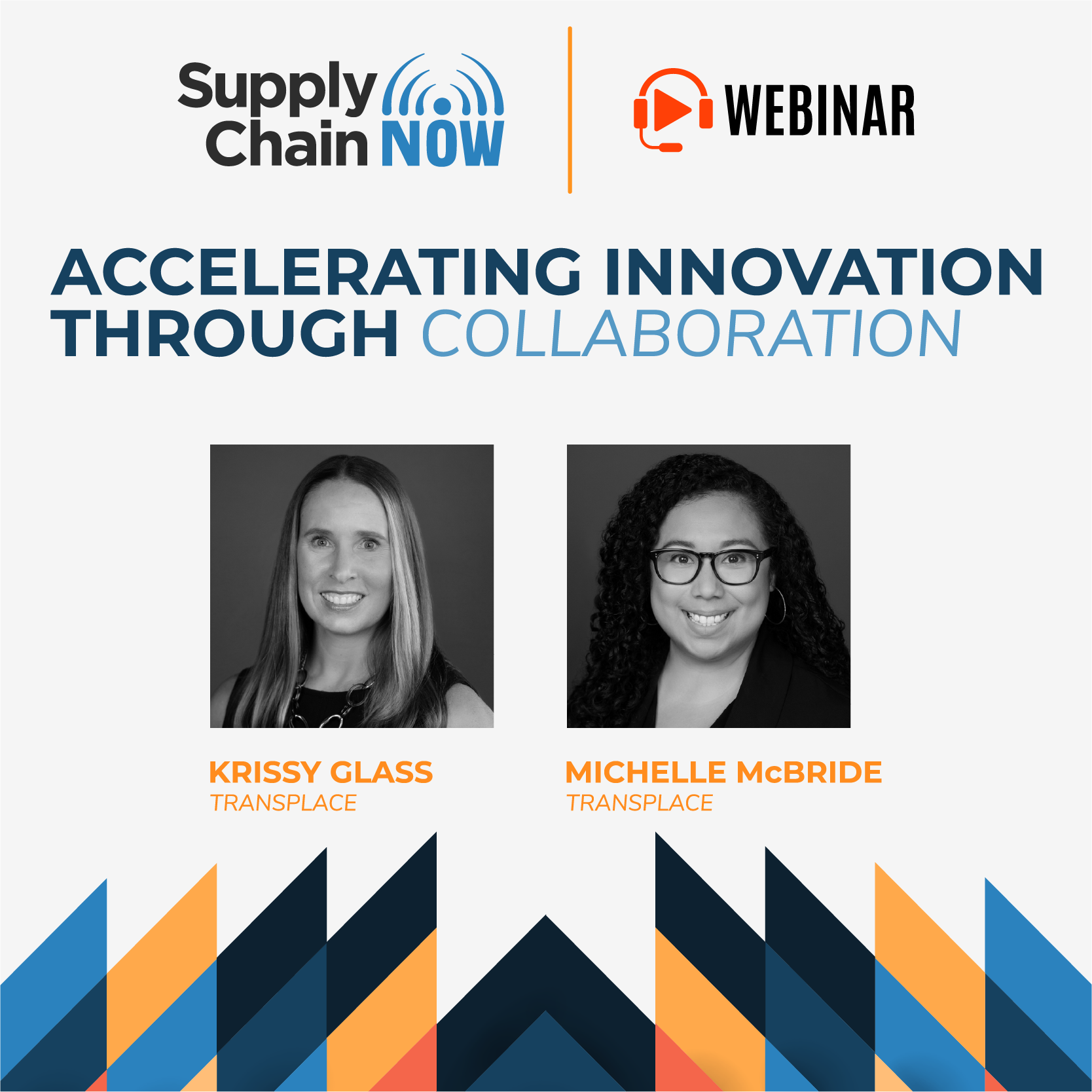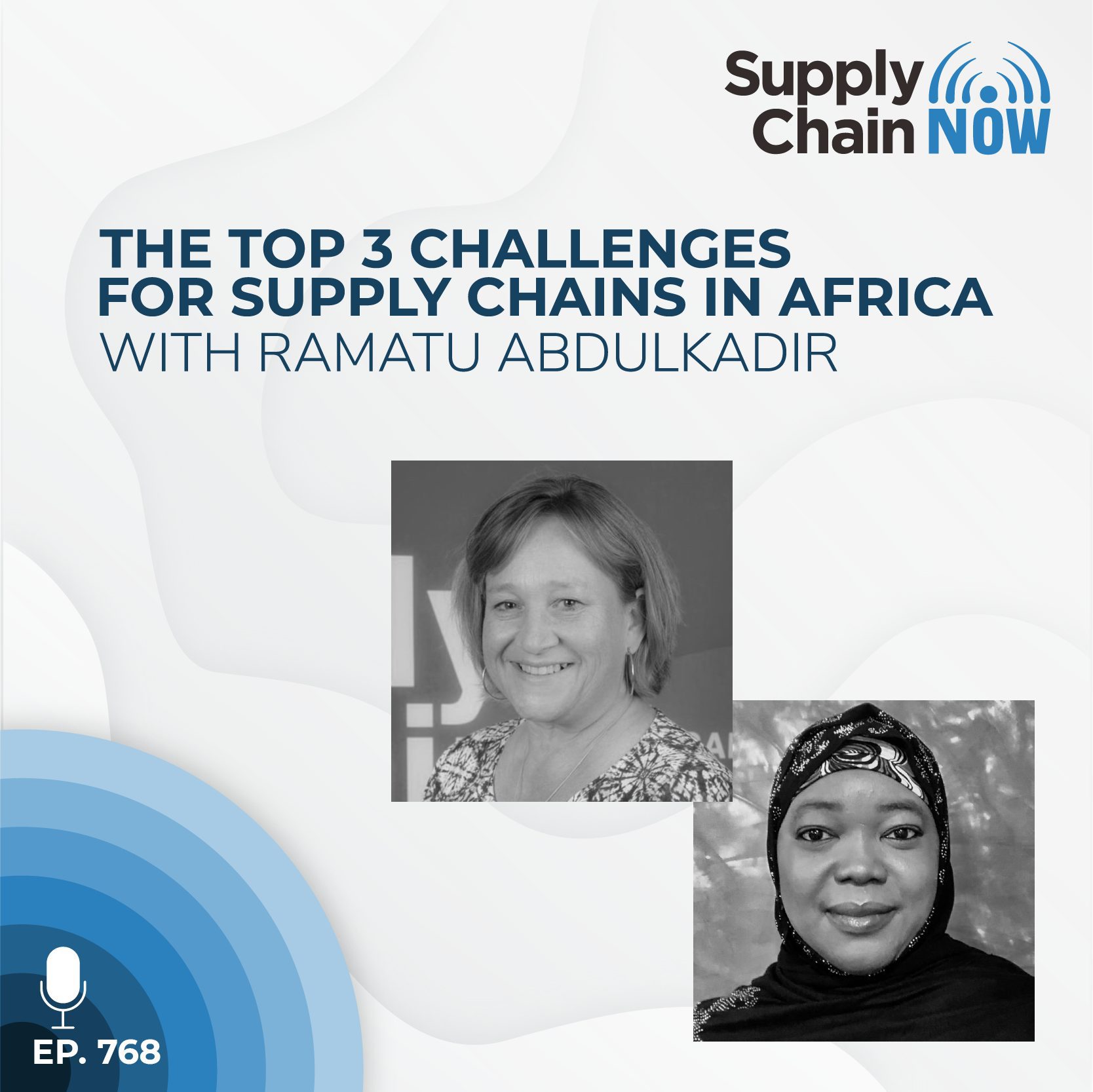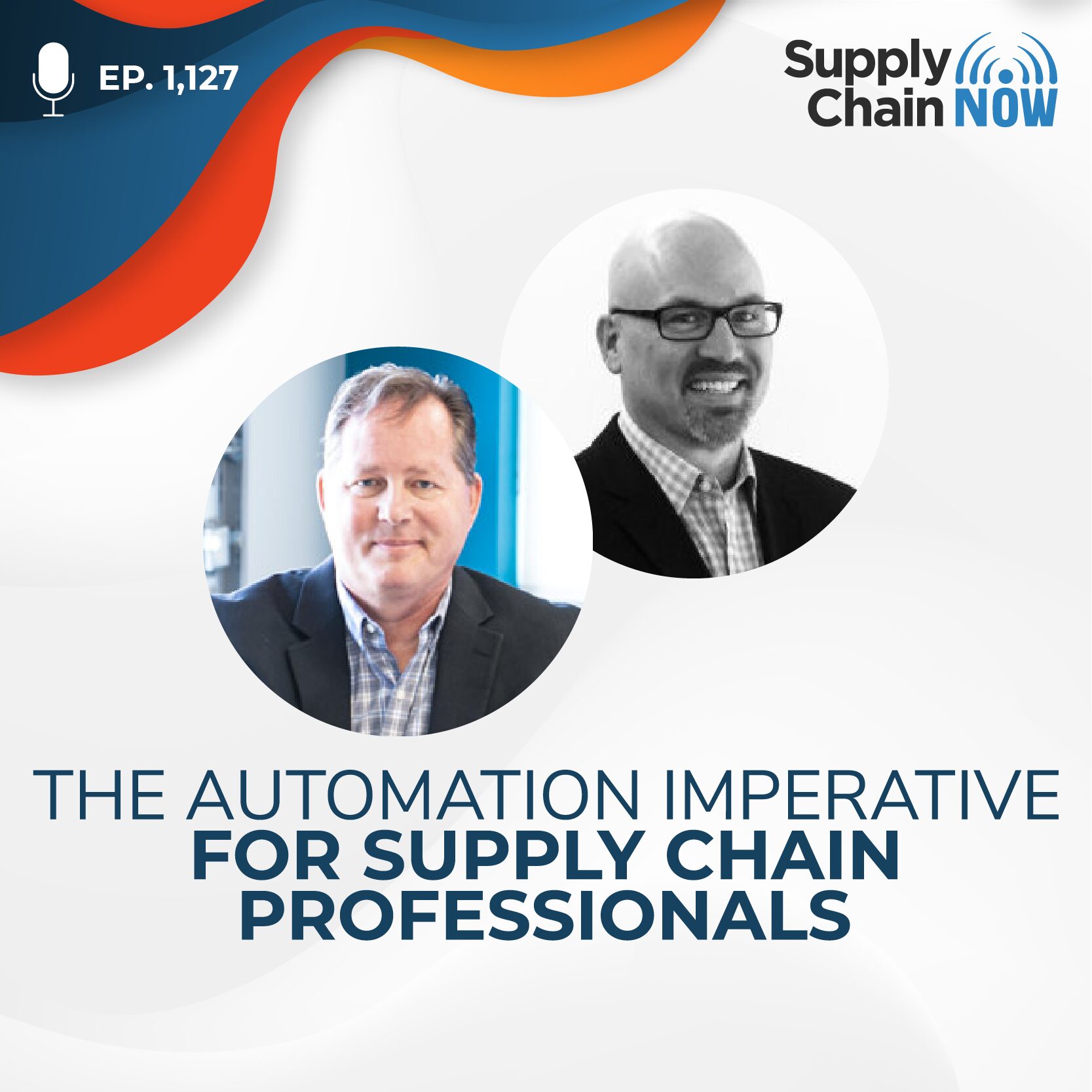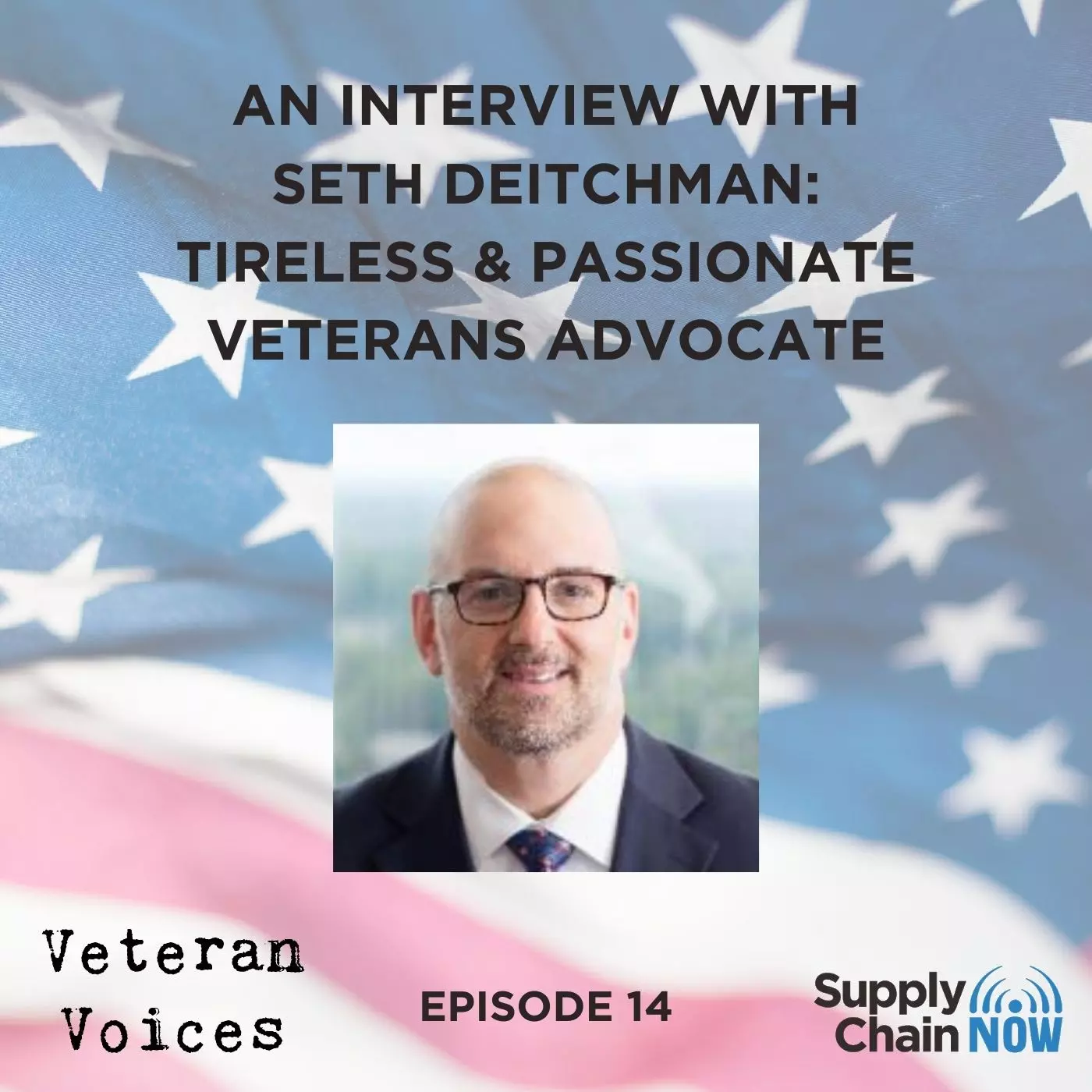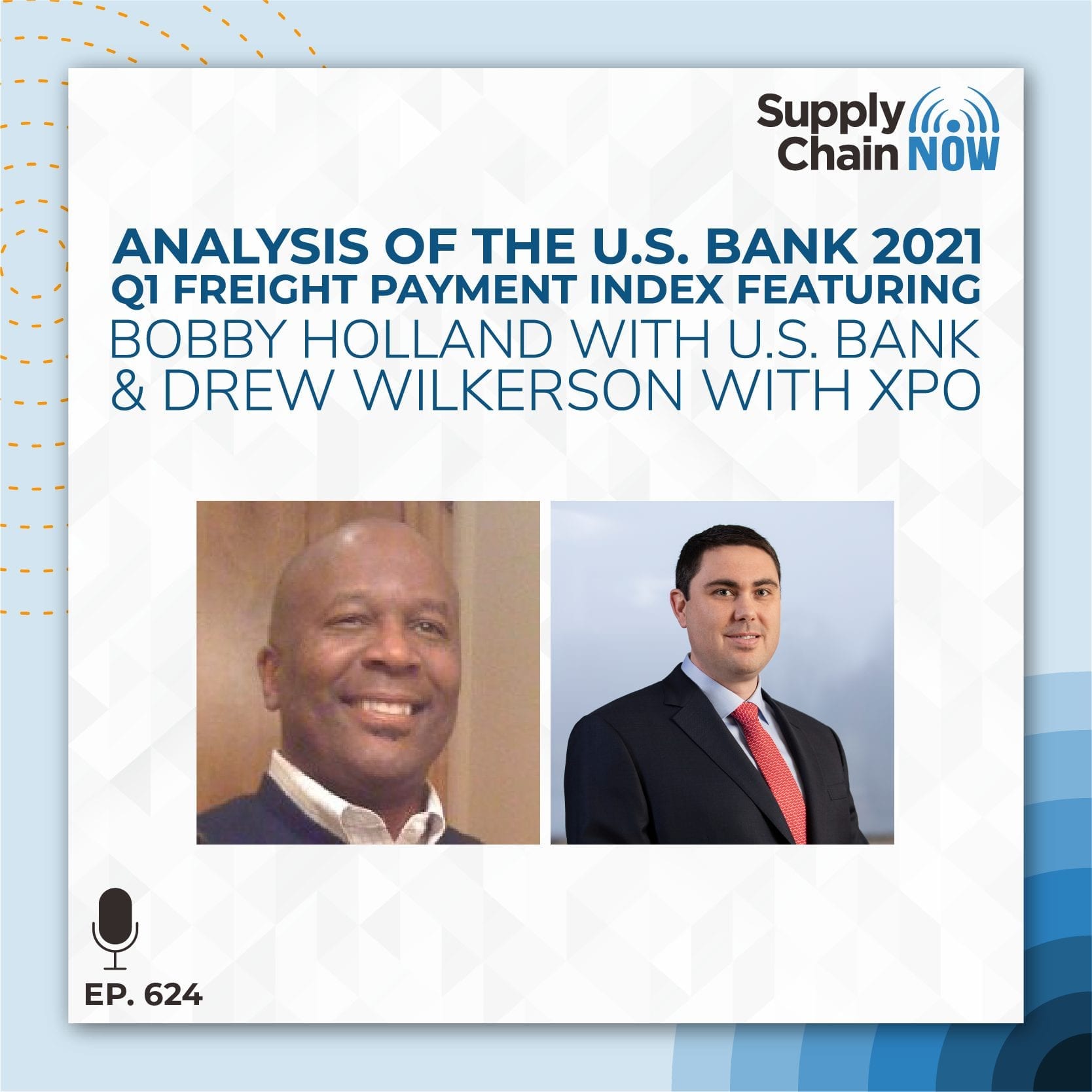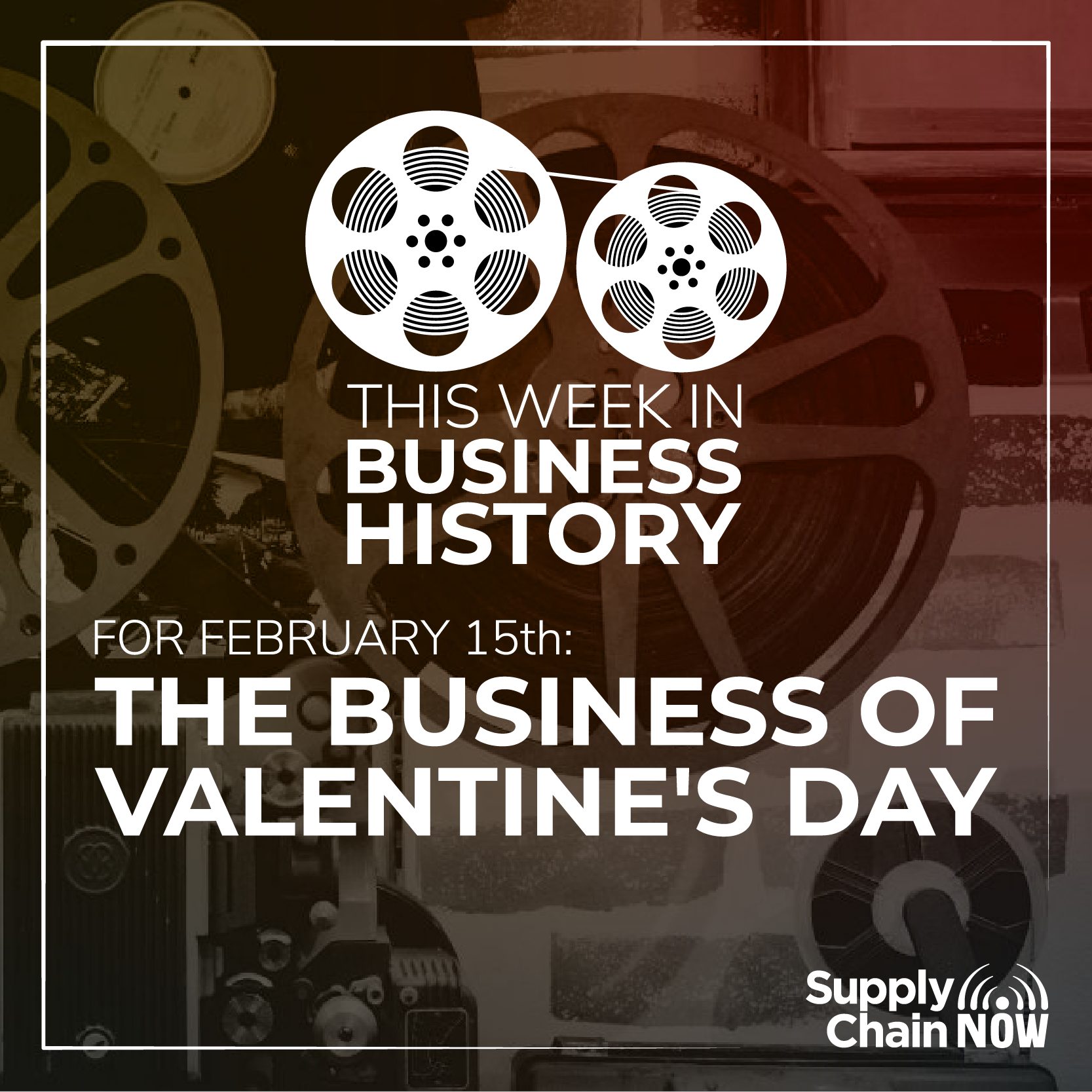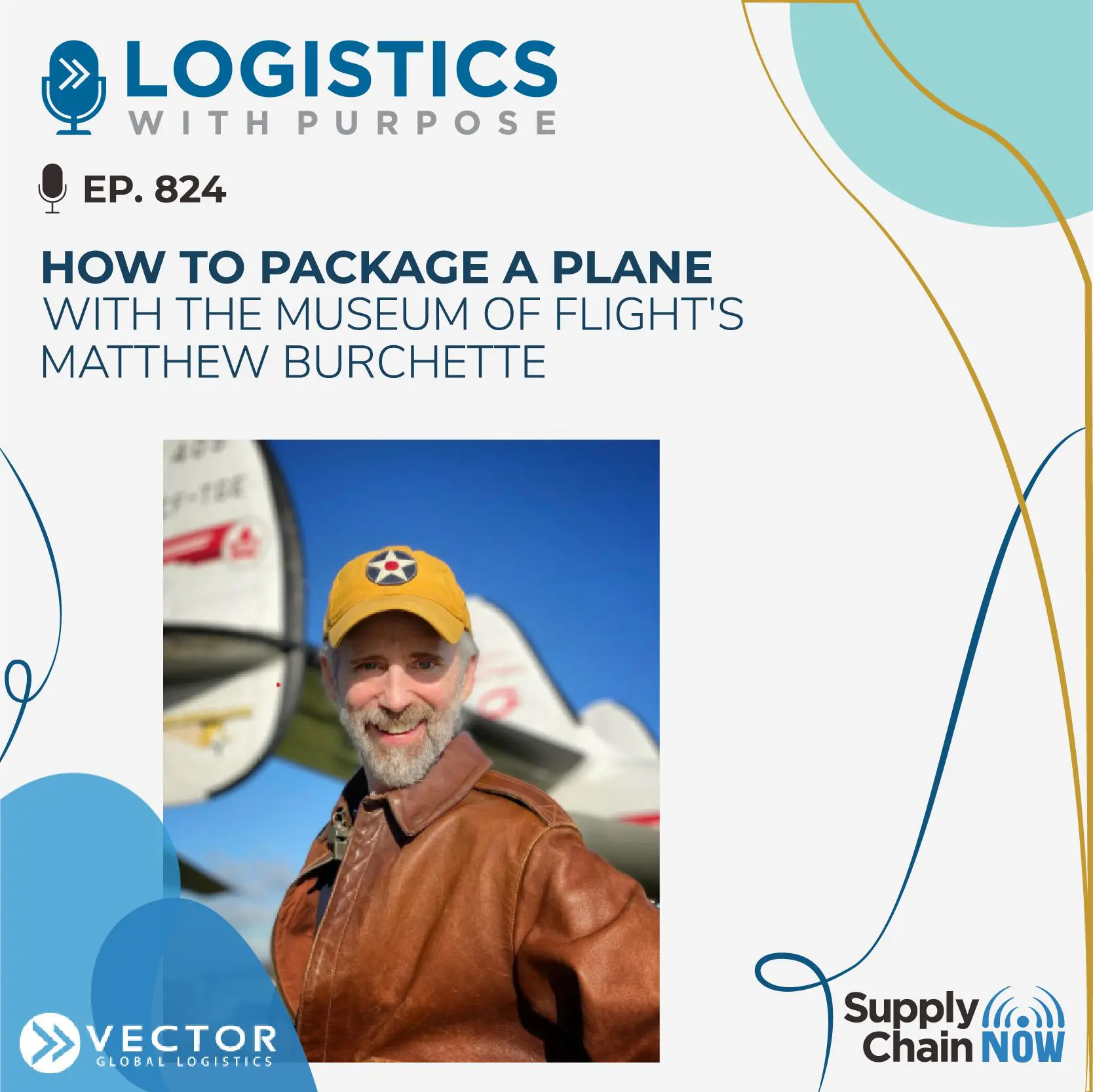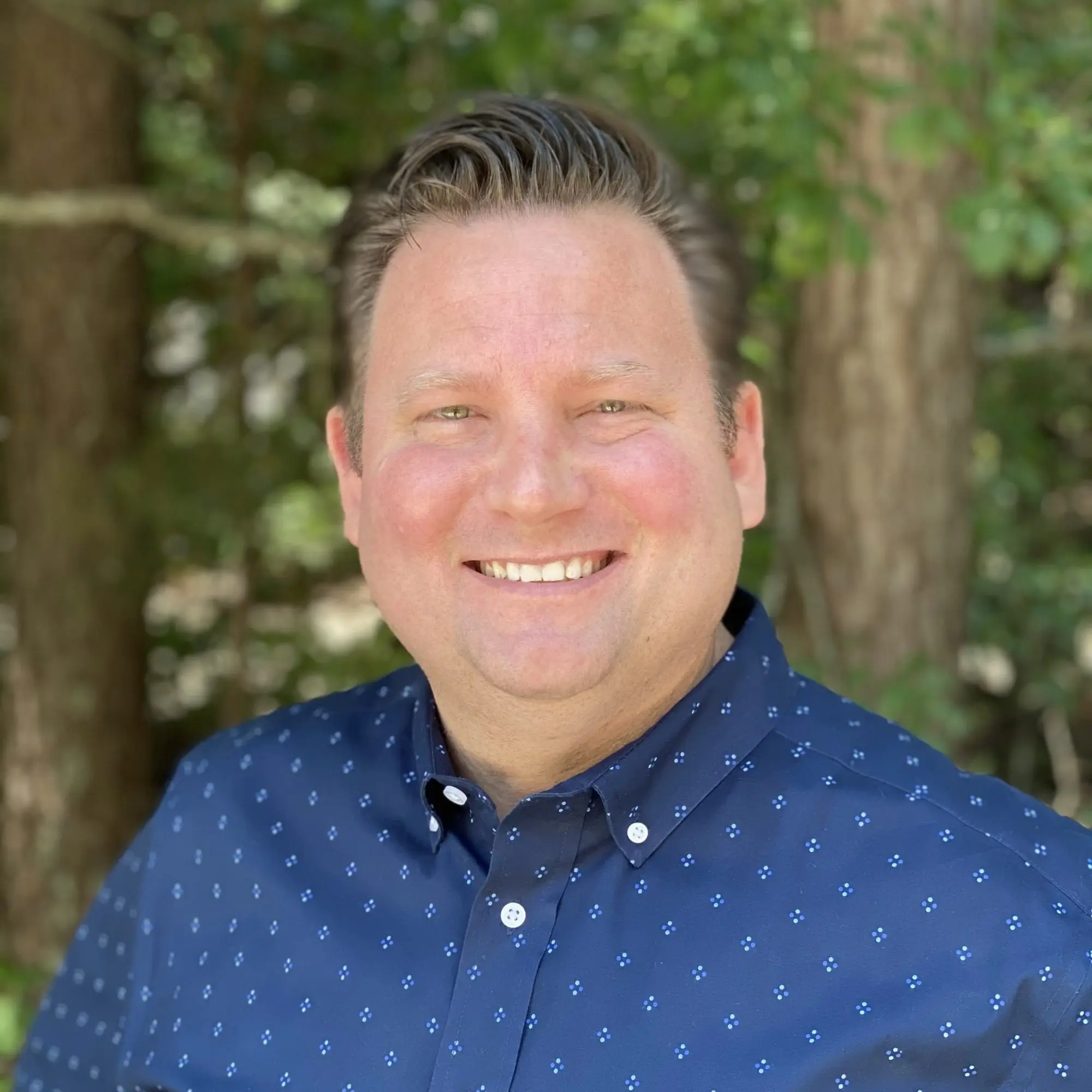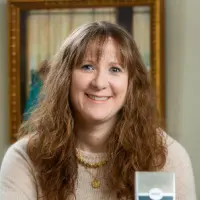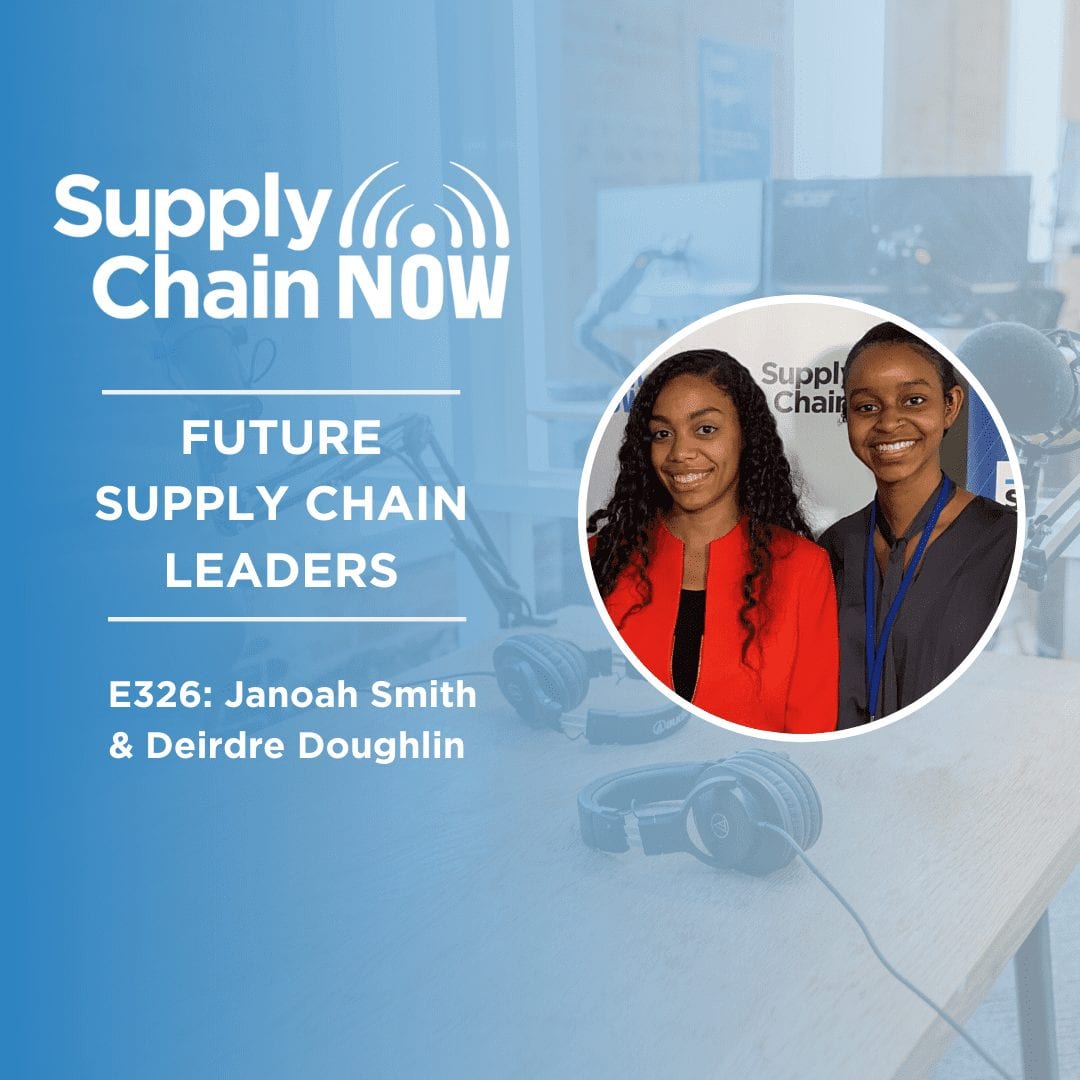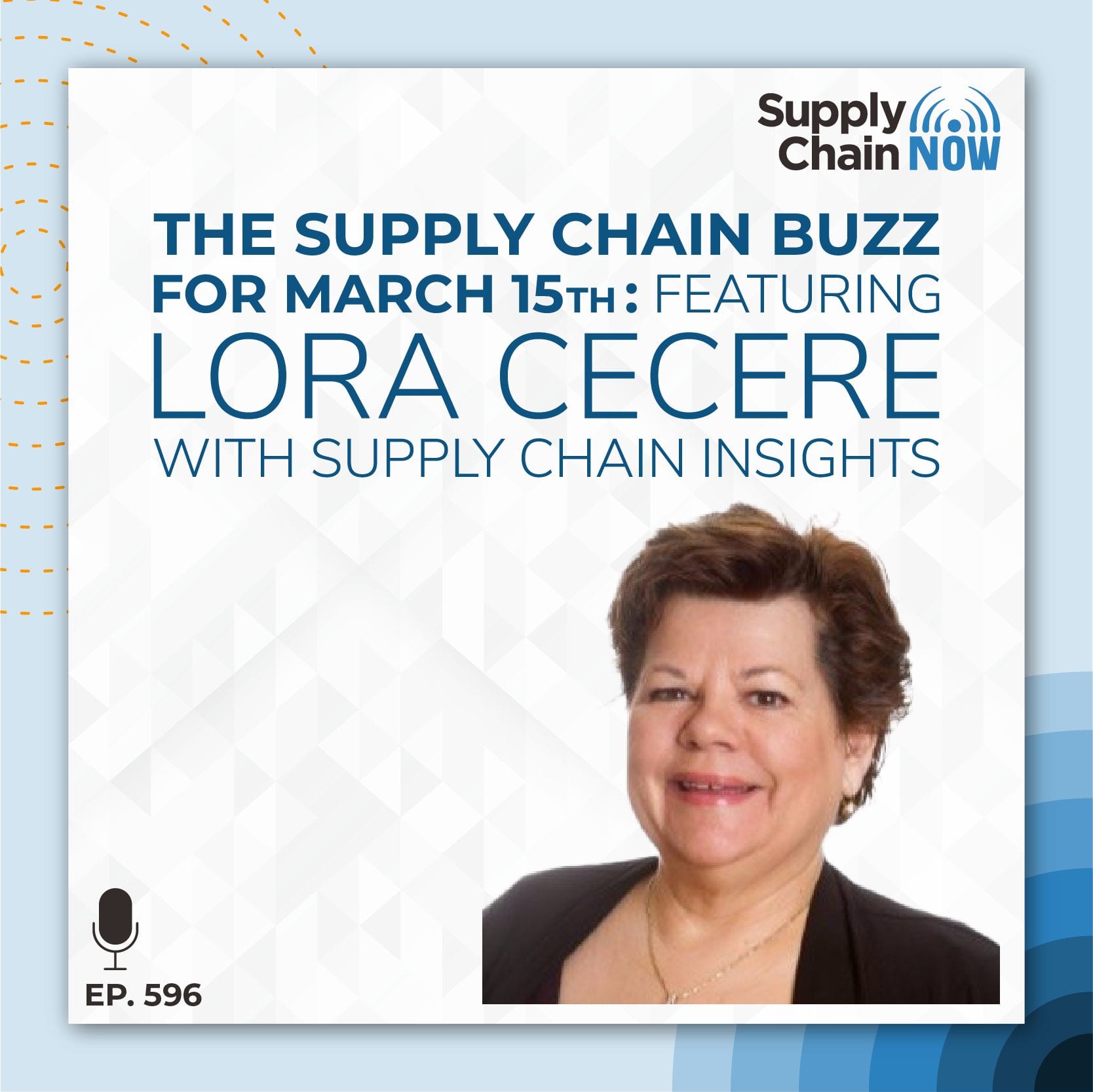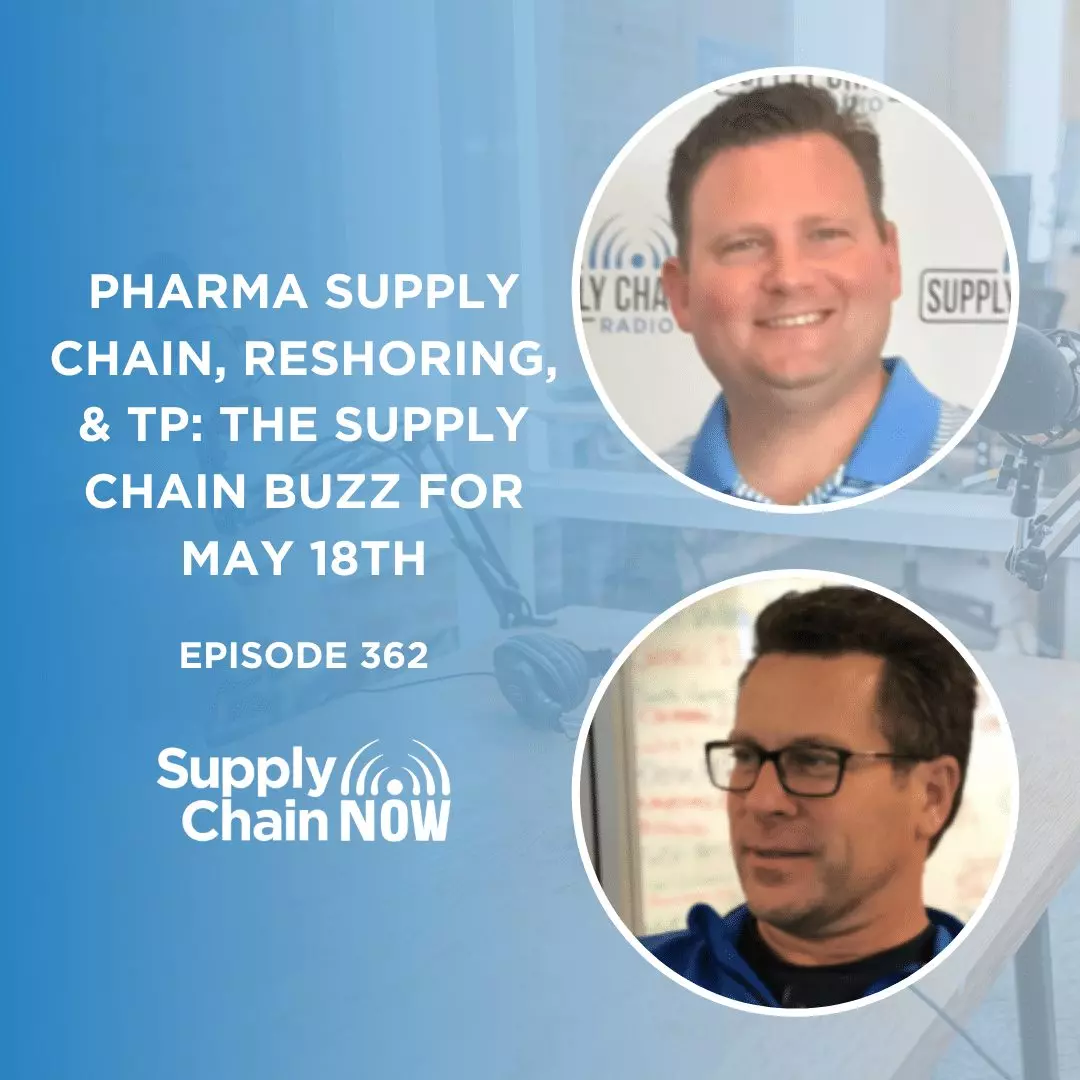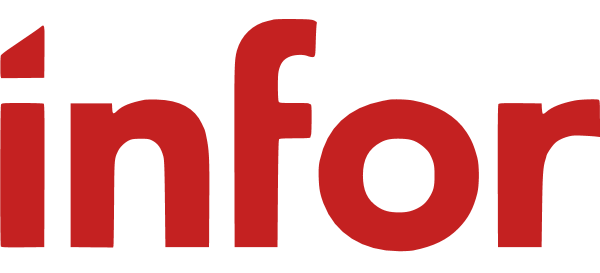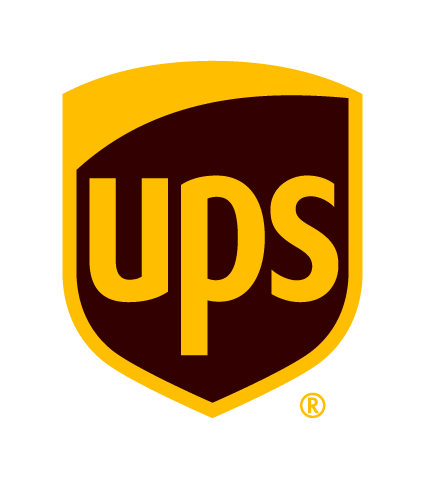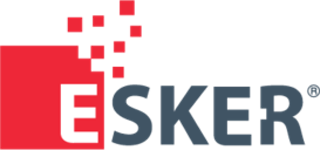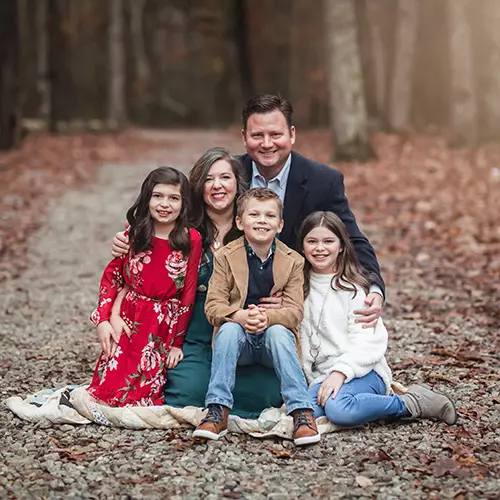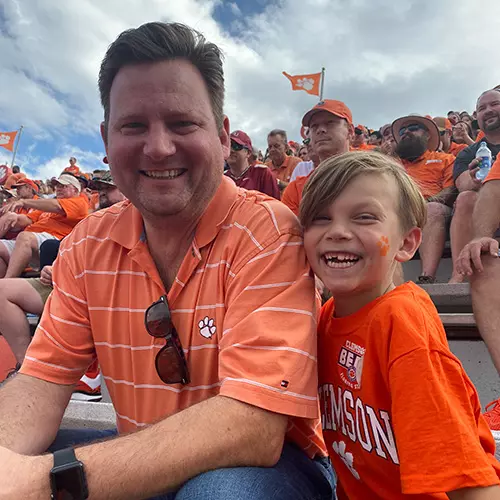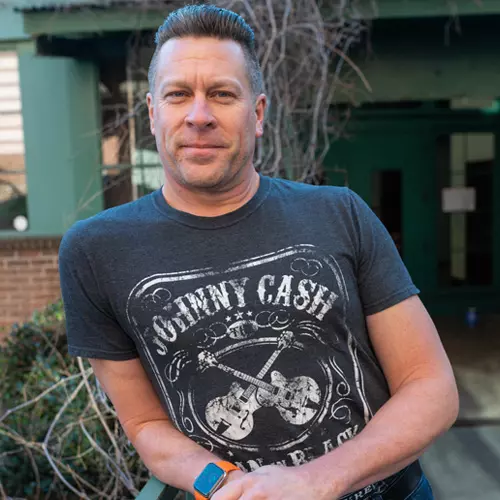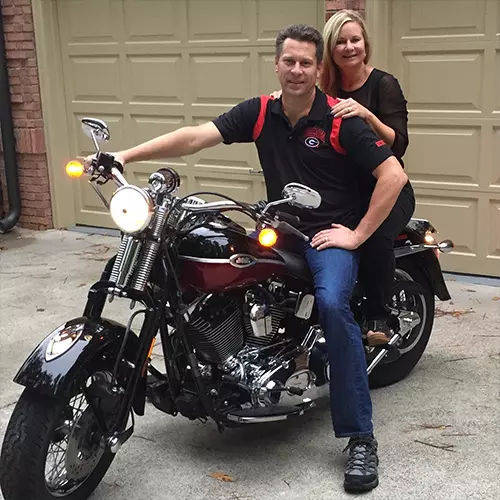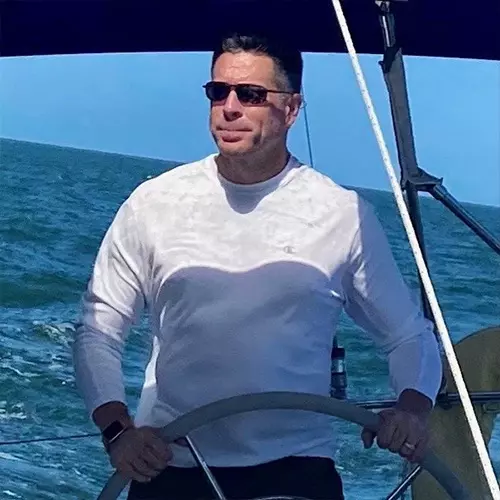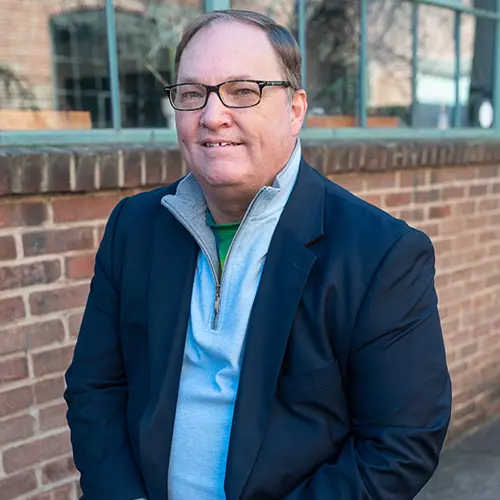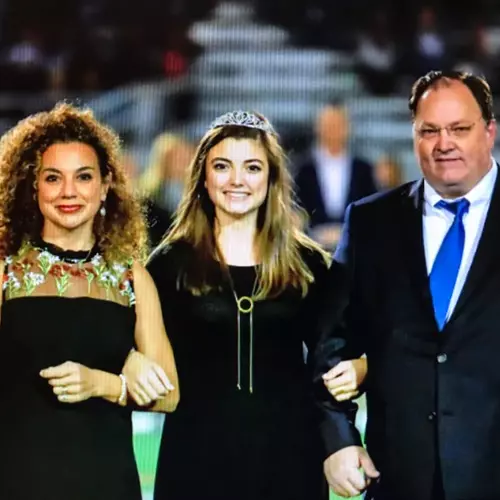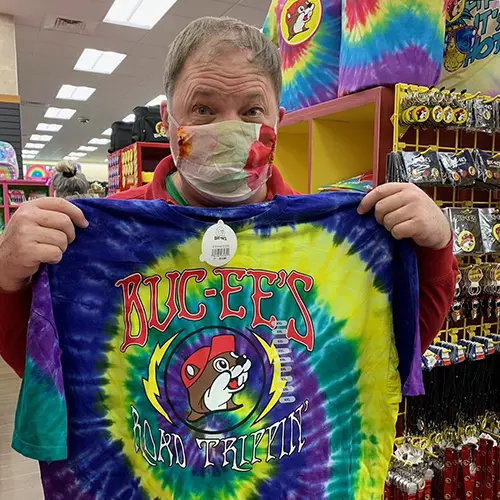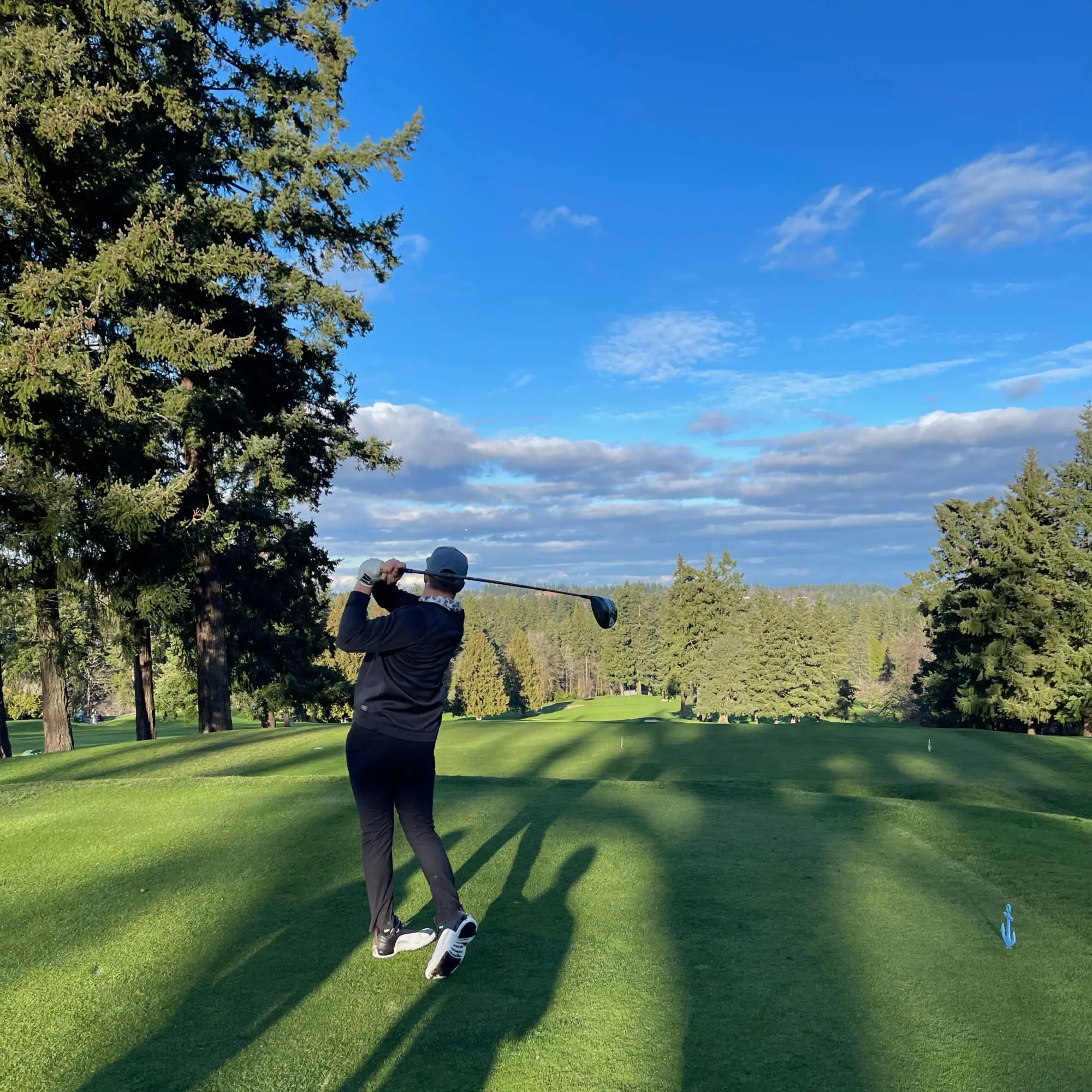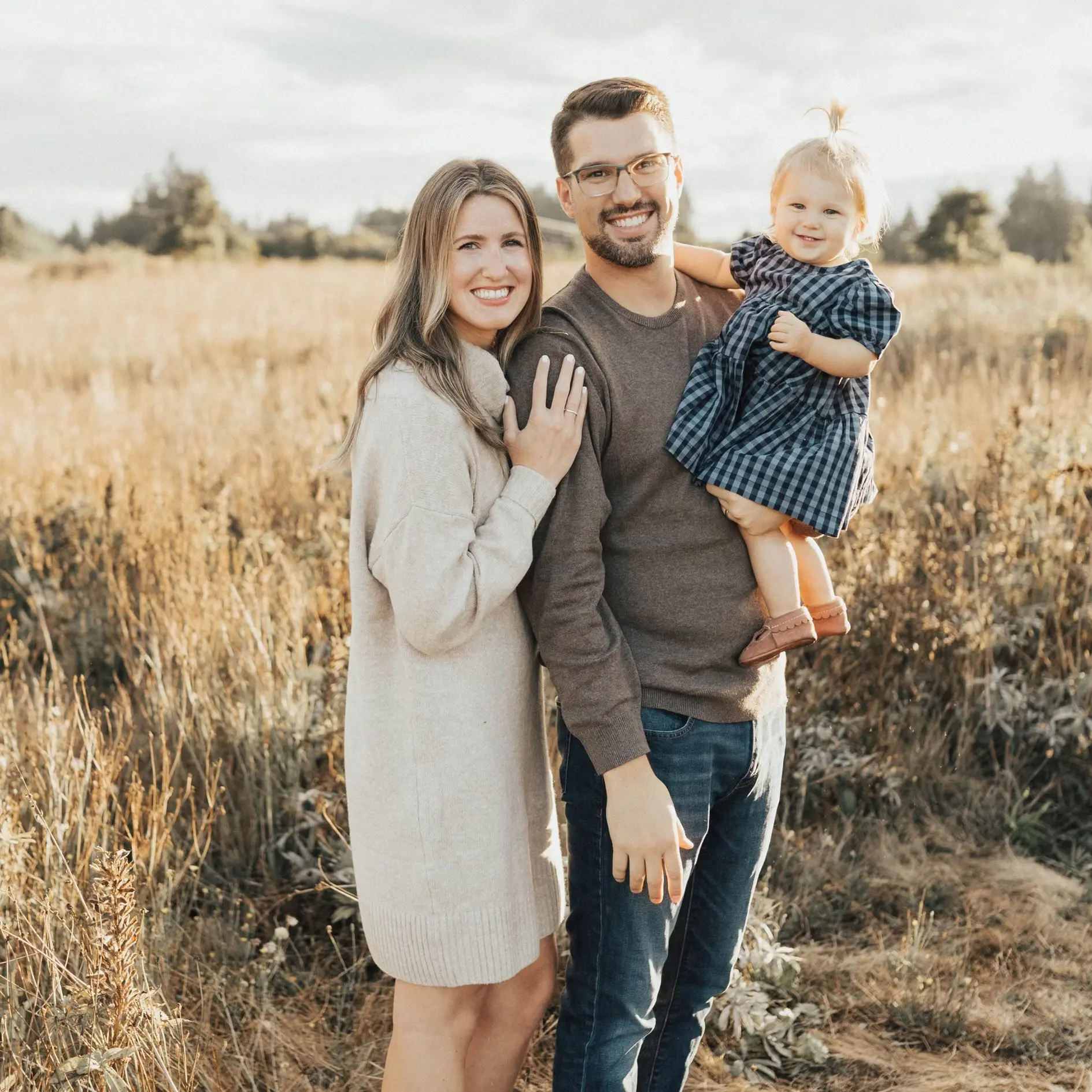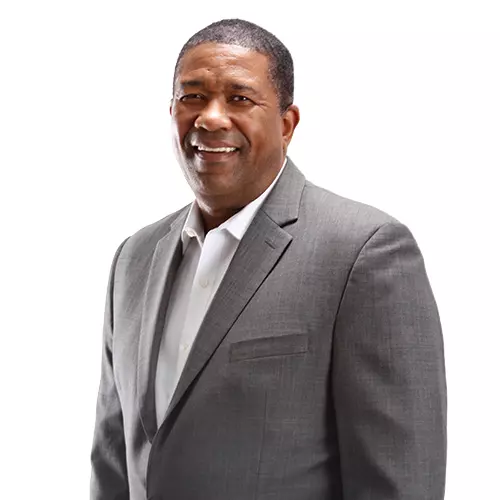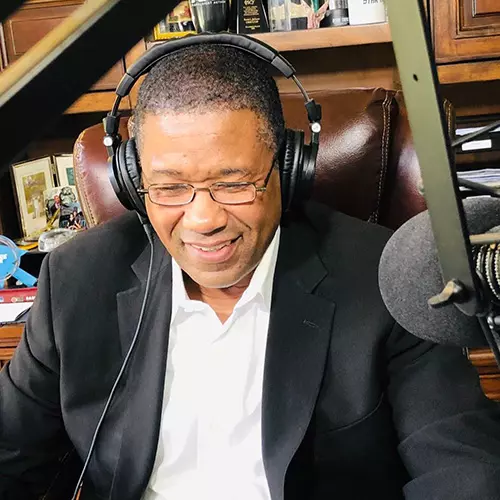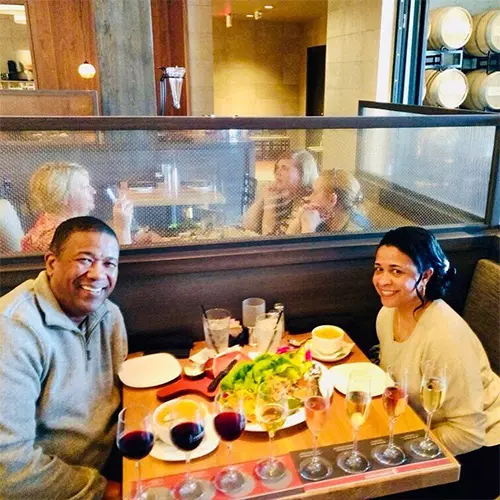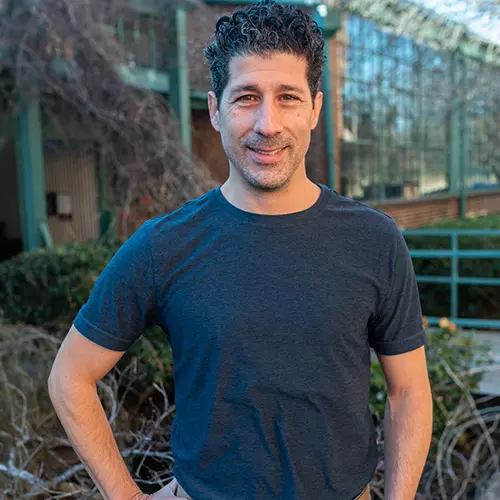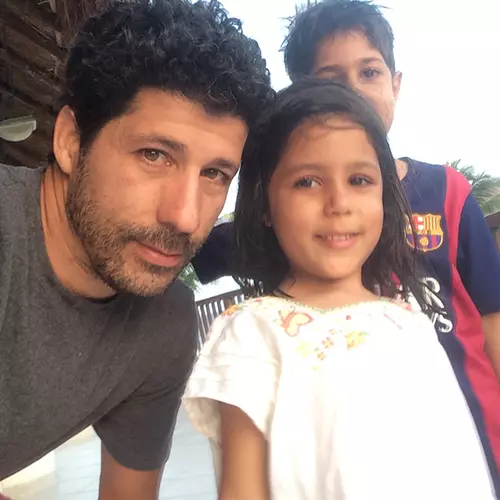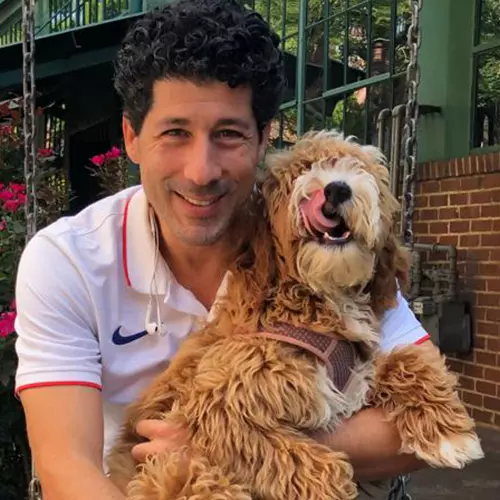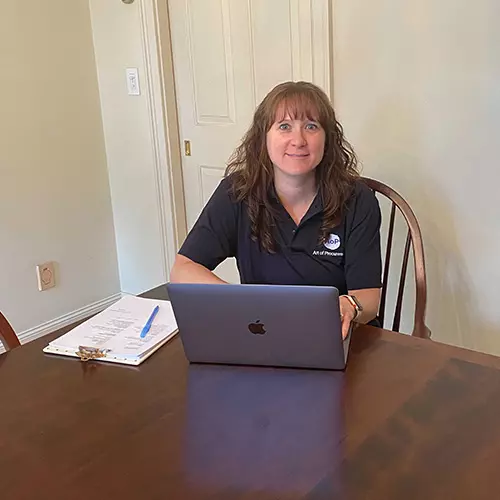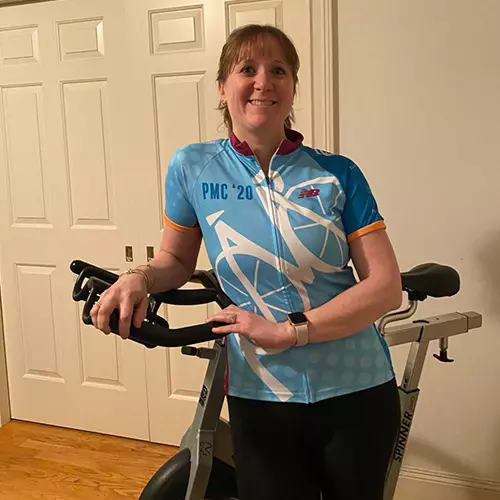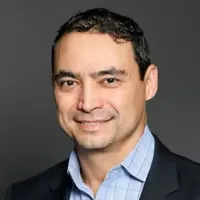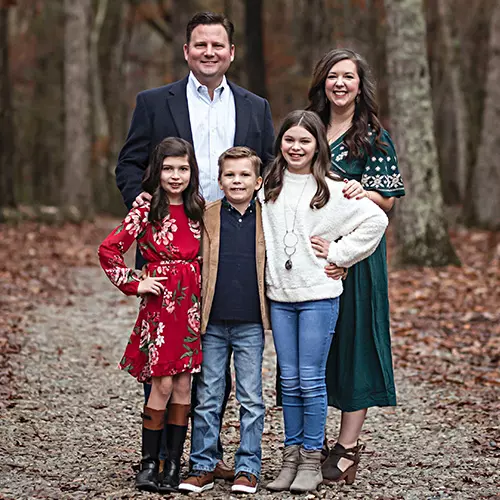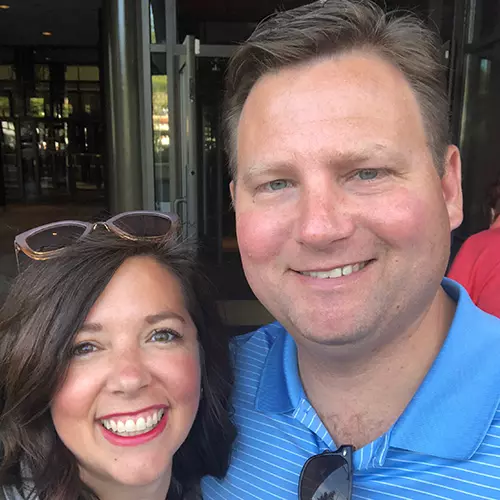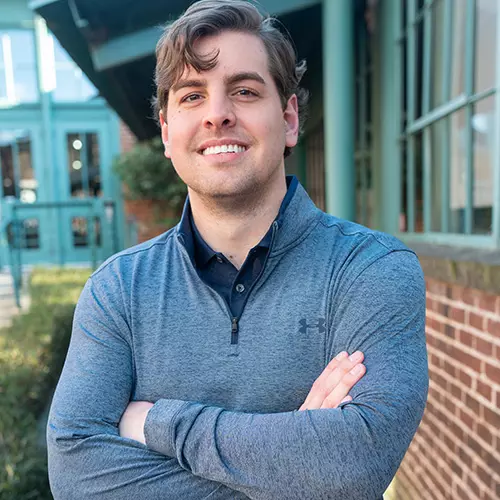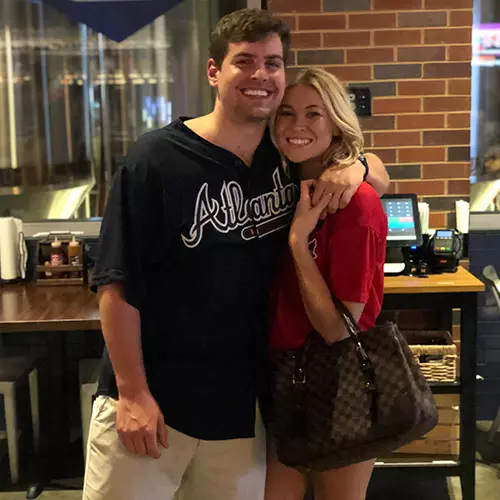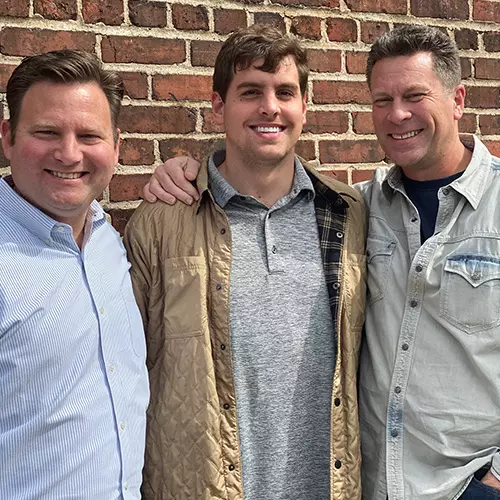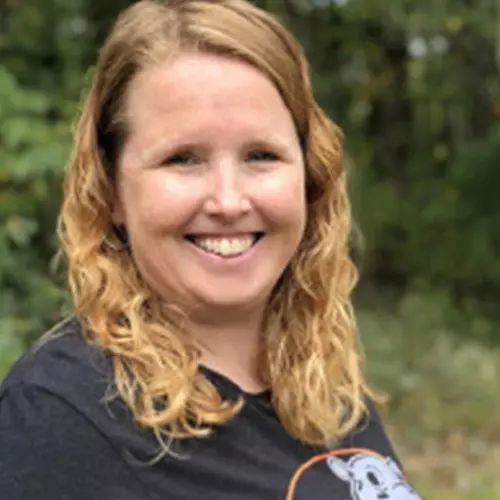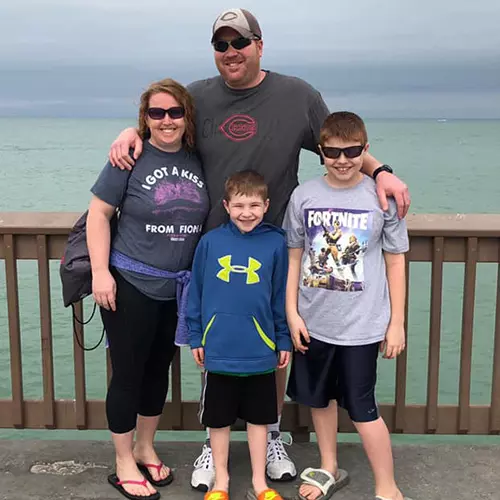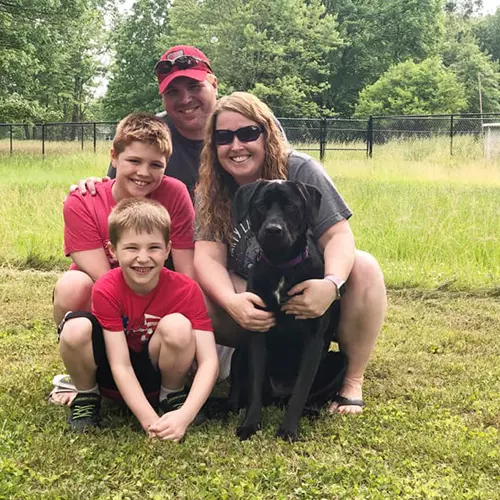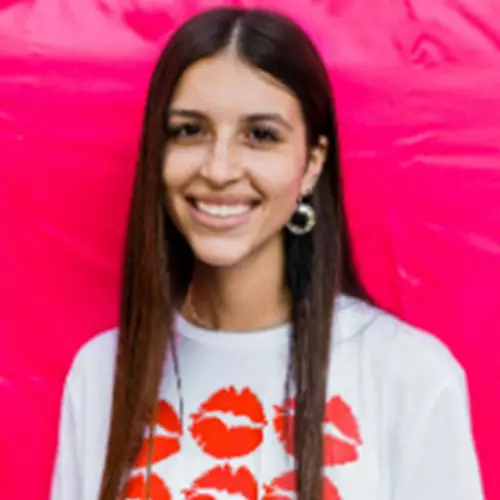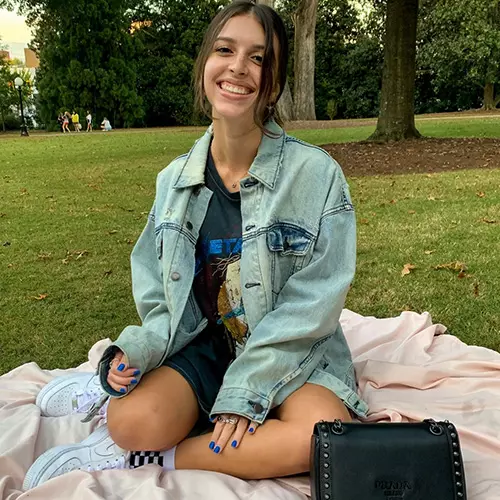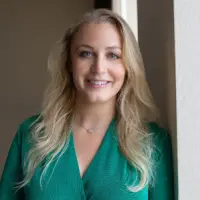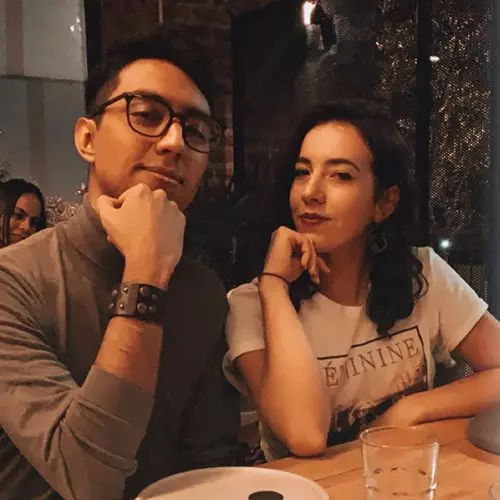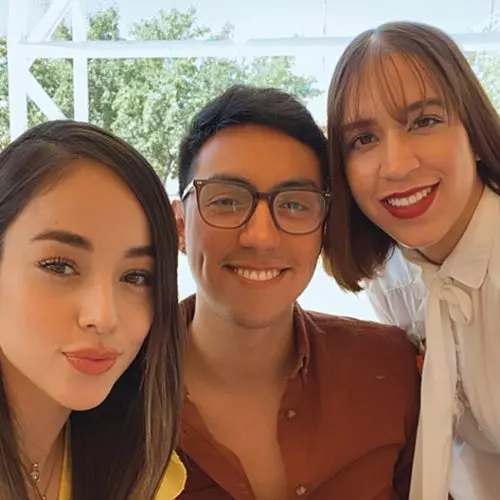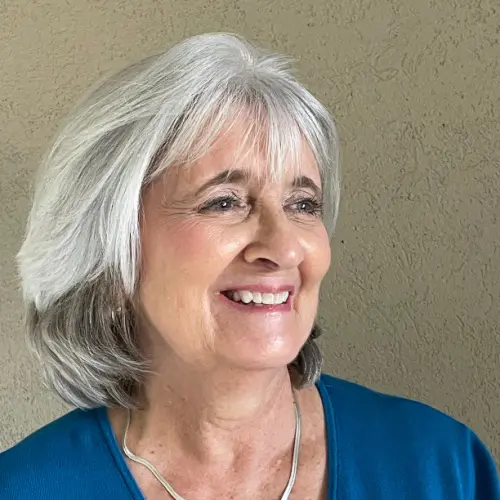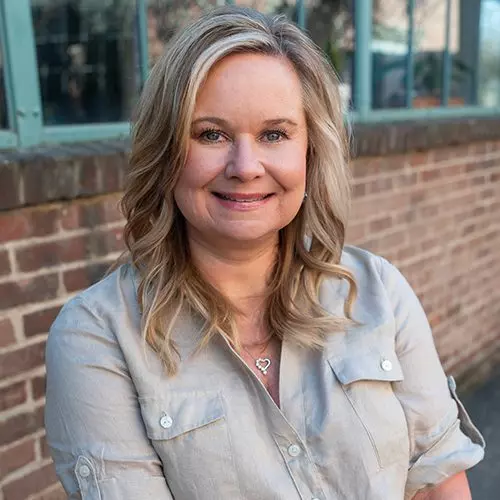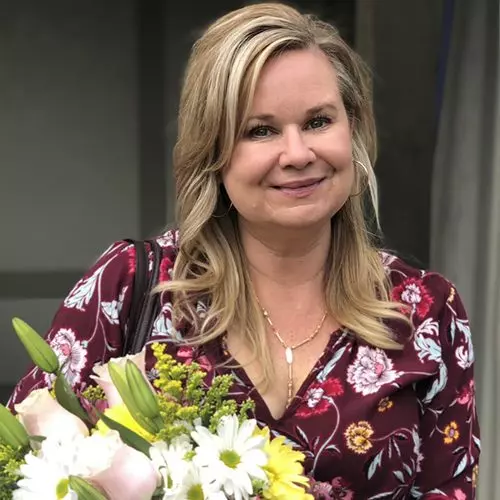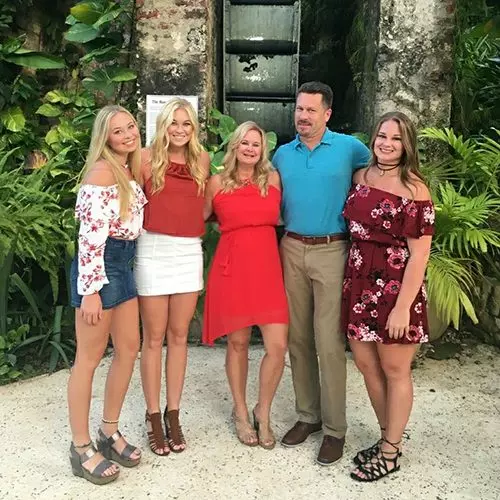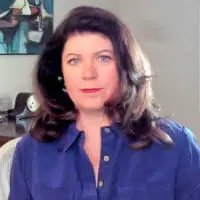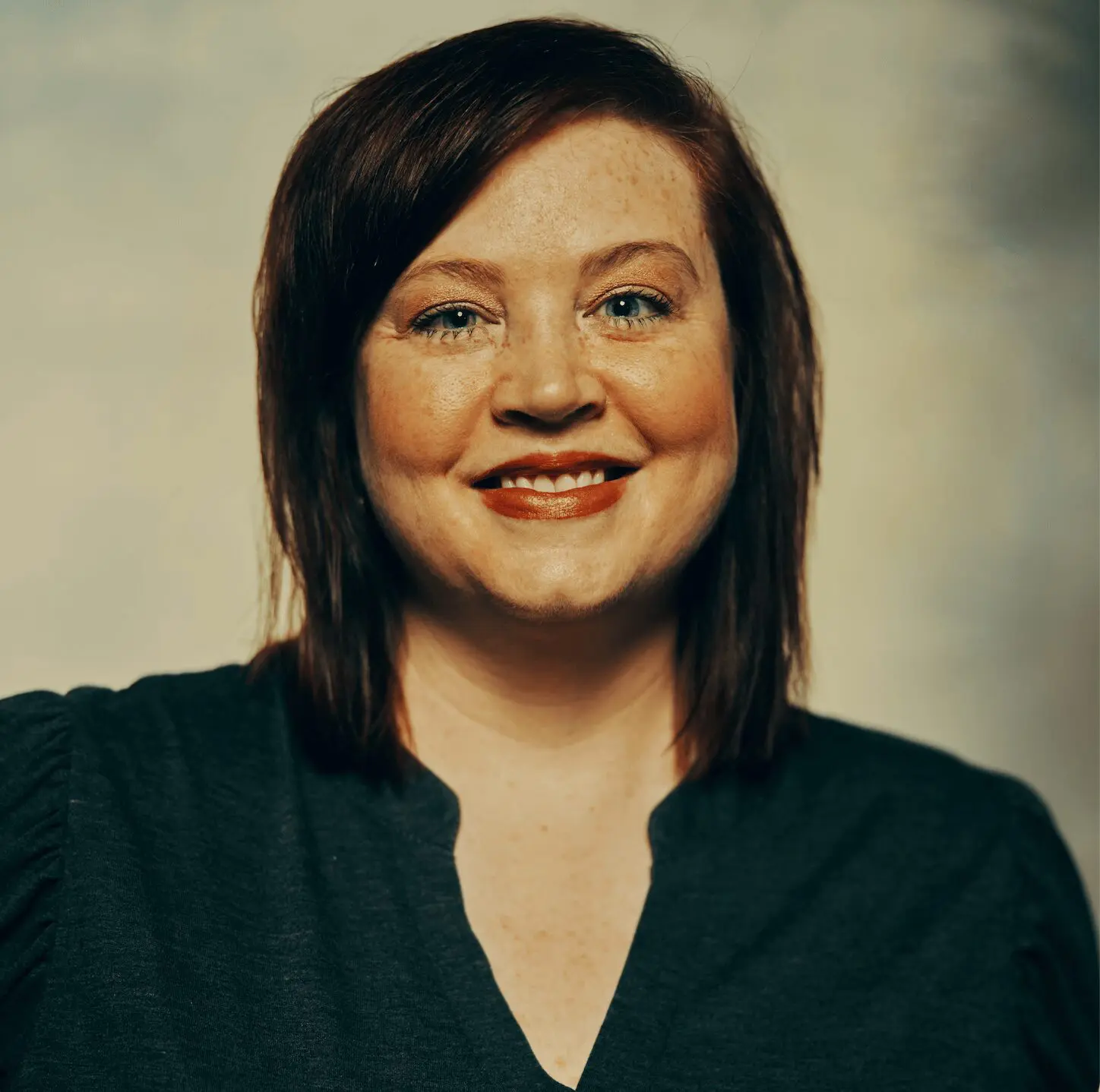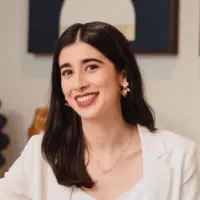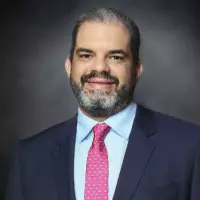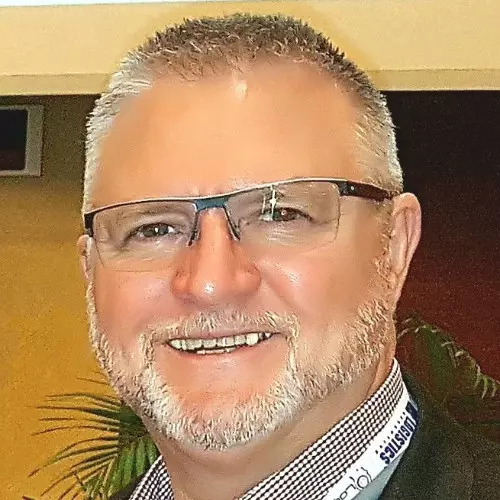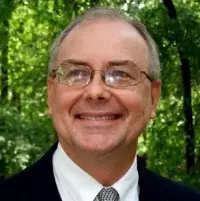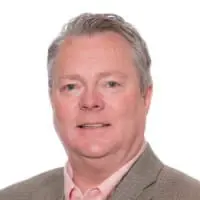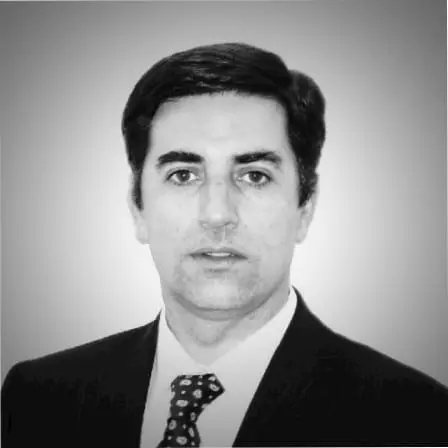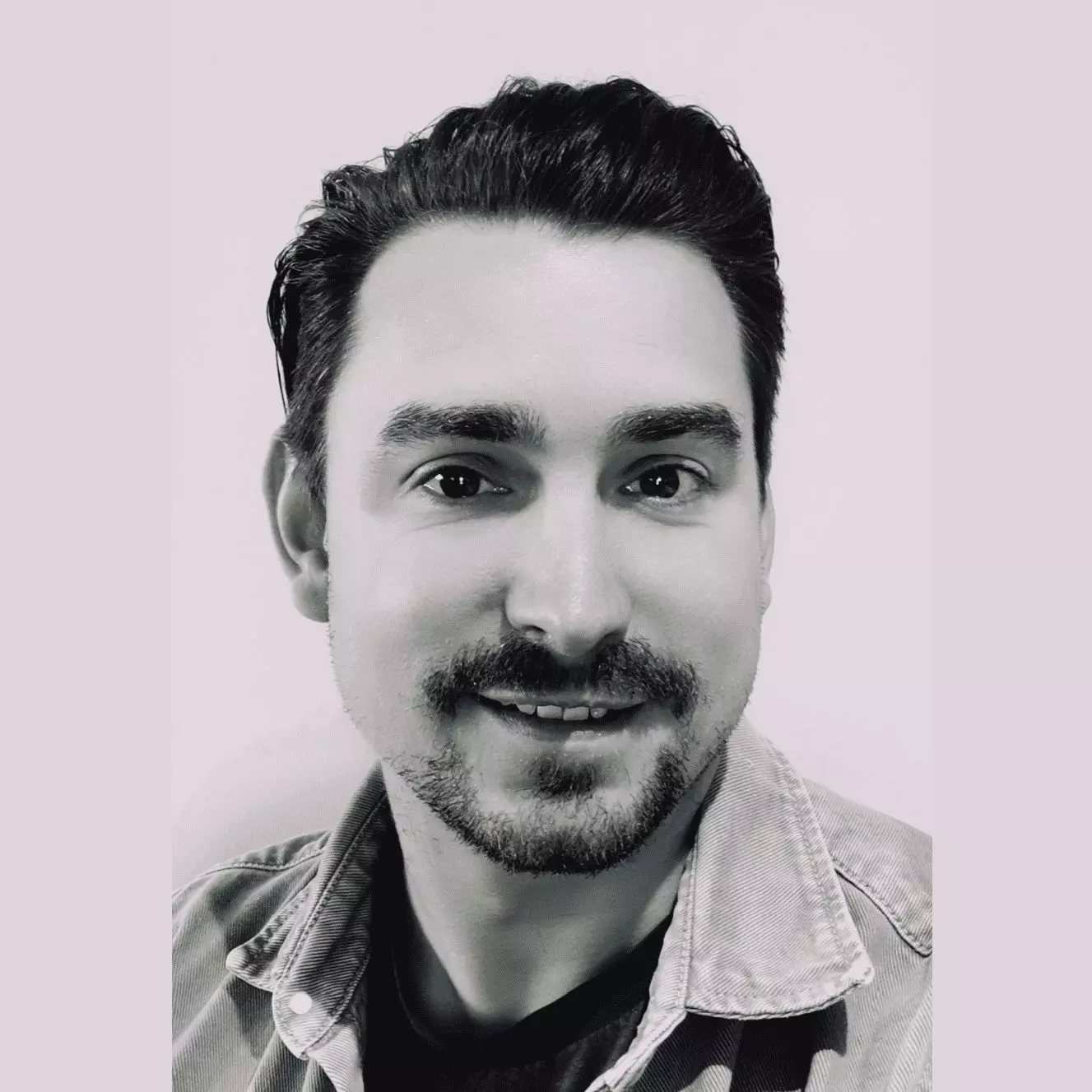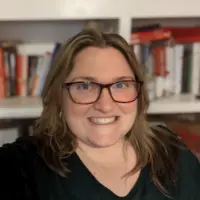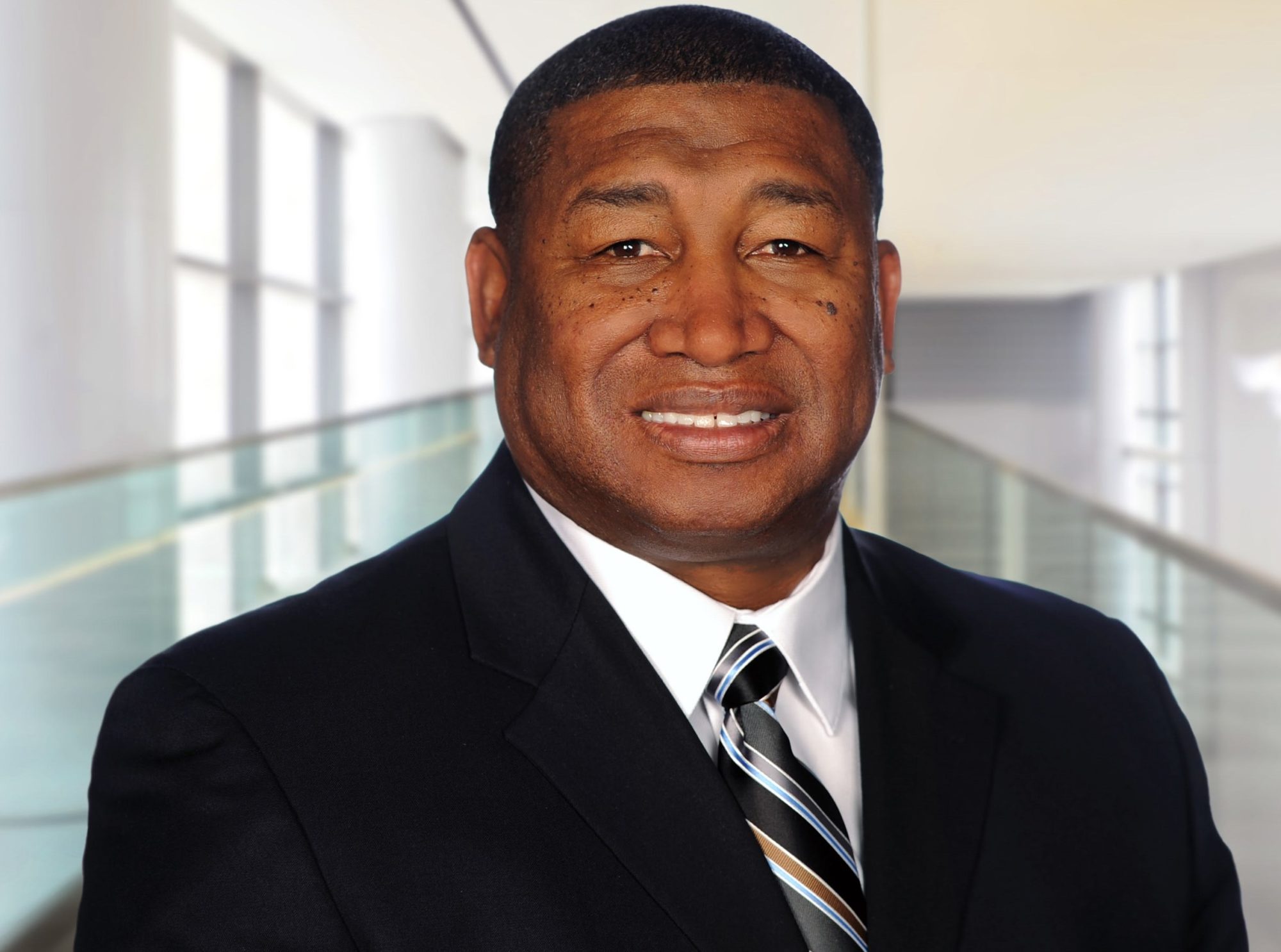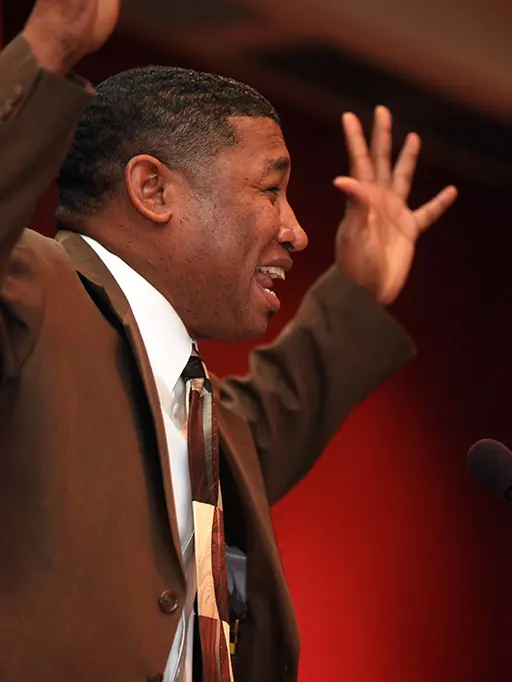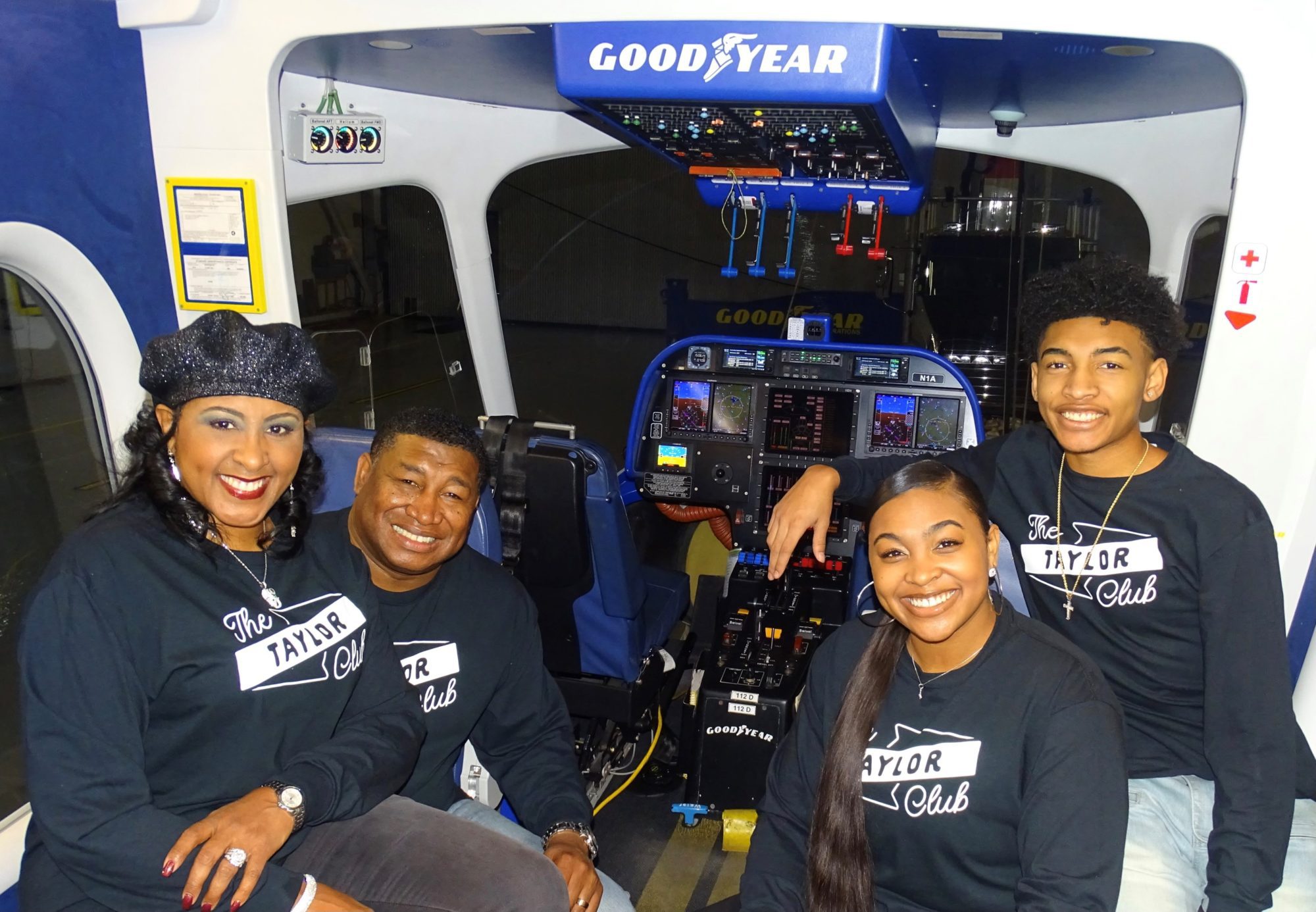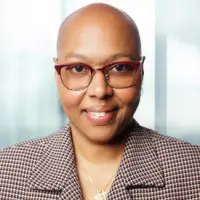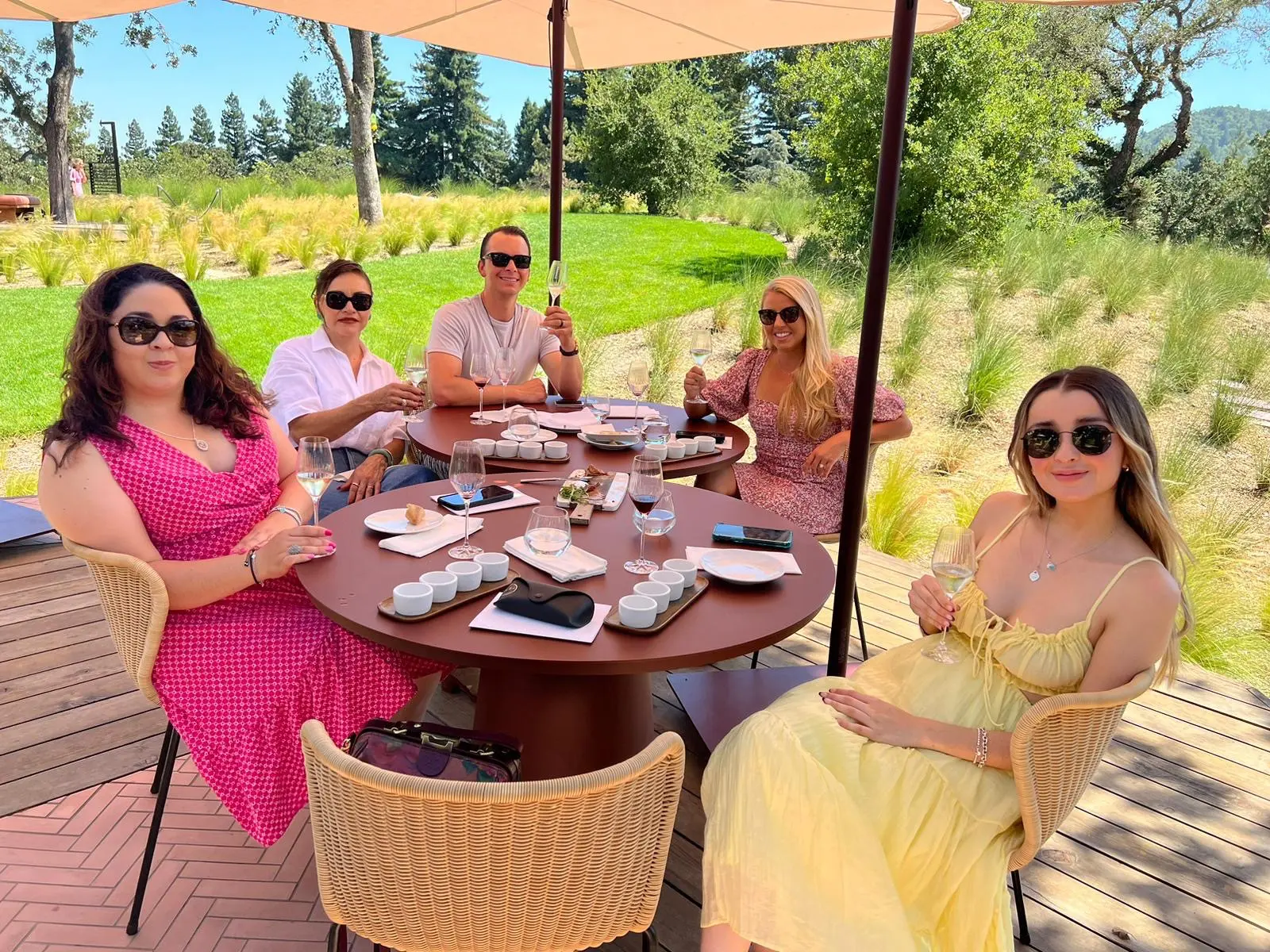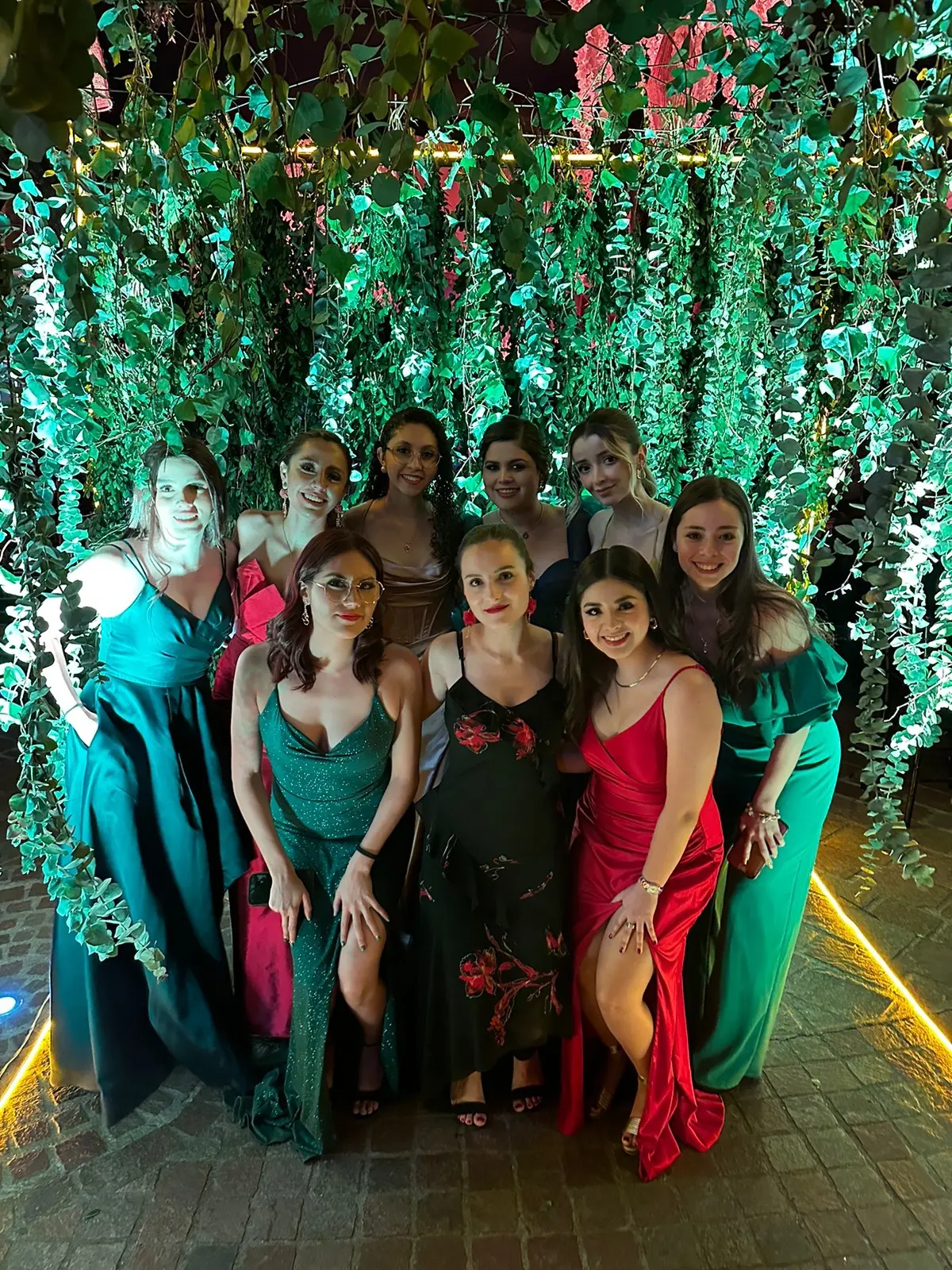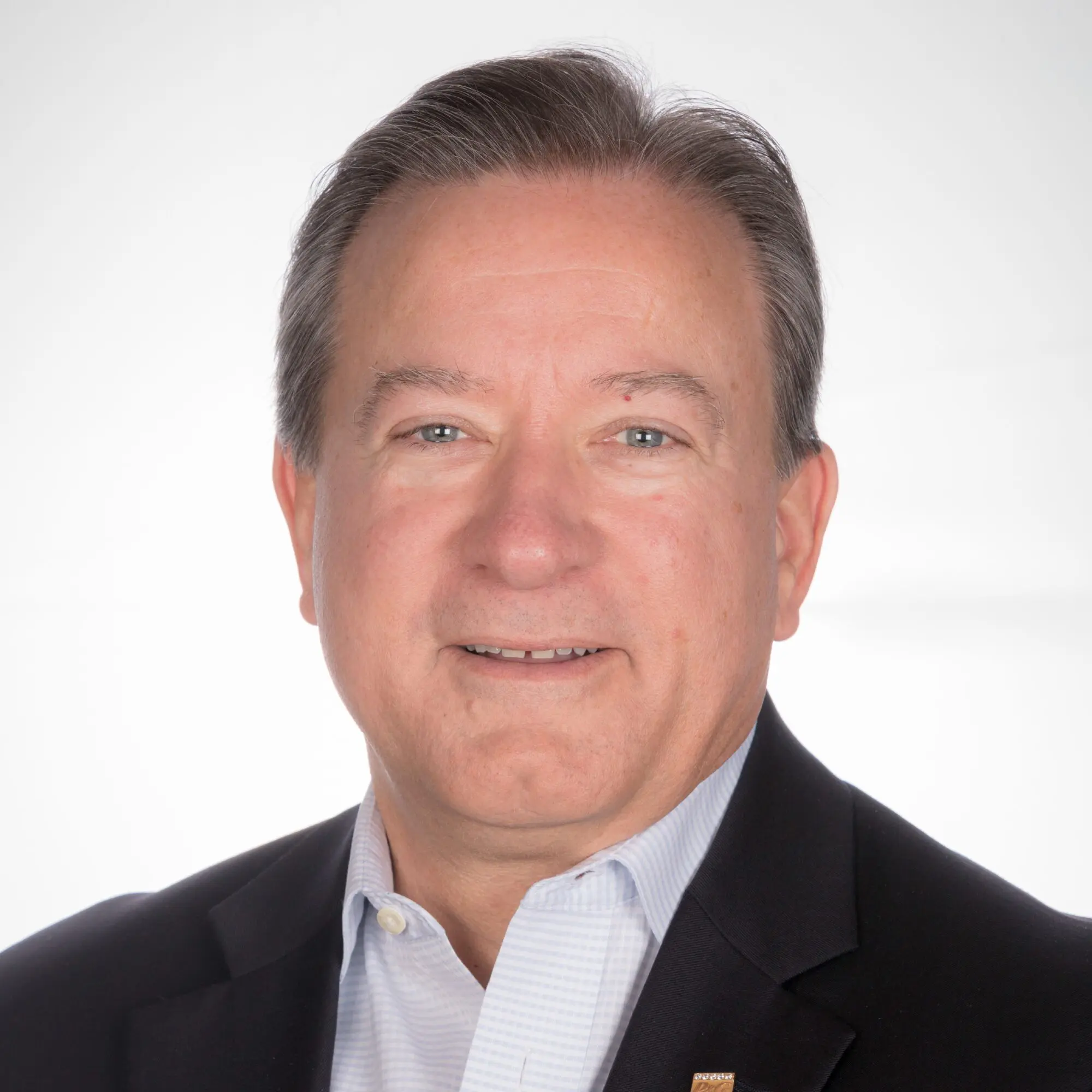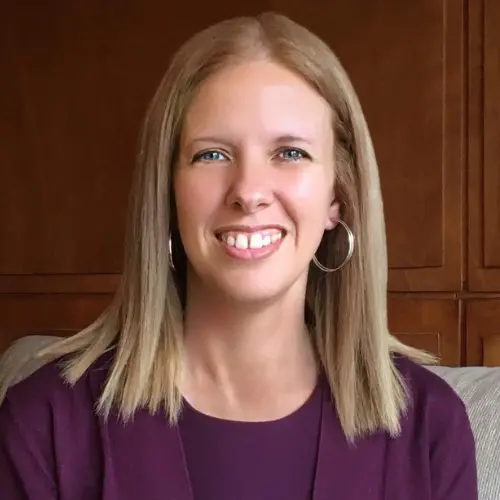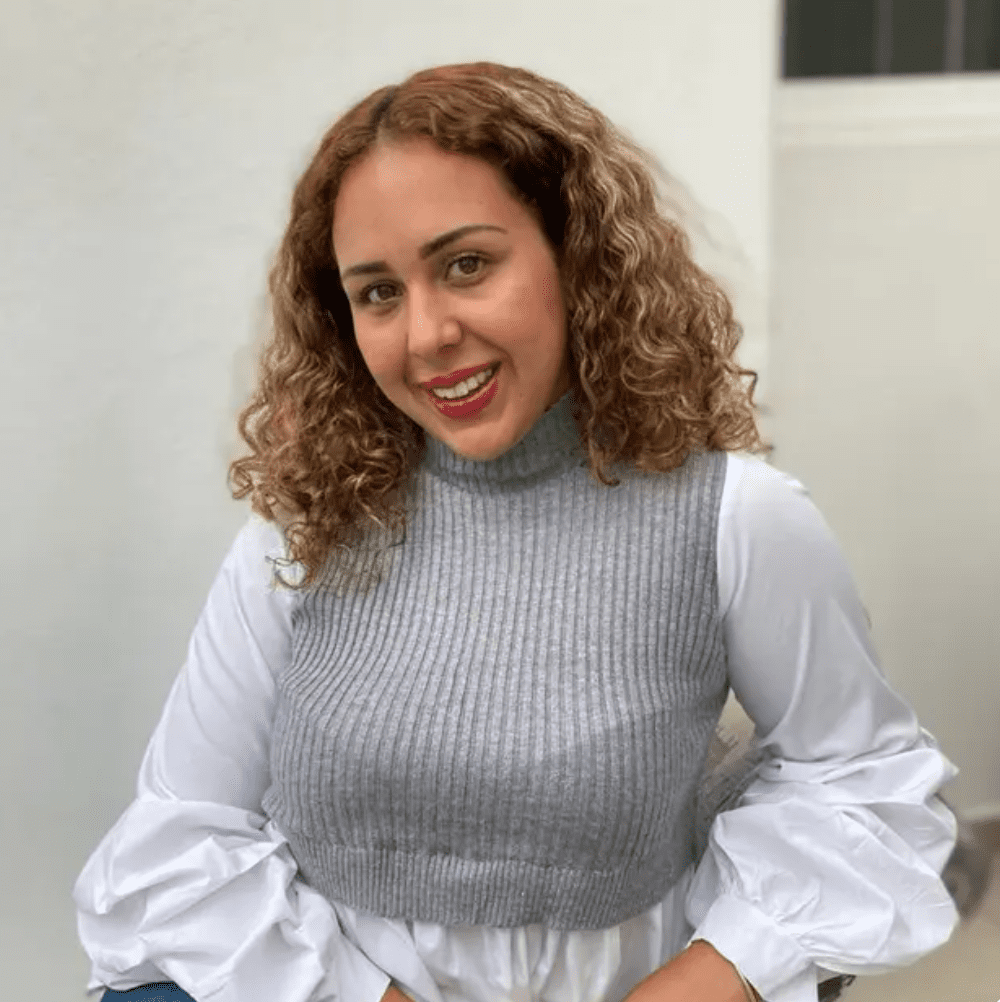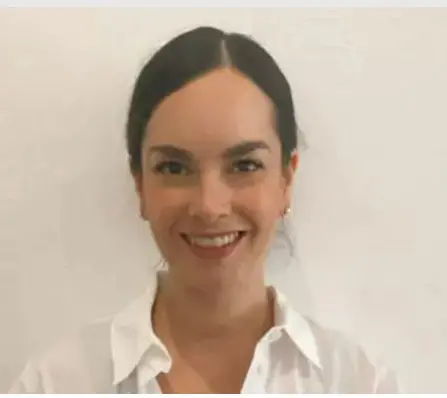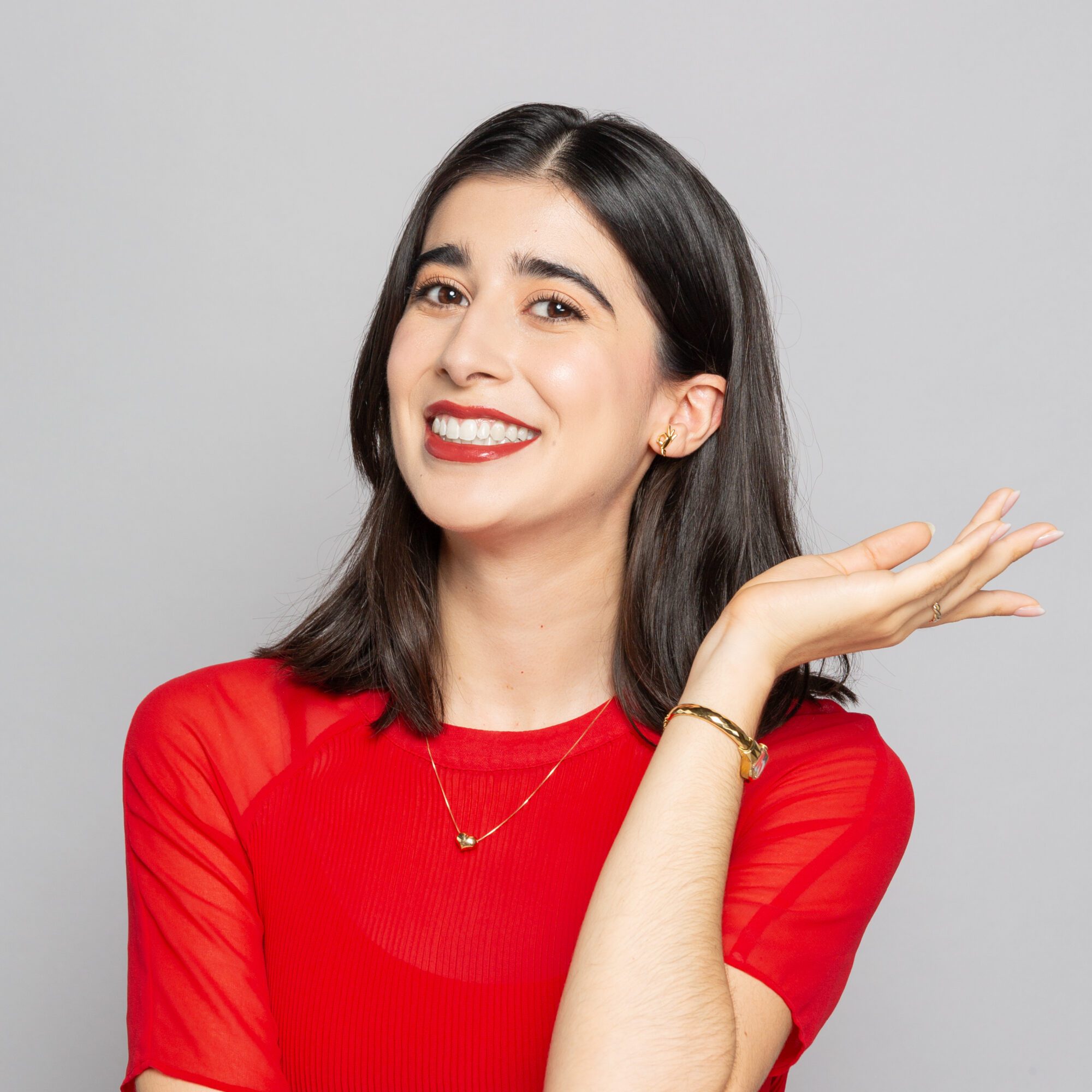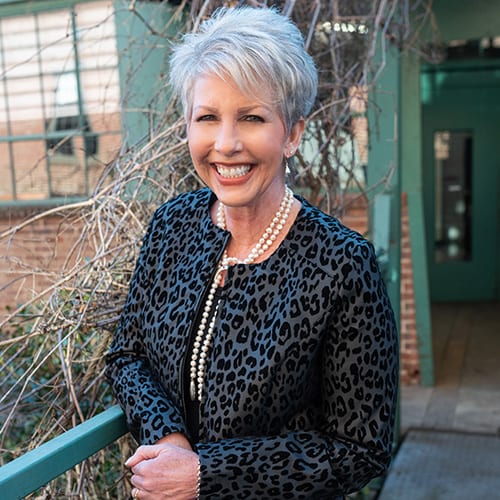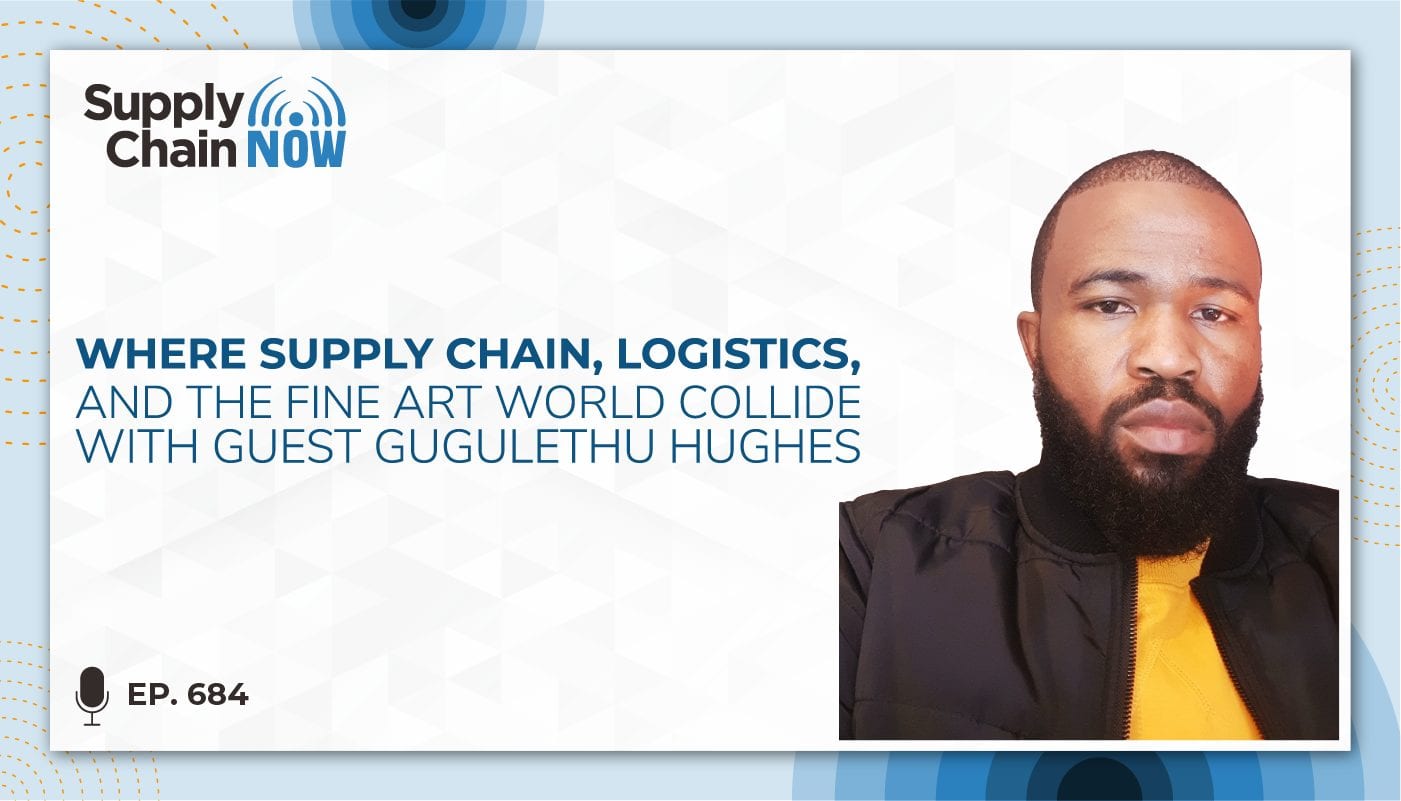
Episode Summary
“Now more than ever, we talk about the need for visibility in our supply chains. The world is a supply chain. It’s one thing transporting an item from point A to point B, but it’s another to ask, “What is it that I’m transporting? What’s inside there?”
– Gugulethu Hughes
Supply chain professionals around the world are so busy pushing the envelope on speed and efficiency that it may go unnoticed when well-meaning innovations are used for questionable or nefarious purposes. Case in point: global art markets. Some works of art are so valuable that they are thought of as investments rather than cultural treasures. This has led to the desire to obscure information about private trades, questions about forgeries, and even debates about the true definition of ‘art.’
This episode is part of an evolving project at Supply Chain Now, where we take a deep dive into one particular issue that has created stir across the industry. Scott Luton and Kelly Barner (Host of Dial P for Procurement) are joined by Hughes, a passionate member of the Supply Chain Now community to discuss the business of art, with all its ups, downs, drama, and suspicious players.
In an effort to better understand the complex web of legal, logistical, and value-oriented considerations affecting the global art business, Scott, Kelly, and Hughes discuss:
- The impact of ‘freeports’ on the global art trade: what they were intended to facilitate, how they are used, and what obligations carriers have with regard to their cargo
- Shifting notions about the ownership of art, why a copyright it is different than a trademark, and how people define ‘value’ differently
- The role that forgers and forgeries have always played in the art world, and whether one of today’s emerging technologies may finally represent a solution
Episode Transcript
Intro/Outro (00:00:03):
Welcome to supply chain. Now the voice of global supply chain supply chain now focuses on the best in the business for our worldwide audience, the people, the technologies, the best practices, and today’s critical issues. The challenges and opportunities stay tuned to hear from those making global business happen right here on supply chain now,
Scott Luton (00:00:32):
Hey, good morning, everybody. Scott Luton here with your own supply chain. Now welcome to today’s episode, excited about what is going to be a second episode of, uh, of a new series here yet to be named new project here at supply chain now where really our Frank conversation is gonna be focusing on a deep dive into one singular topic rather than, you know, one particular individual’s journey or the business of the day or other things. So this is really going to be a really cool discussion here today. I want to bring in our two panelists and then we’ll talk about what we’re going to be talking about here today. So, uh, love our repeat guests. And on this show we get, we get a couple of them first up, we’re welcoming Gugulethu Hughes back to the show. Uh, he used, how are you doing [inaudible] I’m doing fantastic. Great to have you back. Course you serve as founder of clinch and you also referenced your repeat guest. You can find a great conversation on his journey on podcast episode number 6 34 here at supply chain now. So he was great to have you back and we’ve got Kelly Barner, of course, a host of Dial P for procurement owner, buyer’s meeting point friend compadre, you name it, Kelly, how are you doing?
Kelly Barner (00:01:43):
Think it’s kind of thrilled to be here and I’m super excited to be meeting face to face
Scott Luton (00:01:47):
For the first time. Well, you know, and that is the one of the best parts of these, you know, to be able to serve as connectors, the topics, the conversations, these episodes to service connectors and get talented individuals and business leaders to rub elbows and collaborate and talk about some of the really topics of our day, really, and that Hughes and Kelly leads us to talk about just what the heck are we going to talk about here today? So it’s a bit unique folks. So to our listeners, this is going to be the first time we’ve really dead dedicated an episode here at supply chain out, at least on the business of art to business of art. And I would add, you know, our team and panel here really the way we look at the, uh, the world perhaps is we subscribe to the premise that there is truly a supply chain behind everything.
Scott Luton (00:02:35):
So we’re going to touch on supply chain behind art as well, but really focused on the business of art from a variety of perspectives. So to get us started Hughes and Kelly, let’s kind of find out, you know, why I talk about art here today. So when we threw this topic out to Hughes through some conversations after his last appearance, you know, the business of art was kind of one of those things on the short list of topics that he really wanted to dive into here today. So Hughes, tell us why, you know, why did this appeal to you?
Gugulethu Hughes (00:03:05):
Well, thank you Scott, for having me again, um, the business of art. I think it’s, it’s, we’ve, you’ve tempted correctly, the business of art, because most people, they do not really view art as a business, or do not understand the business behind art. It’s not medicine as a creative output, uh, just meant for creatives. But, um, and, and hopefully during this session, we’ll be able to educate our listeners, uh, inspire some, to get into the business of art, or know more about what really drives the business of art. Obviously we’re going to dive deep into, uh, the certain events that, um, form the business of art what’s pending, um, and so forth. So it’s going to be more educational reading or for the, to, to, to teach our audience about what’s really happening behind the scenes, behind the paintings that they see that there is a massive business that say painting there, which is no creative, um, hopefully going to inspire a lot of people from this topic and educate more people. Even,
Scott Luton (00:04:12):
I love that because there is a lot more behind those gorgeous works of, of paintings and sculptures and, and much more the business behind it drives the world of art. For sure. So well said there he is. All right. So Kelly, before we dive in, what else would you add here?
Kelly Barner (00:04:29):
So I think what I would add and knowing the listening audience for supply chain, now, let me just speak directly to you. You’re probably more comfortable with the business part than the art part. And so here’s sort of a couple of things to listen for through everything that Hughes and I and Scott course discussed today. My friend Phil I’d send at art of procurement talks about the red thread. So there’s two red threads. I want you to listen for today because these are the things that are going to come up in this conversation. They will actually apply to almost everything else you’re doing in your business role. The first red thread is the concept of value. You know, we deal with this all the time, I’m in procurement. So there’s always this tension between savings and value. And I know the same thing exists in finance and operations and supply chain, right? So we’re going to explore that concept. The other thing, which is a little bit trickier, we’re all pushing to innovate and to create new solutions and breakthrough boundaries, but right behind innovation often follows bad actors, crime people with bad intentions, you know, and so there’s, there’s, again, this connection between something that has been created for good, for business to help people to achieve things. There’s always going to be people out there, unfortunately, worldwide looking to misuse that. And so it’s always something to think through
Scott Luton (00:05:53):
Always is every day is exciting for good and for bad. Sometimes in fact, you know, using Kelly, we’re recording the session only heels of what many claim to be the largest ransomware attack in the history of, uh, of the business world. So that illustrates your point, uh, precisely I think Kelly, all right, but we’ll save that for another day. Today is about the business of art as, uh, the table has been set by Hughes and by Kelly here. All right. So I want to talk about as we lead off, right, and this first sec really tackled today’s conversation in three segments upfront is kind of where supply chain logistics and the fine art world collide, at least where they intersect. And maybe there’s a, maybe there’s a nice traffic cop there. We’re all three there’s big, big, uh, segments, uh, intersect. So Hugh’s first question comes for you, you know, we’ve learned about free ports for this discussion free ports. So to bring the audience up to speed, can you, can you describe what they are, what free ports are, and maybe give some examples of where they’re located.
Gugulethu Hughes (00:06:52):
Okay. Thank you, Scott. So originally free ports when warehouses in, in, in free trade areas that were basically meant for, to store good start, will be in transit. So, but over the years, um, we have seen, um, a rise of, of a number of countries that have caught, uh, these free ports. You will find them in airports or in Marine ports. That’s where you find that most already, we taking logistics there in terms of the positioning of the free ports. The biggest benefits that’s coming from, uh, from the freight ports is that the people store their clothes in their business who store their clothes in there. They don’t get to pay any input in Texas that are associated with that. So those taxes, Texas law to not Texas. I mean, there’s very minimum documentation that happens there. It’s, it’s literally that, that’s why it’s attractive to most people.
Gugulethu Hughes (00:07:52):
Why in the business of art or other collector pools or other treasures, um, because I mean, you, you, you don’t really get to pay any checks and still you get to maintain an element of there’s an element of secrecy or privacy to the dealings that happen because it’s not in the forefront of everyone. There’s literally almost no paper trail in terms of who owns this, who owns that is so that’s the major aspect of free ports. There’s quite a number of the most popular report is the Geneva reports, um, that we all know suicide. And it’s a, it’s a financial hubs or comes as no surprise that you’ve got the, we’ve got the biggest Freeport day. And, you know, it’s backed by the Swiss club and meant, uh, these other private shelters to, to that. There’s the Luxenberg, uh, Freeport also, which is in Europe.
Gugulethu Hughes (00:08:43):
It’s one of the biggest, also massive, uh, I’d say to be the size of three football fields, it’s not enough. Yeah. But enough space to store up 750,000 bottles of wine. Just the setting, the built-in one, it’s all needed. It’s in my it, but inside there, that’s where you you’ll find all the treasures, all the credit troubles, and then we’ve got them in the U S I’m sure you already know you’ve got there. The Delaware Freeport in New York. And interestingly they found of the Delaware, uh, Freeport is, um, is, or regionally and logistics, uh, experts because it’s the founder of what is it called? It’s called Fritz Fritz, uh, international logistics. So he is the founder of fed. Um, we’ve got the Freeport in Singapore, which is also big and it’s, it’s almost co owned by the same people on the free ports in, in, in Luxembourg. And then we’ve got Hong Kong and China and so forth. So there’s quite a number of free ports, um, that, uh, very common and popular with, with, with big businesses that are in the business of, uh, you know, storing their treasures in those places and obviously paying this texts.
Scott Luton (00:10:01):
That was a wonderful primer. I really appreciate that huge because it sets the table effectively. So three things before I, uh, uh, I want to bring Kelly in, you know, number one, it really illustrates the global aspect, the global all countries, many countries use this, uh, these tax incentives to motivate business and owners and, and, and economic activity. Right. I think secondly, you know, there’s a lot that goes into that. There’s a lot of things, a lot of expected outcomes that go into how we leverage taxes. And then as, as Kelly’s gonna touch on, perhaps in a moment, there’s a lot of unexpected outcomes. And then thirdly, and, and we won’t dive into this for this conversation, but we’ll touch on it because when we think of taxes and all these governments that, uh, apply taxes to try to motivate incentivize businesses, you know, of course, enterprises global enterprises that are gonna try to maximize that and leverage it to figure out where they place operations, which has given way to, uh, these conversations around an established global tax that, uh, governments can get behind, which may shift some of that leverage over to the, the, the government side.
Scott Luton (00:11:08):
We’ll see all that’s in play, but it really it’s. Um, the notion of the Freeport and what’s behind it is an age old, global practice that impacts art industries and many others, but Kelly, so we’re welcoming to your commentary there, but, but definitely we want to, we want to understand from, from your research, you know, kind of how, what free ports were designed for versus some of the ways that maybe they’re being used.
Kelly Barner (00:11:32):
Absolutely. So, and I think he was gave a great primer and actually kudos because I didn’t know about pre free ports prior to researching for this conversation. I think what’s interesting to me about them is you have a couple of things and I’ll actually refer to another friend here, Kate Vitasin who’s part of the vested program. She often talks about perverse incentives, right? And so what she talks about with that is something that is done for a good reason that ends up unintentionally motivating an undesirable behavior. And I actually here to perverse incentives in queues description. The first one that I hear is tax avoidance, right? I mean, that is a huge incentive. When you think about the value of these pieces of art, and then the second one is no paperwork. So in some ways it’s like this art isn’t really in the country that it’s physically in and that’s partially by design.
Kelly Barner (00:12:33):
You know, the intent of these free ports was that it was supposed to be possible for people to move expensive artworks safely and securely around the globe without having to incur terrorists and transfer fees and taxes in every single step of the journey, which makes sense, right? Because by the time you get it to its destination, you’ve eaten a significant portion of its value, paying all of these fees along the way. But the problem with that is that it gives people a reason to leave art in the Freeport in order to avoid inheritance taxes, because there’s no paperwork, it becomes a way to transfer ownership under the radar. And the fact of the matter is even the people operating these free ports don’t necessarily know what’s in them. And to my knowledge, here’s your you’re welcome to jump in on this, but I didn’t necessarily find any regulations around how long art can stay in a Freeport.
Kelly Barner (00:13:31):
It’s meant to be stopover. It’s meant to be, you know, catch this ship, catch that ship in and out air flights, right? How they’re moving things around. But in some cases, according to my reading, a lot of this artwork ends up sort of living its life, at least under the current owner and in the Freeport, which is not really the intent, but that’s not specified if you read anything Hughes or have come across anything that suggests that there are either time limits in place or that countries or specific free ports are trying to put time limits in place.
Gugulethu Hughes (00:14:04):
Yeah. Like what’s happening is that, uh, like you say, originally free ports were meant to, to stimulate economic activity. Um, and there’s lots of cases that we can, um, refer to wait, wait, wait. In terms of stimulating activity, you can do get the manufacturing industry. If you can bring in components into a Freeport and you’re not paying any texts. And then I’m in for very good addition to what you already have in there that on its own, you know, it stimulates the economy activity. That’s one of the biggest benefits. And then over the years, most businesses banks included hedge funds included. They have realized that the concept of Freeport it’s a, and I’m linking it to fine art. It’s a, it’s a good to add to one’s diverse investment portfolio. So now it gets to a point where the free ports really do not care for how long you keep your, your, your, your piece of art there.
Gugulethu Hughes (00:15:03):
And that’s the way you then begin to encounter the perverse behavior. Like you pour it, uh, where people are actually keeping their, their stuff there for the purposes of, of, of texts avoidance or tying their capital in, in those pieces of art and other collectibles. And really no one can really trace because there’s, there’s no trace of, we need to be, is not care about work. So that’s, what’s happening now because we’ve Vietnam. Corporate is that, uh, in, in which individuals you see that some of the biggest or, uh, creditors of art, it’s, it’s, it’s very rich people. They’ve got collections with three point, I think the top guys, 3 billion yesterday’s worth of, of art PSS. Wow. Yes. In the Geneva reports. So that’s where the, which people are really keeping their money in the, I mean, they are notorious for, for, for checks of weightings and so forth.
Gugulethu Hughes (00:15:57):
So that’s what he has really transformed them. The Freeport industry, to an extent that, um, that’s in sometime in 2019 in the European union, there is a report, I think a 48 page report about fraud and so forth in the Freeport strain extend that they, they really want to do away with Freeport as a whole, because they feel like they are not gaining much instead because you’ve got paid previous behavior. Now, people who are benefiting and really not giving back to the status, which way, because everyone is got an obligation to, at the end of the day, submit fair tax returns.
Scott Luton (00:16:35):
We’ll take advantage of any tax mechanism. Right. I think as three entrepreneurs here, I think we can, we can agree to a person that we like to mitigate. We like tax mitigation strategies. Right. However, as Hughes’s suggesting, some folks are really taking that to a, um, a whole new level. So we’ll leave that for later discussion. But Kelly, I know you had a couple other points as it relates to Freeport, right?
Kelly Barner (00:17:00):
Absolutely. And one of the things, again, he’s actually refers right back to, to what you said, you know, we’ve talked about the fact that these are sort of locations outside of locations, right? They are located in cities and countries and typically important cities, but they are not of that country or city. And yet the government does play a role here because they have to be willing to allow this territory to be sort of outside of the tax system, outside of the regulatory system, outside of the paperwork system. And yet one of the things I instantly thought about reading this information against the backdrop of what we see going on in the world is I thought to myself, okay, well, if I owned a Mona Lisa, which I’m frankly relieved that I don’t because that’s too much responsibility for me. But if I owned a Mona Lisa, I would be freaking out right now if it was in the Freeport in Hong Kong, because as China increasingly asserts its authority over Hong Kong, people that are storing their art, who specifically chose Hong Kong, because it was a freer location in the region where they had more confidence around democratic values and access to property, you know, it makes you wonder how are these people that are deciding where to keep their, their expensive property.
Kelly Barner (00:18:21):
If you do have your things in a Freeport, how closely are you watching the government activity that goes on in that area, in that region? Um, you know, what are your thoughts on the roles of governments with regard to any one of these specific free ports that we’ve
Gugulethu Hughes (00:18:37):
Talked about? Yeah, that’s, that’s a very good point that you making in question. And I think one of the major motivators for, for one to decide where to store their piece of art in a particular, um, Freeport is, um, political and social stability, first things first. Cause I mean, primarily the main reason why people stole take their pieces to Freeport is one obvious word, say that for your own pay, any input cherubs. And then what comes then after that is the element of security. There’s free post base, maximum security that, you know, fireproof and what are proof in everything. So it’s the security that state. So now you’ve got the added layer of, of that political stability that’s required obviously for years, one Kong is an autonomous region of China. It’s, it’s always been a Freeport. And I mean, it’s, I think it’s top eight of the world’s trade centers.
Gugulethu Hughes (00:19:36):
So obviously with what’s happening in China, it’s, it’s a big cause of concern for, for the people that have got their credit troubles or treasure store day in Hong Kong. And funnily enough, China is, is hid in this solid of China. They’re busy building a massive Freeport space. That’s changed to open in 2025. So, you know, obviously they see the value in that. And obviously there’s is tensions between Hong Kong and China and so forth and, and mean personally for me, if I were to, to store my piece of art out in the chores, uh, Hong Kong, because of the potential for stitches with China and you know, not consistent, um, um, social stability well, and, and
Scott Luton (00:20:23):
Very interesting and relevant sidebar here is as we’ve seen in the last year or so as supply chains, uh, re-examine their presence in across China. You know, one of the many considerations kind of to your point, Hughes and Kelly, yours as well is, is in some cases there’s been a threat of the government takeover. I say, take over. There’s a different word I’m looking for, but basically they assume the operations and the infrastructure of, of some companies, you know, based on decisions they make. And that’s the threat that exists in China, uh, according to many, many reports. And this is one of the things that global business leaders are examining out of many, many considerations as a, as a re-examine where their footprint should be. So I want to, um, we should acknowledge the free ports that are, that exist in, you know, some of the crisis torn countries, Kelly, I think as you put it Syria, Iraq, Libya, and many others, but, but I want to move forward to the role of logistics and warehousing providers own when it comes to fine art. So Kelly, I’ll get you to start there and then we’ll circle back to Hughes.
Kelly Barner (00:21:29):
Well, and a little bit, this has to do with the conversation we were just having about government, right? So to a certain extent, a company, whether warehousing or logistics is beholden to its ownership team, its shareholders, its customers, its employees, right? But it doesn’t necessarily know the intentions or the motivations of any client that passes anything through the system. So I would imagine that as something like this becomes more complicated, becomes more discussed. Questions are going to start to arise around what is the obligation of these companies to know what’s inside the box, right? I mean, you can have a massive sealed up box that has nothing interesting on the outside, no details about what’s inside it. And on paper that warehousing provider or that logistics provider is only required to keep it safe, meet, you know, temperature and altitude requirements. Pick it up at the right time, stored in the right place, drop it off at the right time on damaged.
Kelly Barner (00:22:31):
But as we know, there are probably pieces of art that do not belong to the person, shipping them, passing through some of these free ports. And then ultimately going through the supply chain and being handled by logistics providers, sitting in regular warehouses, simply because they’ve had this opportunity to sort of be laundered if you will, once they go through a Freeport because of the lack of paperwork, they can come out on the other side. And in some ways, at least if you’re willing to accept the risk associated with more traditional logistics and supply chain transport, you can move it as if it’s nothing of value passing through the supply chain versus some priceless piece of art that may or may not belong to you. And I think as these logistics providers, and again, people building warehouses function in different jurisdictions by government, knowing what those regulations are in each place, knowing the legal obligation, where’s the burden of proof.
Kelly Barner (00:23:27):
Where’s the obligation around ensuring you don’t have stolen goods moving through your supply chain. You know, it would be interesting if at some point the juristics providers were somehow held to the same account, as you know, pawnbrokers right. You have a responsibility to ensure that you have legitimate item that holding and then reselling you have a responsibility to ensure you’re not helping fence stolen goods. You know, we’re logistics are dealing with predominantly packaged things. That’s a little bit harder because you don’t necessarily know what’s inside the box. Um, and you don’t necessarily have a right to open that box and check. So it’s a very sticky
Scott Luton (00:24:06):
Issue, love that. And he was going to come to you next, but one quick sidebar, you know, it’s interesting when we think of the loss of cargo, the loss of containers, the ransomware attacks we mentioned earlier, I’d say one of the biggest ripples that is currently going through global business is the insurance sector behind all these things. We’ll save that for a later show, but that’s one of the things that oftentimes isn’t thought about as we look to kind of keep arms length when it comes to liability and when the arms like visiting there, you, you know, you lean on your, your insurance partners, but Hugh’s going back to, um, the responsibility of logistics and warehouse providers. What are your thoughts there?
Gugulethu Hughes (00:24:46):
Um, yeah, I think, uh, Katie has made such a great point in there. I mean, especially now more than ever where we live, where we talking every day about the need for visibility in our supply chain, um, almost everyone in our global community has an understanding that without visibility really, we’re not going to achieve much, you know, in terms of, cause it’s, it’s got a net effect on almost everything. The world is a supply chain. I remember once we had a conversation with Enrique, uh, in, we’re talking about, you know, charred, nearby and cobalt trans uh, transportation from the journalists in the us, one would question that why others transporters not asking what’s contained in that? You know, it’s, it’s, it’s one thing transporting an item from point a to B, but you know, it’s another asking now, what is it that I’m transporting what’s inside there?
Gugulethu Hughes (00:25:40):
So I think it’s a matter of, of regulations. It’s it’s high time that we rethink the whole idea of Freeport so that there is an element of transparency. There is an element of visibility because there’s so many things that are being hidden in that supply chain alone. You never really know what’s inside. I mean, it could be anything could be illegal stuff, it could be storing stuff. And what makes matters worse is when these things get into the Freeport where there’s minimal deterioration it’s itself, in terms of the venue itself, declaration, I can say to, you know, the item that CAS it’s just worth 1 million years dollars. Meanwhile, that item is worth 5 million years to it. So it’s self self-determination. No one is questioning anyone because there’s no paper trail. That’s how these reports have been created. But go back to the issue of logistics.
Gugulethu Hughes (00:26:33):
I think with all transactions that you’ve been in trade logistics is the spend of that because ultimately you have to move an item from 0.1 to point B. When we talk about inputs cherubs, we talk about logistics. When we talk about free ports as iterates warehouses, that’s logistics on its own. And I think to a greater extent they’re the, the governments of the world need to rethink the regulation so that we achieve more visibility whilst ensuring that is still beneficiation coming from, from, uh, the continued operation of, of fields Freeport, there was a case in, in, in the Geneva reports a couple of years ago, the Italian co-op state kids, us big that there was some things, some studying pieces, finite pieces, and, and uh, from each other, they suspected that they were in, in the genome of reports and they applied to get access.
Gugulethu Hughes (00:27:27):
They’ve been tried to granted access. And when they went into the free post, they, they found 48 credits, you know, with, with, with antiques and change that way, studying from each island. So that’s a big supply chain problem. Exactly what we now about right now, that there is no visibility to, so you’ve got people like in, in crisis Tony areas like, like Syria, Libya, they’ve got their own, uh, you know, cultural artifacts and that gets stolen. And no one really knows where those items end up in. But meanwhile, those items exactly where they are stay in the free ports, like, uh, KSAT they are now there’s no care in terms of, of how long can you keep the CA can stay there for 20 years or so cells can happen virtually literally like the, you can go to, to the Freeport and you have make a cell they’re controlled, you’re there, you don’t have ownership of that. There’s no traceability that we ever owned that item, right? So we really need to rethink that process,
Scott Luton (00:28:29):
Sunshine, cures, lots of things, and whether it is supply chain and some of the, the major issues and challenges of the day that, um, that supply chain leader is being charged with in, in often, uh, in, in many cases leading the response and leading the efforts to eradicate, um, some things you’ve touched on now, and in previous episodes you use or government, of course, uh, at my belief, at least we have to have the visibility. You have to have the SunShot and have to have to use that spotlight to first be aware of some of these transgressions, um, in some of these actions that, uh, companies, leaders and others should not be able to get away with. So that, that might sound simplistic. Some to me, it helps make the corrective actions to these challenges, easier to digest, right? How do you, you know, it’s that proverbial bite of the elephant.
Scott Luton (00:29:20):
And we’ve got to apply that in some of these massive challenges that we’re faced with, whether you’re in supply chain or not. All right. So on a much lighter note, right? In this first opening segment, gosh, we go deep in this first segment. We’ll talk about art. Napping are napping. No, that’s not a pitcher for the New York Yankees for the 1920s. That is a, that’s another word for the heist of artwork, right? Art theft. So can y’all believe this it’s been estimated that only 10% of stolen art is ever recovered as we’ve talked. Pre-show my take on that is probably, uh, officially recovered, but there’s plenty of other that it’s been recovered. It’s just hanging in someone’s wall and they’re not going to say where they got the, the world’s greatest deal, the largest art theft Kelly on record did. And I say, Kelly, because this is, this is connected to you up in your neck of the woods. So here is Kelly in 19 90 13, just 13 works of art worth some $500 million. Holy cow was stolen from the Isabella Stewart Gardner museum up in Boston. That case remains officially, at least unsolved Kelly. You might have an additional point or two to add to that.
Kelly Barner (00:30:29):
I do actually have an additional point. And, and first of all, this is for maybe the last person in the supply chain. Now listening audience that has not yet heard me say I’m from Boston, I’m from Boston. Very proud of it as well. So the interesting thing about this is that obviously this crime has been investigated and investigated and investigated. There have been leads that have gone cold. A lot of years have gone by there’s some question marks about the security guard that was working that night, but to the value of one of the things we’re actually going to start talking about, how has Isabella Stewart Gardner handled the theft from a business perspective? So obviously there’s the insurance implications. There are criminal investigations that are going on from a business perspective. I actually think they’ve been incredibly clever. So for anybody that has not visited Isabella Stewart Gardner, it’s a very quirky museum.
Kelly Barner (00:31:20):
The art in it is breathtaking and amazing, but it basically is Isabella Stewart Gardner’s house in downtown Boston. She was a very wealthy woman who bought up all this artwork and hung it sort of eclectic crazy in her house. But what they did is for all the paintings that were stolen, they left the empty frames. The museum to this day has left the empty frames hanging. So you can see, and it’s from one particular room where the majority of the paintings were stolen. You go into that room and there are empty frames hanging on the walls. There are pictures of what had originally hung there. There is documentation about the story. And so from a business perspective, they’ve used the truth of what happened as unfortunate as it is to add to their story, to their cultural value, to the city of Boston and as a draw frankly, to tourists, because that’s a pretty unique thing to go into an art museum and have them say like, Hey, you know, this is where all of our stolen stuff is supposed to be. It does create a little bit of competitive advantage.
Scott Luton (00:32:23):
I guess I hear the X-Files theme scene playing in the background, but also he use, I bet, oh, Isabella found a way to avoid a few taxes back in her day. It’s my hunch. Let’s let let’s let’s move forward because I want to talk about as Kelly referenced, uh, and this next time we’re were be talking about Banksy, is it genius or, or a Vandal? So this should elicit some interesting takes. So first off let’s make sure everyone knows who we’re, you know what we’re talking about. So Banksy is really a pseudonym for an English based street artist and activist. Of course, it kind of depends on your definition, but he or she’s become famous really legendary for their street art and or graffiti kind of bends on your take too. And I say, I say he maybe should say he or she, but, but there’s been several folks that have, have come close, or maybe even that have identified Banksy as, um, an Englishman. We’ll save that for later conversation. But Kelly, this was your addition to this conversation around the business of art. Why, why does Banksy appear here on supply chain now? So
Kelly Barner (00:33:26):
He appears here for two reasons. One is that topic of value, again, that that we’ll get around to. But the other reason is one of the things that’s unique about Banksy is the vast majority of his artworks. Uh, they just appear in the night. And so for instance, one of the more recent new artworks that appeared, I believe it’s called the sneeze. It’s a woman sneezing painted on the side of a home in a small British town. It’s, it’s an older stone based house. And one morning that town woke up and it was validated as being a Banksy. It’s a woman sneezing painted on the side of this house, odd subject matter, I don’t know. But here’s the interesting thing about that. Again, from a business perspective, that house had just sold, the paperwork had gone through. Now, they wake up and there’s a bank.
Kelly Barner (00:34:20):
See on the side of it. Oh yes. Those owners found a way to get out of that purchase and sale agreement because now the value of the house, whether you consider this graffiti or whether you consider it an installation artwork, it has significantly changed. And yet they didn’t consent to the art going there. Banksy didn’t own the house that we know of. Right. And so he’s taking other people’s property and materially changing the value of owning it sort of without anybody’s permission. So he’s definitely a high profile artist functioning outside of the boundaries that we would typically think that
Scott Luton (00:34:58):
Is, uh, it’s fascinating on so many different levels. He is. What would you add to this conversation that this first part about Banksy?
Gugulethu Hughes (00:35:05):
What are the chances that you might be Banksy yourself? Scott. Okay. You know, when I read the, the story of banks and things for, for, for, for bringing that up, Carrie, it reminds me of the Bitcoin guy who is a known Satoshi. So, you know, the, this element of privacy of FIS person not being known in existing people derive value from bed. Um, and when I was doing my research, I found an instance where sometime in 2013 banks went to, he went to New York, is he disguised himself as a, as a, as a street vendor artists set up a store in puck central sold eight of his pieces for $60 H the following night, he posted on the internet that that’s night. Um, yesterday I was in park central and I sold eight of my additional artists has been, it just lifted to vet data. One of the pieces that he had sold for $60 sold out in London for 54,250 pounds. Wow, wow, good investment. Yeah. Good investment. So that element of, of, of secrecy in privates and then, you know, people derive value from that. And I think for me, I mean, I think it’s genius to burn. I think it’s genius. I mean, he, my years mustard, uh, what people find value in it, all I joke are known people find value in that that’s
Scott Luton (00:36:40):
An excellent point use. And, and if you, just to our listeners, if you just, if you’re new to Banksy or if you’re not, you just throw it in Google and you can see some of the really, um, beautiful and very savvy and thought provoking art. I mean, he banks, he really has got a, there’s a reason why he’s developed such a reputation and why he can sell paintings at 54,000 pounds. Holy cow. And I
Gugulethu Hughes (00:37:02):
Think what’s more interesting is that he, he doesn’t limit himself to one particular area. He travels all over the world. I mean, even in the west bank, they use wax, there is all over the world. So he’s not only limited to one place. So I mean, that’s, that’s quite interesting. I mean,
Scott Luton (00:37:19):
Yeah. Yes. If my son was part of the conversation, he he’d be bringing up Batman, you know, as his ability to, to pop in and pop out and disappear, you know, in thin air, this is a intriguing topic from a variety of fronts, from a market front to a shear tactics. And of course there’s some mystique involved as well, but I want to talk about more about ownership and Kelly getting you back involved here. So who would you, who owns banksies work and we’re going back to the house example you meant, you mentioned, how does it change the lives of the people that own the structures or, or own the artwork or own the structures maybe that are selected for the works of art? I mean, you just mentioned the house example. What, uh, what thoughts did you have? Well,
Kelly Barner (00:38:02):
The interesting thing is, I mean, if you, if you own the structure that the painting is on, right? You do on the painting sort of by default, simply because you own the material that it’s back to now, as we know, and Scott, we’ve also had multiple conversations about the concept of digital content ownership, which is a little bit more complicated. Right? Right. So if, if you own this painting because you own the house that it happens to have been painted on, and someone comes along in the middle of the night, cause it’s hard to defend the side of your house and paints over it. Are you now entitled to damages? You know, is, is that a crime? Um, and one of the things that actually hadn’t thought about until now, huge, you know, we talk about the free ports and we talk about, uh, sort of the devious power of anonymity is that who owns bank sees identity.
Kelly Barner (00:39:01):
Right? One of the really interesting things that I learned about him, which brings us back to this concept of the business of art is what is truly the difference between a trademark and a copyright. And because bank sees work was starting to be sold for unbelievably high prices. He started sort of making a foray into this whole world of trying to legally protect some of his work. Now he originally applied for a trademark to protect some of his work because you don’t have to reveal your personal identity in order to earn a trademark companies can file for trademarks. Right? It’s a very common thing. He tried to take that concept and apply it to his art so that he could get what was in effect a copyright, but without revealing his identity. And it did not work partially because the same social media that has allowed everyone around the world to realize that what they bought in New York is this incredibly valuable painting also has worked against him. He had made some very blunt statements about, you know, being against copyrights on social media. And so when he applied for the trademark, the courts were able to say, you’re clearly trying to, to kind of pull a fast one on us here. And they entered into evidence, all of the things that he had said in the past about, about copyrights. And so in that case, not only would it have required a very unusual ruling, but also his own works, his own words kind of worked against him on that.
Scott Luton (00:40:34):
Interesting use. Any, any comments there? Yeah.
Gugulethu Hughes (00:40:36):
I mean, I’m still, I think Katie can advise you, like, maybe both pick your brain, like where exactly, uh, banks get the value of like, does it get value from, from being a viral internet figure? Like for example, he saw the peaceful four for 60 us dollars next a year after that piece is, is, um, sold for 50,000 pounds. Right. So, I mean, what’s the benefit for him that does, does he gets satisfaction from being this internet person that is a non more, he likes that anonymity more than the actual value that you can derive from his works of art. Like he goes into someone’s house and just decides to make a painting their graft and then just leaves the corner of the house, the one gains, because the variants then, because, um, so he’s, he told same to me. His value he drives is very from being that anonymous person more than the actual web of art or graffiti that he embarks on
Scott Luton (00:41:40):
So much tackle. Uh, oh, I know we were going to talk about maybe the role, the new news media plays and, and a few other aspects, but I want to move forward into this third segment for the sake of time, because this market for fake art and whether it’s fake art or numerous other markets that have cropped up due to a variety of reasons, real and otherwise, right in the digital realm. Talk about your fascinating developments here in the last or here in the information age. So Kelly, we just talked about, you know, art being in the eye of the beholder and owner because of some folks look at banks, work their works of art. And I gotta tell you, I am not, uh, I’m about as much of an artist or an art expert as I am technologist, which is nothing is nothing. So, so here’s, I am not Banksy. Let me just state that for all of our listening audience, but you know, what about it when, when it’s less perspective and more straight out forgery in terms of fake art, what do you say then Kelly?
Kelly Barner (00:42:35):
Well, and it’s interesting because this is a story that has a tendency to crop up. Every time a forgery is detected. It sort of gets everyone’s attention because there’s, there’s almost like a movie story quality, a mistake that goes along with this. And there’ve been a couple of recent forgeries that actually sold for enormous sums of money. And interestingly enough, when this does seem to happen or when it’s alleged that it has happened, oftentimes people look back to the provenance of the painting or another way to look at it is what is the supply chain that brought that painting to that person? What is the chain of ownership men in whose hands has it passed through to get to the auction where it’s being sold? Now, at least in the case of very high profile forgeries, typically they are going through our houses or auction houses.
Kelly Barner (00:43:25):
And so unlike the logistics providers that we’ve talked about, that don’t know what’s in the box and aren’t necessarily responsible for vouching for the validity of the contents of the package, our houses and auction houses do have a responsibility to make sure that what they’re selling is actually what it’s being built at. Because in part someone like Sotheby’s making a claim that something is an original van Gogh, right, or is an original DaVinci that does add to the value. It adds to the esteem and to therefore, to the price that that artwork can command. I mean, in recent years, even in the last, I mean for looking back here, we’ve had a known fake Mona Lisa sell for 3.4 million, which is 10 times its appraised value in November of 2017, the crown prince of Saudi Arabia, he paid $450 million for what may be a fake Mona Lisa.
Kelly Barner (00:44:20):
They will, they call it the male, Mona Lisa, it’s a painting. That’s much like it. When you’re talking about those amounts of money, the incentive that it creates to produce is unbelievable, but the news media and the attention that goes along with it again to Hugh’s question about what does each person’s perception of value. Sometimes even once we find out a painting is a forgery, it still continues to have value because now it’s the forgery that fooled the art house that fooled the auctioneer that managed to be auctioned off and as part of a new story. And that gives it a life of its own. And that gives it even investment value without being a liturgy summit and authentic work of art.
Scott Luton (00:45:00):
So moving right along is I’d love to, to pose this next question to you because there’s old fakes as we’ll touch on in a minute, you know, faking art is nothing new. It’s been around for several centuries. So the old fakes you’re done by apprentices, I think I said that right. Apprentices to the legends of art history and even some of the non legends and this new commercially digital, uh, commercial incentivized forgeries that Kelly’s touched on whether they’re digital or otherwise, right. Including you said was the male Mona Lisa, is that what you call Lisa? That’s a new one for me, but Hughes, what is your take on the differences between old new here? Yeah.
Gugulethu Hughes (00:45:43):
What is a criminal eggs? The other really is, it’s not so much of a criminal head. So the legal implications differ between the two, the fake way work of art. Uh, basically it’s, it’s a, someone making him a painting. It could be a copy of someone’s work, but they still acknowledge that they’ve done this way that you faking it. But then on the other hand, when you talk about forgery, that’s literally fraud because you, you do a piece of art and then you, you lie that, okay, Scott is the one who did this art because normally it gets, you give the two, the name of the, of a known artist. So if Scott is a non prestigious artist, I do a piece of art and say, just science, that’s forgery, that’s fraud on its own. So the legal implications differ between the large sites and there’s more legal impli implications for that.
Gugulethu Hughes (00:46:37):
But then, you know, you know, you have to like, like Katie Sage moves, um, the logistics behind it. It’s, it’s, it’s massive. You, you might only realize it’s the maybe 20th sale of the, of the piece of art that is actually fraud. This is, this is not Scott. You did this painting is the provenance. Now we need to start going backwards and find out who was the source of failure. This is not an easy thing. So I think that’s also causing the markets to be lucrative, like, um, like K the, say pupil now derive value from that, because now at the end of the day, you’ve got this piece of art. You probably the 20th, one of the piece of art, and you’ve paid obviously more than the other 19 people before you, what I going to do about it? There’s just no way that you’re going to discard it. Next thing you have to send it at a higher price. It keeps on moving. It becomes an enemy.
Scott Luton (00:47:31):
Well, what’s really interesting about this. One of the many things interesting about when we talk about forgeries is, you know, supply chain global supply chains here in recent years and months, uh, have, have all of a sudden found new advanced challenges when it comes to counterfeit and forgeries and art worlds, like folks, this is nothing new welcome to our world, right? Because they’ve been dealing with it forever. As we’ve seen here just during the pandemic, you know, masks that were counterfeits, um, and, and other healthcare equipment, it’s really not much of the forgery and counterfeit market can be, you know, the threat is dollars, right, lost business, but more and more, especially when it comes to healthcare, the challenge can be far riskier than that. And it could be a, uh, true matter of life and death. So I love y’all’s takes here. I love the, there are so many different supply chain elements and, um, dynamics that are transferrable as we study art and the business of art.
Scott Luton (00:48:27):
I want to close our conversation here today, cause I want to talk about, I want to make sure. Well, before I do that, Kelly, this art as an investment versus cultural treasure, you know, up in the front, we talked about that, uh, much earlier in the conversation I want to get, maybe get y’all both the way in there. And then we’ll, we’ll close on a couple of historical notes when it comes to art forger. So what, what’s your take when we think about that business investment, right? You’re kind of talking about the Saudi Arabian monarchy that have made those massive investments versus, you know, some of the art that countries around the world really protect and value as kind of a part of who they are.
Kelly Barner (00:49:06):
Absolutely. I mean, and part of this has to do with, you know, artwork is created as art or as social commentary, but it is not typically created as investment opportunity, even though it ends up functioning, is that it makes me terribly sad to think about the beautiful, interesting, surprising works of art that are languishing and these free reports that none of us are ever going to see. Not because we can’t travel to a specific museum in a specific country, but because no one can see them, they’re, you know, they’re all boxed in and create it up. But there’s also a lot about artworks that can be seen where there’s question about how they were removed from their points of origin. And again, back to this idea of ownership, somewhat like we explored with Banksy, you know, who in fact owns this and was it rightfully taken or moving from where it was in fact this morning.
Kelly Barner (00:50:01):
So it’s early July as, as we’re recording this, literally just this morning, it hit the Boston papers that Harvard university has a ceremonial Tomahawk. I won’t attempt to get the details, right, because I don’t have the pronunciation in front of me, but it’s a ceremonial Tomahawk that ended up in the collections at Harvard university that they are returning or repatriating to the native American tribe that it came from. It’s a very significant cultural artifact. Is it art? Absolutely. Is it beautiful and interesting? Absolutely. And do we want people to see it and know what it is 100%, but it’s organizations like Harvard sending that back where some of the conversations that are happening between say the British museum and the country of Egypt, about some of those antiquities that were moved in a different time, under different values. What do we potentially need to do to maybe put some of those things back again that brings ownership and investment right. Head to head because a lot of money has been spent preserving, protecting, displaying, transporting these artifacts. You know, there are business implications of just handing them back, even if that is ultimately the culturally or the socially right. Thing to do
Scott Luton (00:51:17):
Any comments. Yeah.
Gugulethu Hughes (00:51:19):
I mean, I agree with, with Katie, like the special name, the, the aspect of artifacts there they were originally created, and it was part of the way of life of a particular people at a certain time. Unfortunately some of these artifacts end up being in other countries. I think the British museum is a form of, of, of some of the most storied and artifacts in the world. They end up in the British museum once they are in there. Now there’s an element of very began to have that element of it there. But now we’re seeing lots of, of, um, NPRs and other organizations that are pushing for the repatriation of, of all these artifacts to their original countries it’s happening. Um, but again, there’s that element of it because they’ve been, some of these artifacts have been in the British museum for four years, daycares and so forth.
Gugulethu Hughes (00:52:09):
And, you know, they have been maintaining intake in terms of the conservation of those elements, which is a financial element on its own. So now when they’re returning them back, I mean, there, there is that element of failure that kicks in that element of finances that kicks in, you’ve got the element of logistics also that kicks in. So I think what would like to, or would like to see more is more visibility also in that process of repatriation, really, because in most instances, what we really get, you know, is that a certain artifact has been returned to Nigeria or to Egypt and so forth. But we, we not really privy to the technicalities behind that because we need chairs to be a state, to state our permit for a country, to agree for a particular artifacts to be retained. And I mean, they’re pointed for a particular time, they’ve taken care of it. They’ve incurred losses. Obviously they’ve made money from it also from people maybe with going to the museums to, to view those, um, artifacts. So it’s, it’s, it’s a, it’s a hot debate, really. Like we say, data when we started this conversation, that element of visibility a little bit of sunshine will go a long way in ensuring that we kind of like all on the same page with these.
Scott Luton (00:53:25):
And he is, you know, these national, regional treasures and whether it’s artwork, whether it’s, um, you know, cobalt, as we’ve talked about earlier, you name it, it’s part of an ongoing discussion, uh, to protect that and, and not to have, you know, certain individuals take advantage of that. And, and it applies in so many different aspects of, of global global trade global commerce and here and the global art market in liberal art world. I should add, interestingly enough, as, um, you know, much of supply chain and programming is global, you know, global guests, global topics, you know, certainly our, our global listenership, which we’re very grateful for. It always interested in, in Hughes is doubted Hughes you’re down in, in Johannesburg, is that right? And South Africa. So it, this don’t know many of the day, uh, our family went down to St. Augustine last week using Kelly, uh, which is in the states, the oldest city.
Scott Luton (00:54:16):
And as I was talking to a middle Eastern, uh, friend of mine, uh, we were talking about this one Fort that we visited. And I want to say the Fort dates back to either 15 30, 2 or 1632, when it was, um, in terms of the year that construction started, I’m gonna get that wrong and I’m gonna hear from people, but that’s okay. But that is really old. And like American years as my friends across the pond, you know, pulling out that is, that’s nothing. That is, that is a baby, you know, in terms of, uh, overall, uh, history. And that’s always fun. It’s just a, it’s an interesting natural perspective we have as humans, right. You know what you touch every day and, and you apply that to so much in terms of context. And it’s always fascinating to kind of call that out. Okay. Speaking of history, I want to, I want to wrap wellness first thought. Well, and I can’t wrap them in one more false start, a false finish. I’m sorry, Kelly, really quick. We’re going to talk about the use of blockchain to authenticate real art. Can you touch on that in a small nutshell?
Kelly Barner (00:55:18):
Yes, very quickly. So one of the great things about blockchain, if you’re familiar is that because, uh, because each block in the chain contains the information of all of the blocks that preceded it and they are typically hosted publicly. And any attempt to edit a block in the blockchain becomes part of the record. It is a more secure way of maintaining data where multiple parties are concerned with authenticity. So this is one of the applications that sort of being explored. Of course, at some point that blockchain has to be started, right? So there is always this, this point of contention around before we start tracking a piece of art through a blockchain, how certain are we that it is what we’re saying it is, and that we know where it’s come from and who owned it. There’s always going to be someplace that it starts, but it’s kind of an interesting, interesting meeting of two worlds, right? Where we have one of our newest technologies that is still now being piloted and tested and applied for all kinds of different uses. And then this time old challenge of authenticating art and handling the valuation and the transfer of ownership. So that will be an interesting thing to follow in the years to come to see if it becomes a common crime.
Scott Luton (00:56:28):
Love that I love best practices, new use case, new practical use cases of blockchain, because we’re all after confidence and authenticity in global supply chain, whether you’re whether that is art or whether that’s masks or whether it’s your adult beverages that maybe you might be enjoying each weekend. But regardless that confidence in global supply chains, we all need just
Gugulethu Hughes (00:56:51):
To add to that, Scott, just to add to what Karen mentioned about blockchain technology. I think one of the best examples of blockchain that people can look into is the business case uses of Ethereum or there’s most people know it as a cryptocurrency, but it’s, it’s more smart contracts. That’s a big business case use example of, of, of blockchain. They are people that are using that in different industries. And, um, it wasn’t get an idea of what it means. You know, this guy is building a block on top of each other, so that there’s traceability. You always get, you know, the source it started from this blog and people have to agree. There has to be after meant for the next block to be added. So if anyone doesn’t agree, it’s not going to happen. So, you know, there’s, there’s visibility that element of agreeability also kicks into, into place. But I mean the biggest benefit I think for supply chain use cases is the transparency that the blockchain technology promises us. So I’m really interested to see how the world will take that up going forward.
Scott Luton (00:57:56):
Excellent point. Cause it w these are transformational times for sure, from a global business global supply chain standpoint. I appreciate both of your points on blockchain because that’s one of the things, one of the elements that is truly making these transformational time. So I want to wrap on this, uh, this last time that we’ve been talking about art forgery. Well, again, it’s nothing new. It dates back a couple of thousand years. Now, some folks point to the Renaissance as when it began, because that’s when many painters began to take on these apprentices that we, that we touched on earlier and the apprentices, I’m not sure why that word is such a tough one for me to pronounce today, but it is, but these apprentices were encouraged to study, copy and produce art in their teacher’s style right there. That was actually an encouraged practice. And then the teacher and mentor would sell that impersonated art, and they’d keep much of that revenue.
Scott Luton (00:58:48):
And this was established right, a couple thousand years ago, but if you fast forward hundreds of years, almost two centuries, you know, sometimes these forgers that came about because of outright forgery, right? They became more well-known and became in some cases more in demand than the original painters and artists. Here’s a neat example, Kelly, so F for fake right, or Orson Welles, right. Kinda similar to that Dow P for procurement. So one prominent art forger was feet was featured in this Orson Welles picture called El Meir day, or re I think I came really close to make net well, his forgeries became so popular that it began to appear on the global art market. And that’s just one example. You never know, you know, it’s all in either the holder oftentimes, and, and those eyes of those beholders is what drives these global markets for good or for bad as we’ve talked, we’ve touched on here throughout today’s conversation. Okay. For as much as we talked about, there’s so much, we didn’t talk about, we’ll have to save that for a later episode, but, uh, starting with Hughes, he is, uh, really enjoyed your perspective and expertise shared here today. Really enjoyed our last episode. We’re kind of focused more on your journey. Again, that’s episode number 6 34 at supply chain now, but how can folks connect with you and compare notes and who knows, maybe collaborate with you
Gugulethu Hughes (01:00:19):
Taking our bot collaboration? You know, my email is collaborate.com. Doug said, Hey, um, that’s all that I’m about collaboration. Um, but otherwise, uh, my tutor Anglia is a real process and I’m very active on Twitter. So that’s the way, uh, folks can reach me.
Scott Luton (01:00:37):
Wonderful. I love that. And I love your, your authentic approach to Twitter, right? You, you tell it like it is, and we need more of that in global business and across social media. Okay. Kelly, same question you, you know, beyond, you know, folks can find you here at supply chain now, is it every third, Tuesday at 12 noon? I get that right is every third, Tuesday at 12 noon, 12 noon Eastern time for toppy, for procurement, where the, the, the leaders of the global procurement community get together and talk about some of the issues of our day, but how can they connect with you?
Kelly Barner (01:01:09):
Absolutely. So it’s very easy to find me on LinkedIn as Kelly, and to find me on Twitter as buyer’s meeting point and the handle is actually buyers meet M E E T point. Find me in either of those places. I’m very much looking forward to reading the comments that we get in response to this. So I’m going to be eagerly looking forward to that, and hopefully having discussions with everybody who has listened in or watched the video of this conversation on one of the social media platforms,
Scott Luton (01:01:36):
Love it. Uh, I really have enjoyed today’s conversation big, thanks to Kelly Barner with buyers meeting point big, thanks to Google late to Hughes with clinch. Uh, we look forward to having you both back again soon and to our listeners. Hopefully you’ve enjoyed this very, a unique episode at supply chain. Now, the business of art, and, and I’ll tell you the deeper we dove, the more we we, we need to cover, maybe you’ll see future episodes. We’ll we’ll, we’ll, we’ll have to circle back on that, but most importantly, folks, if you enjoyed today’s episode, you can find a lot more conversations with the leaders across global supply chain and supply chain. now.com find instant subscribe wherever you get your podcasts from. But most, most importantly is Hey, on behalf of our entire team here, do good. Give forward, be the change that’s needed on that note. We’ll see. Next time right here at supply chain. Now, thanks for about it.
Intro/Outro (01:02:26):
Thanks for being a part of our supply chain. Now, community check out all of our programming@supplychainnow.com and make sure you subscribe to supply chain. Now anywhere you listen to podcasts and follow us on Facebook, LinkedIn, Twitter, and Instagram. See you next time on supply chain. Now.
Featured Guests
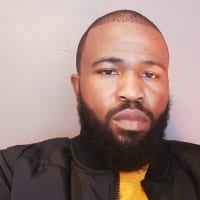
Gugulethu Hughes is a Procurement and Supply Chain professional with over a decade of experience in the supply chain field across different sectors. He is currently involved with Cambridge Capital focusing on Deal Sourcing, targeting Africa-based logistics companies that meet requisite EBITDA. He is interested in enhancing collaboration between African companies in the supply chain field and broader value chain while connecting start-ups with opportunities for scaling operations and reach.
